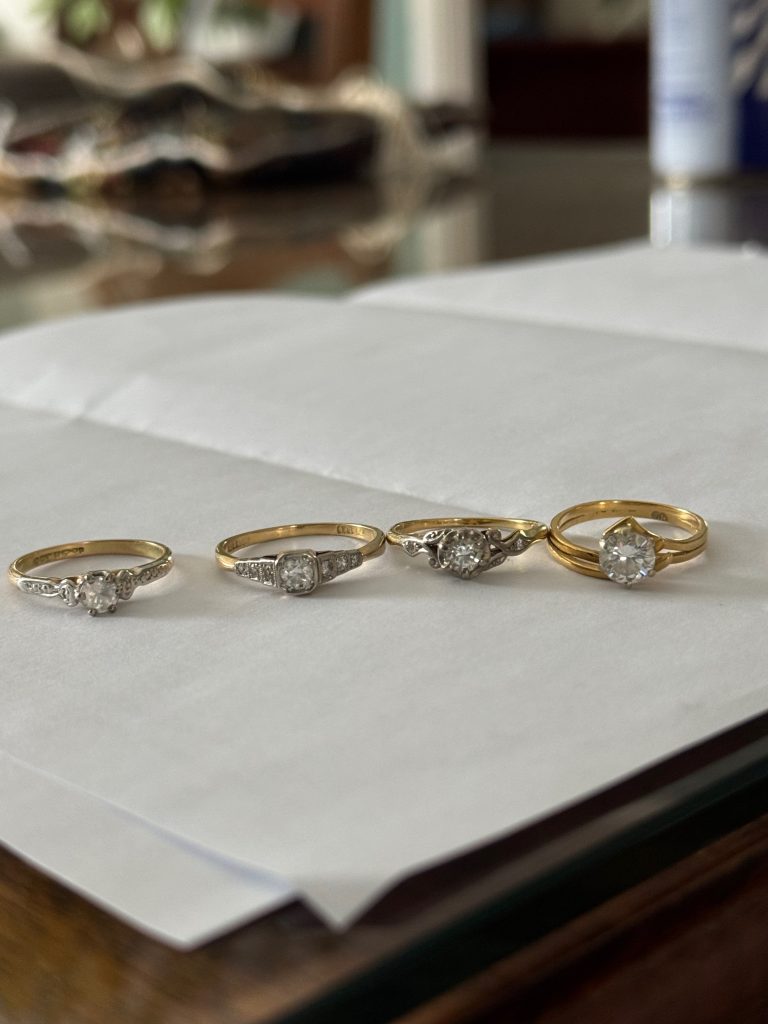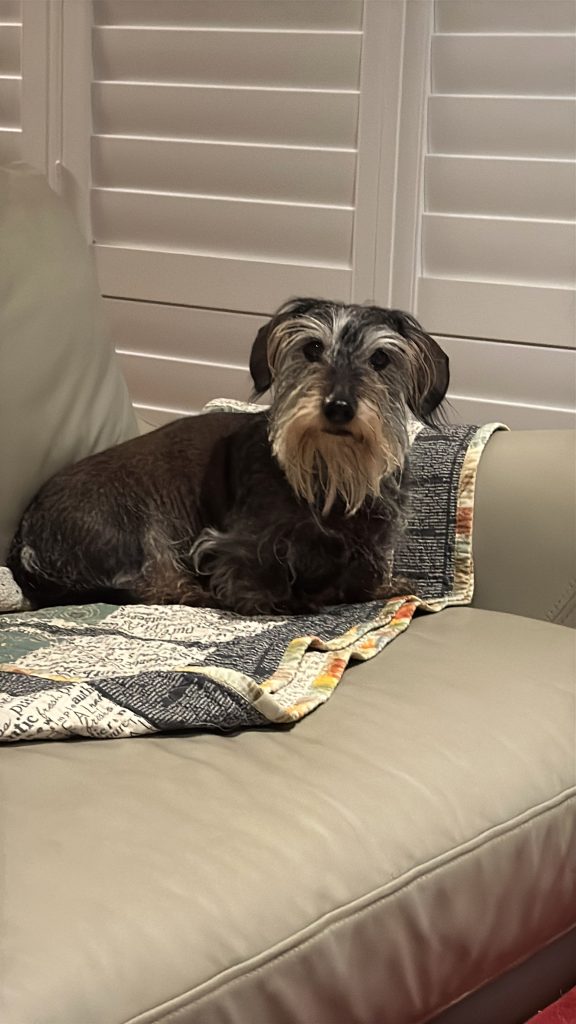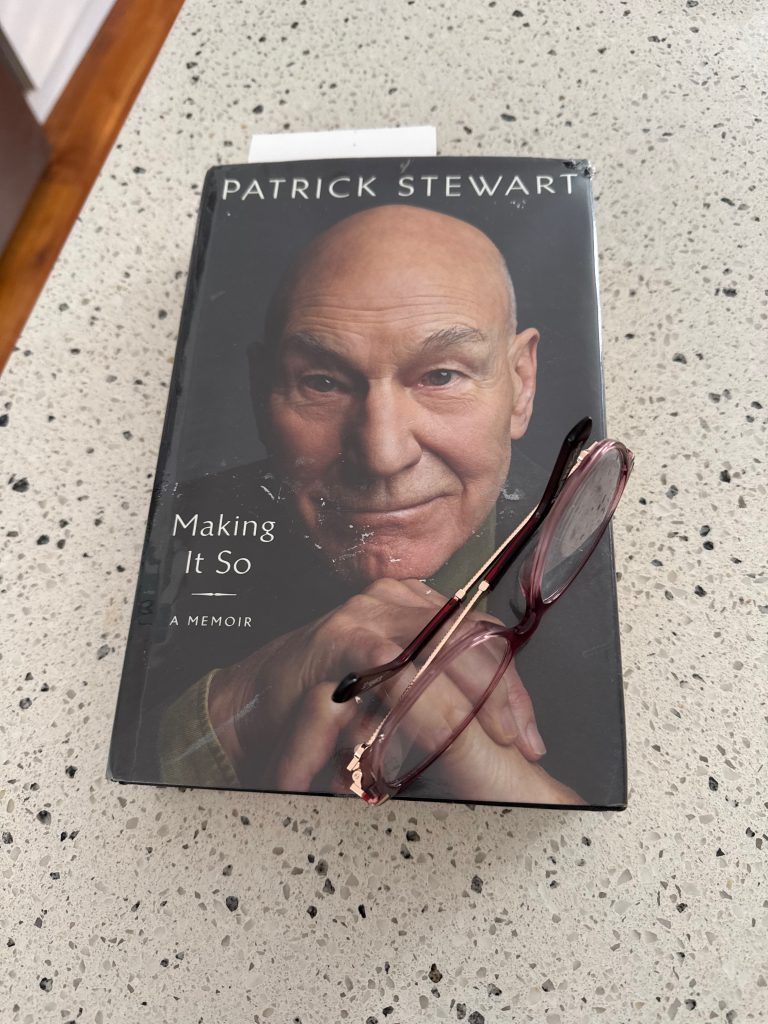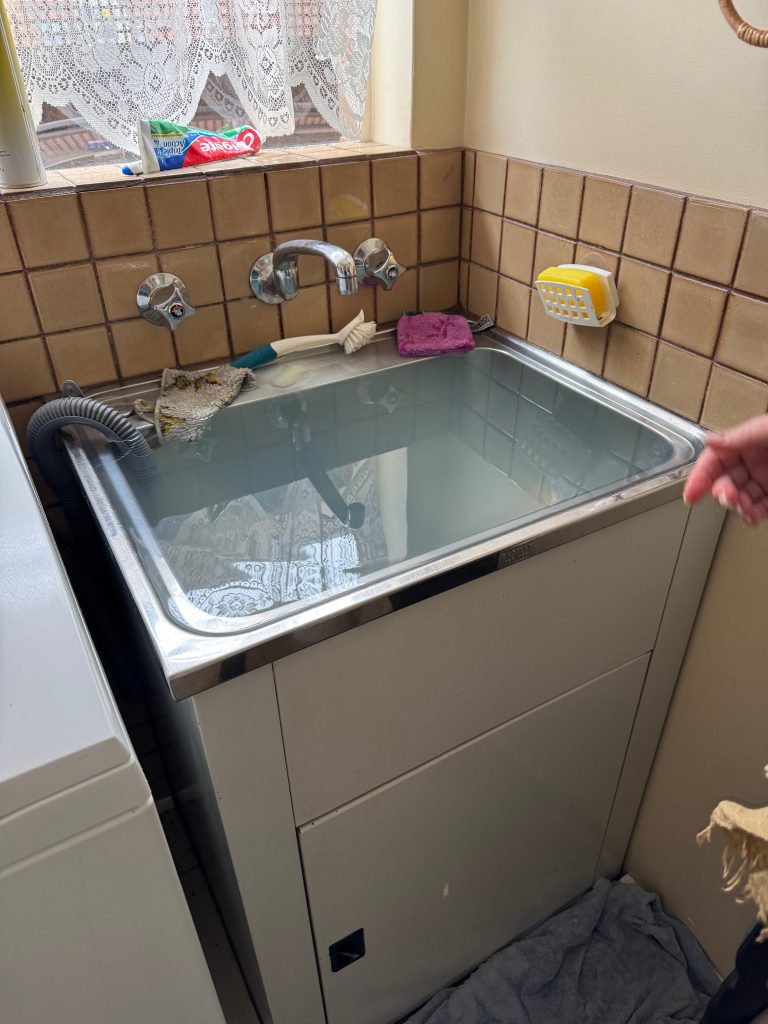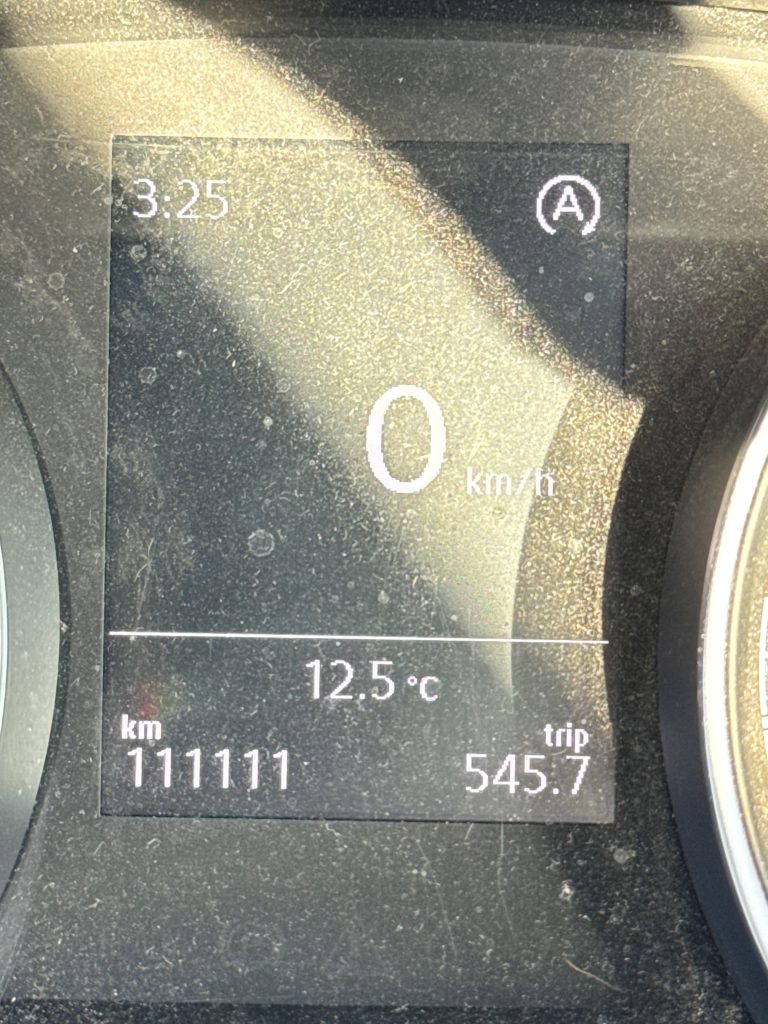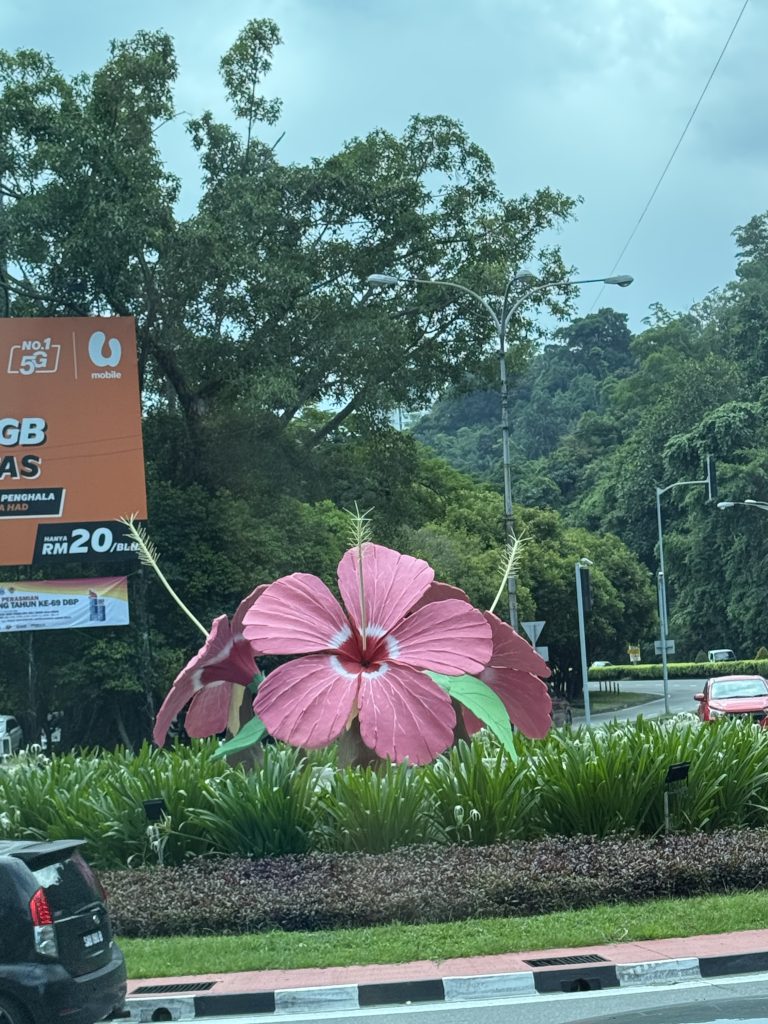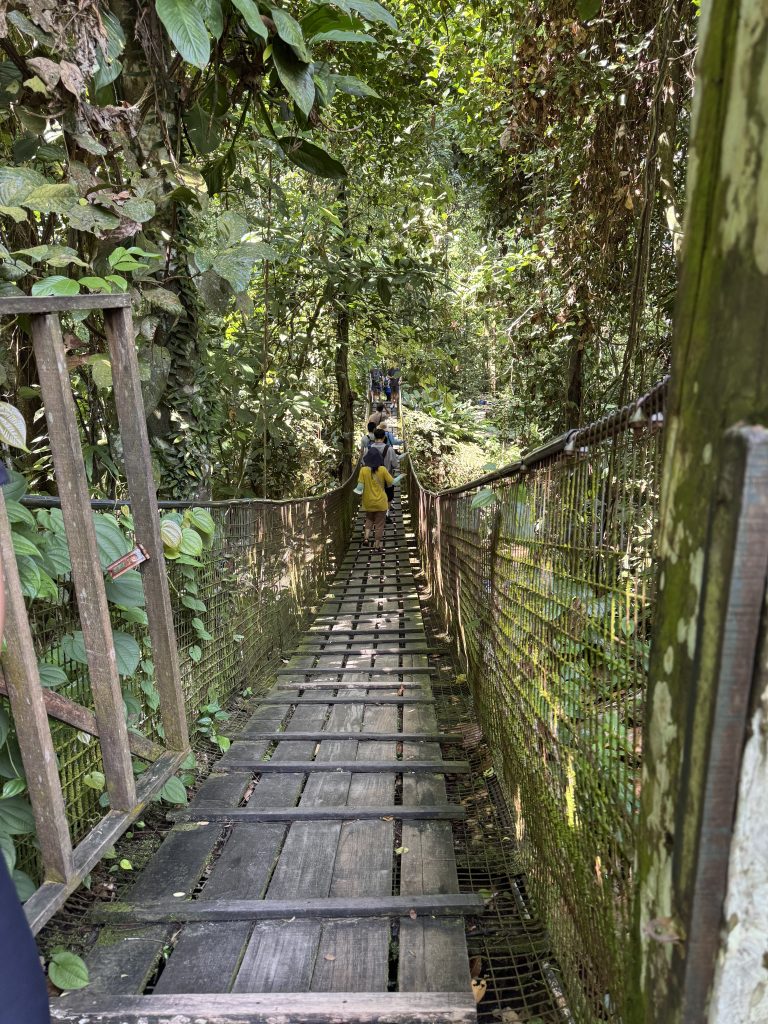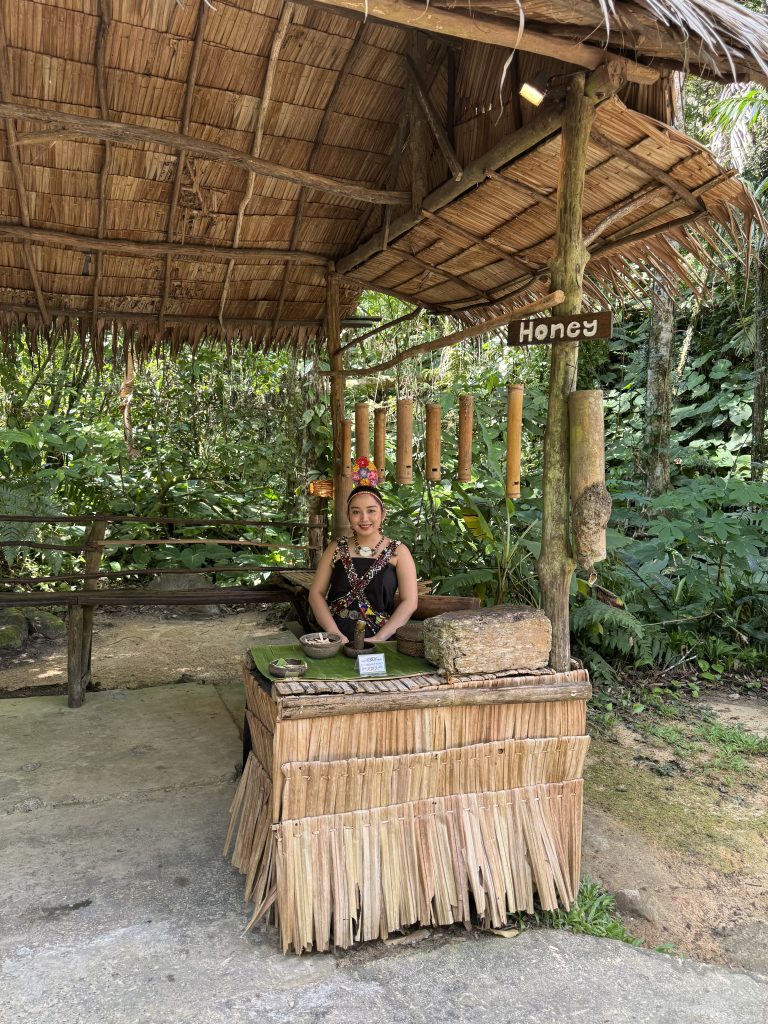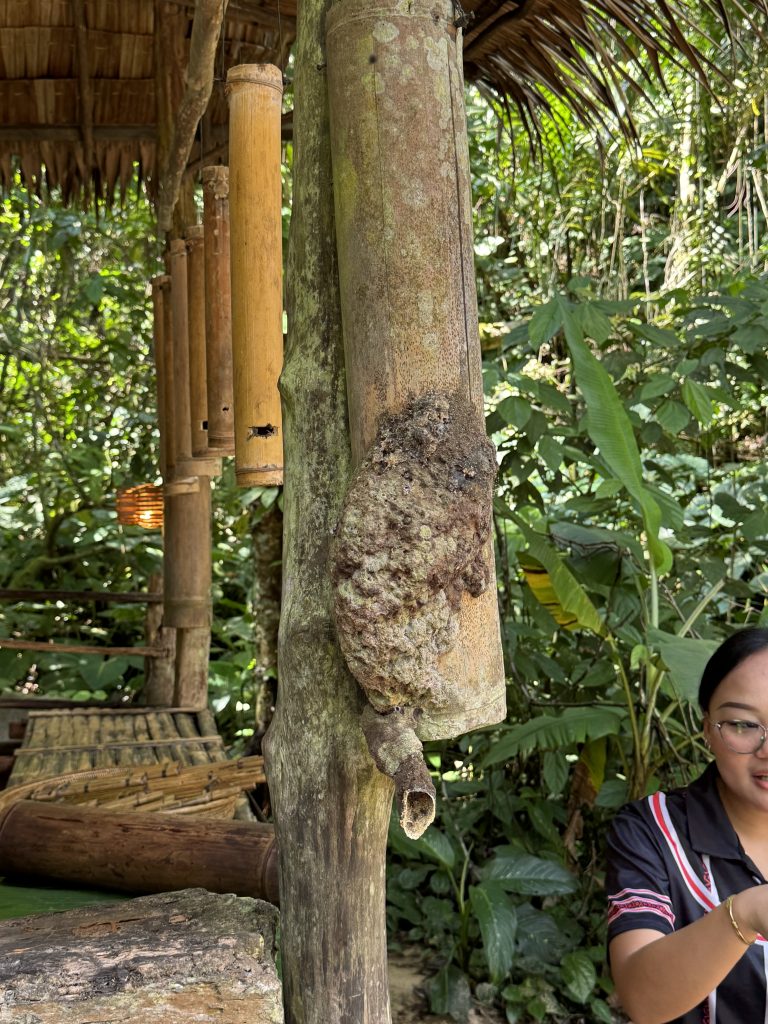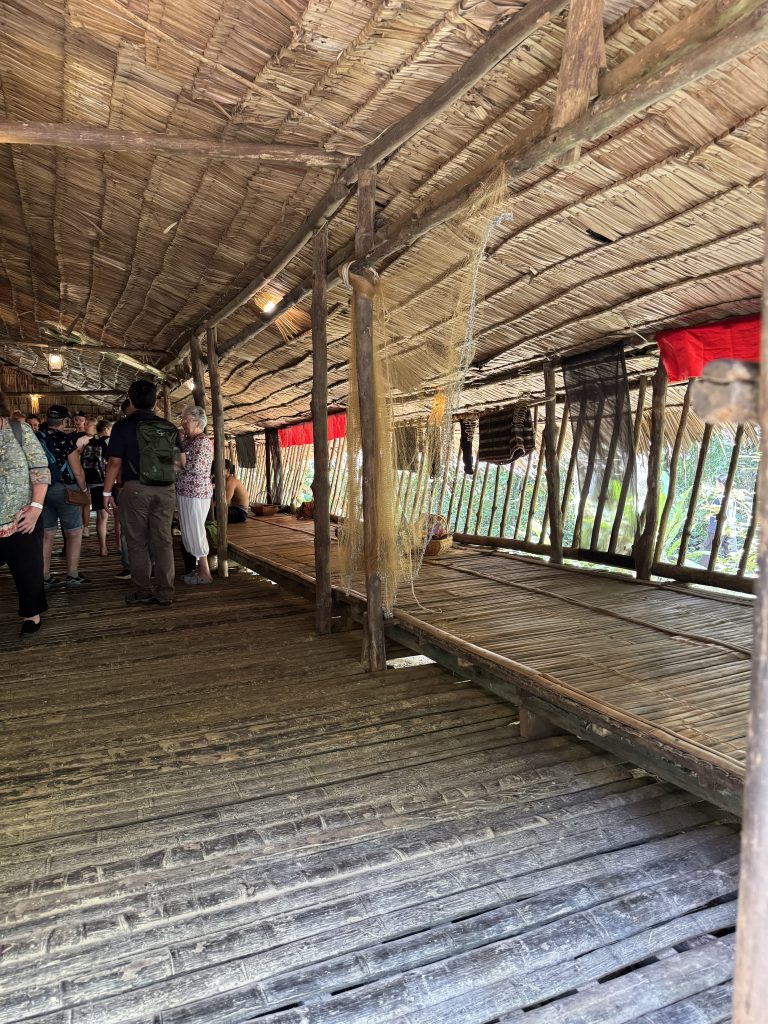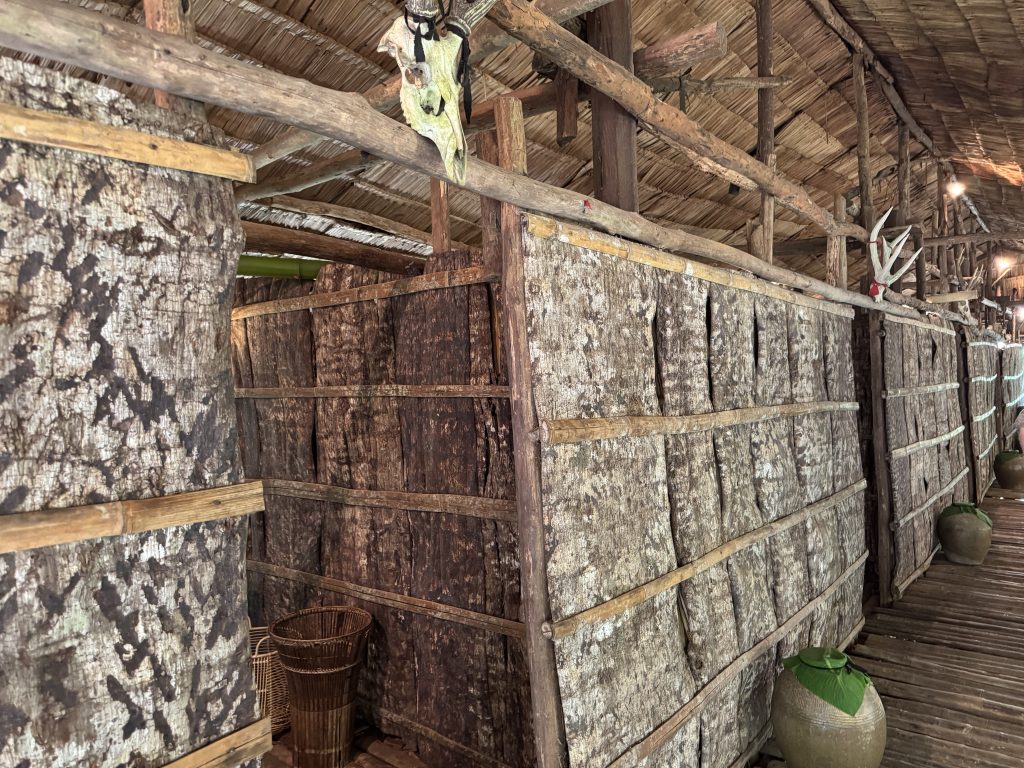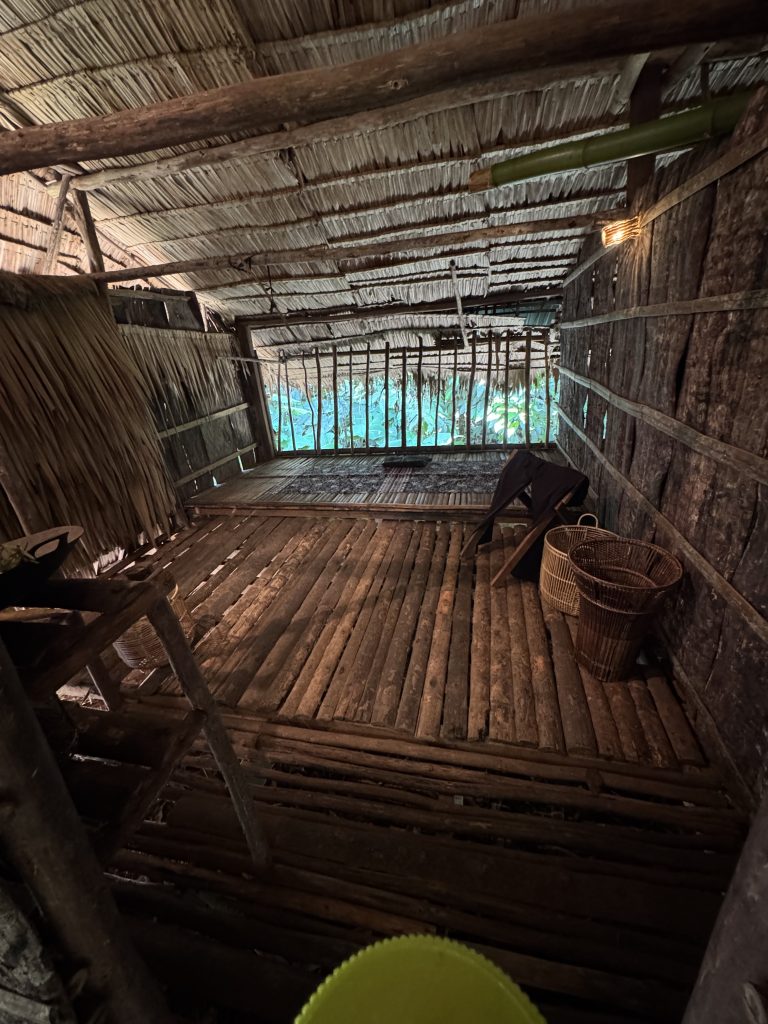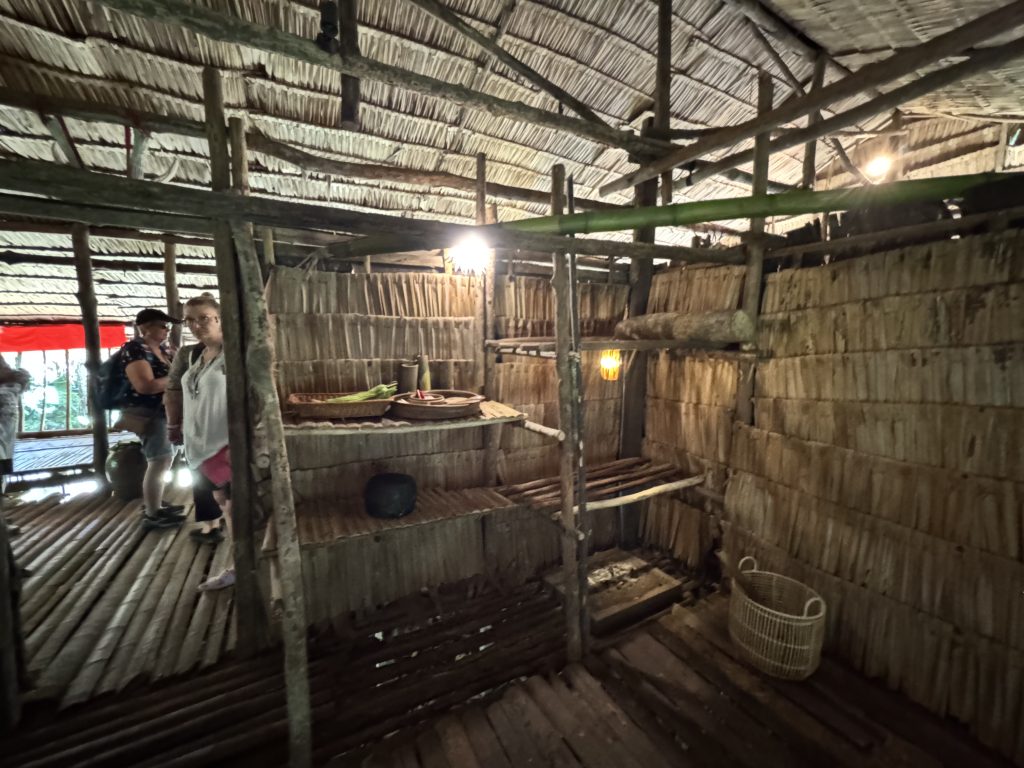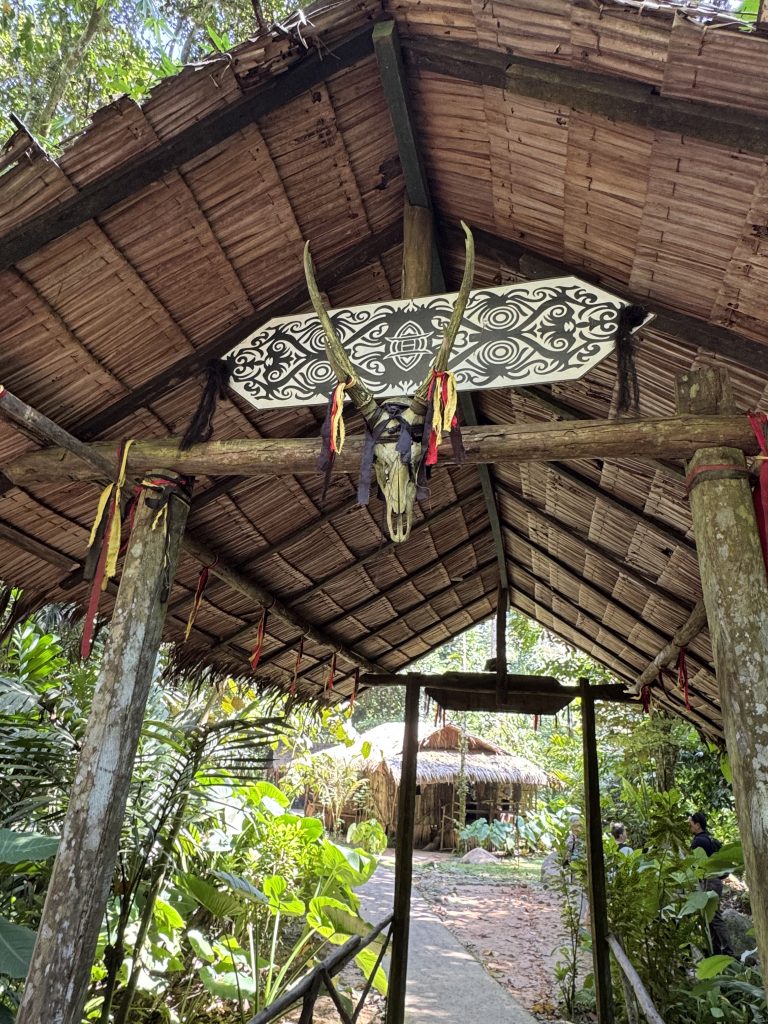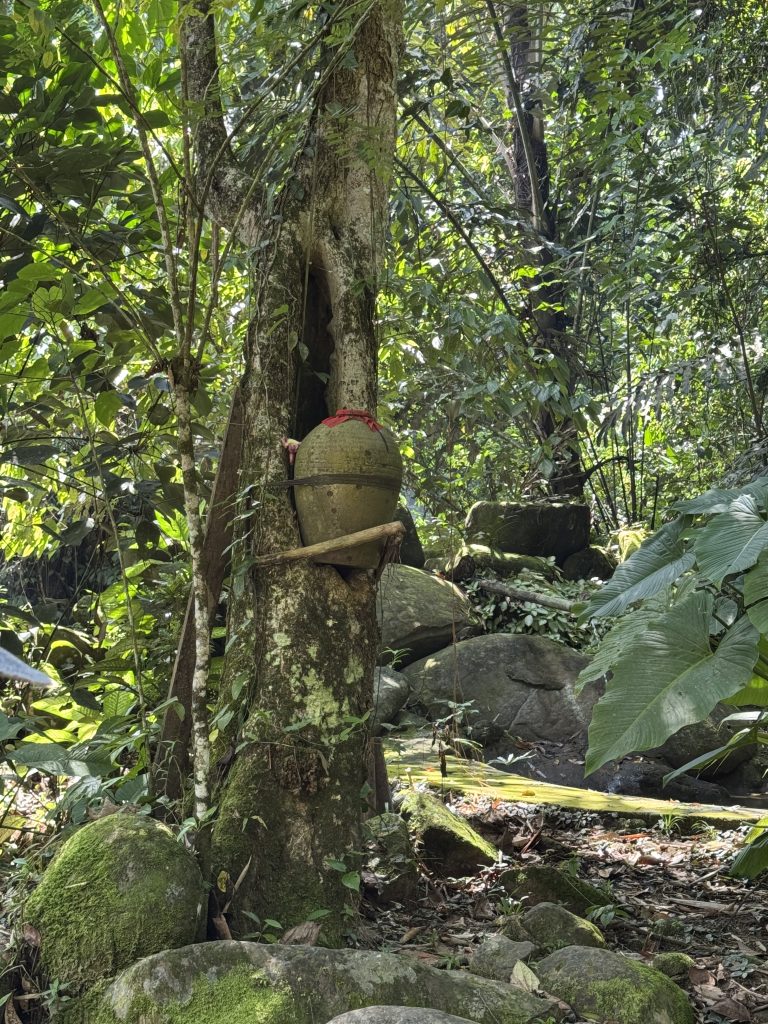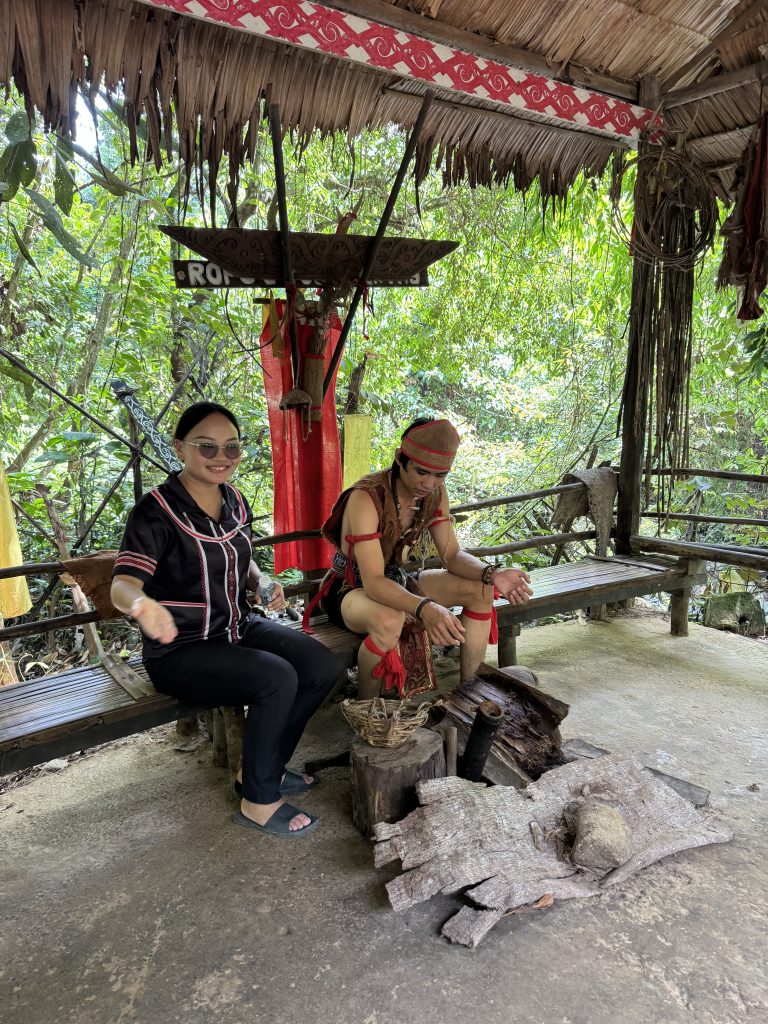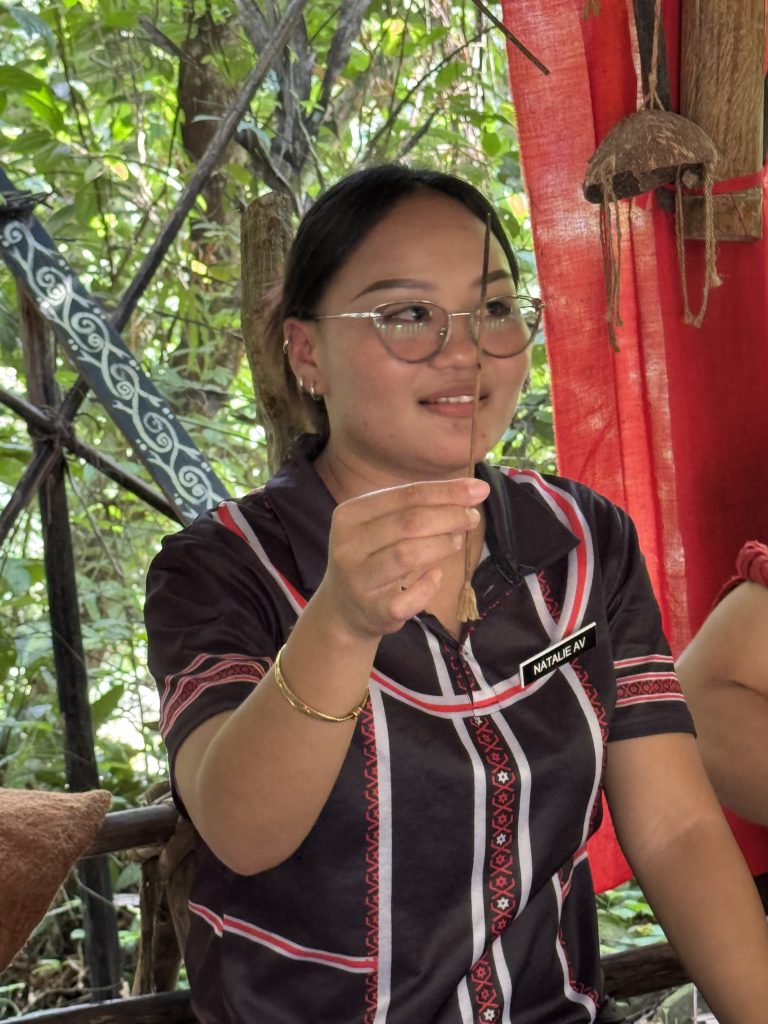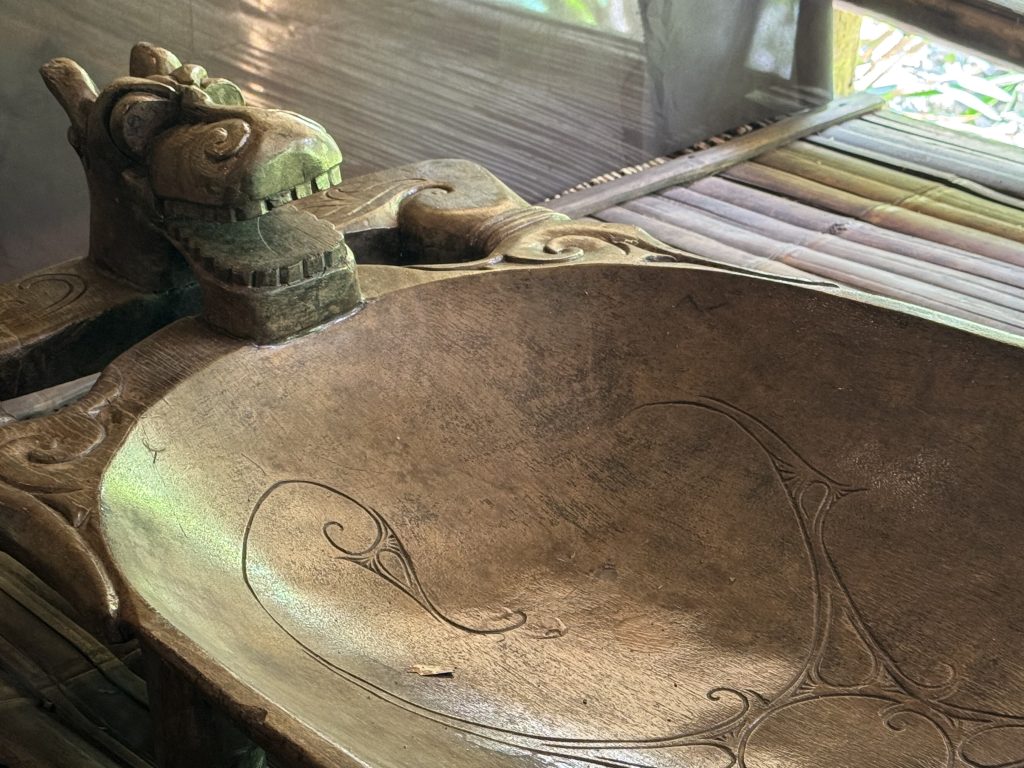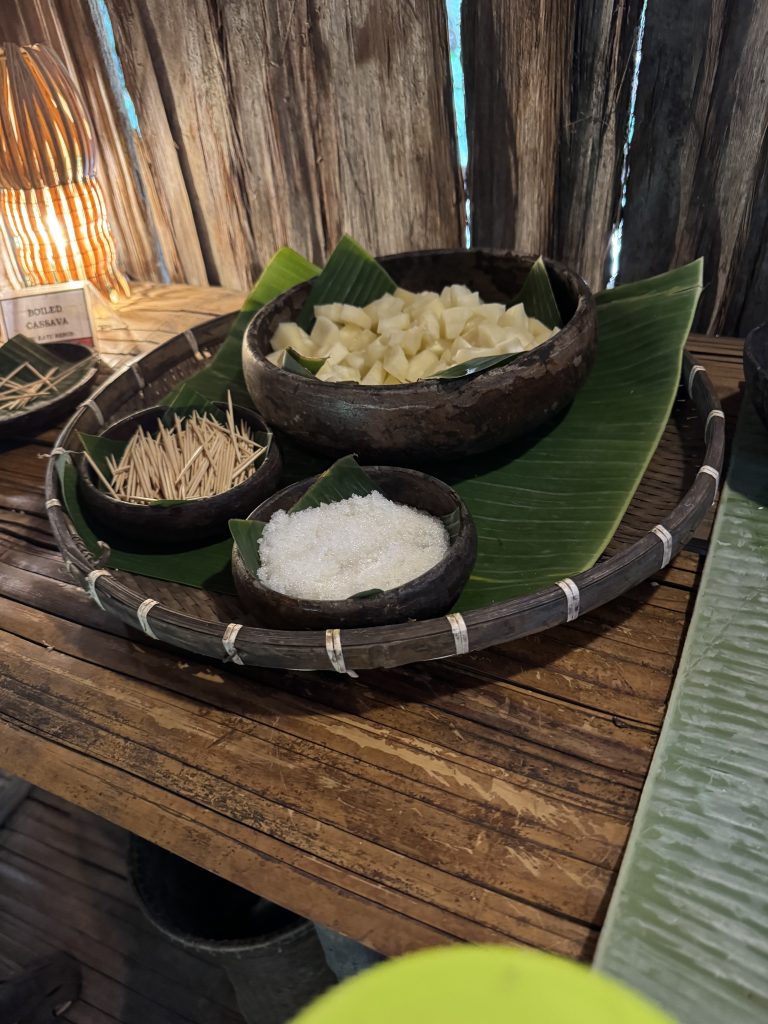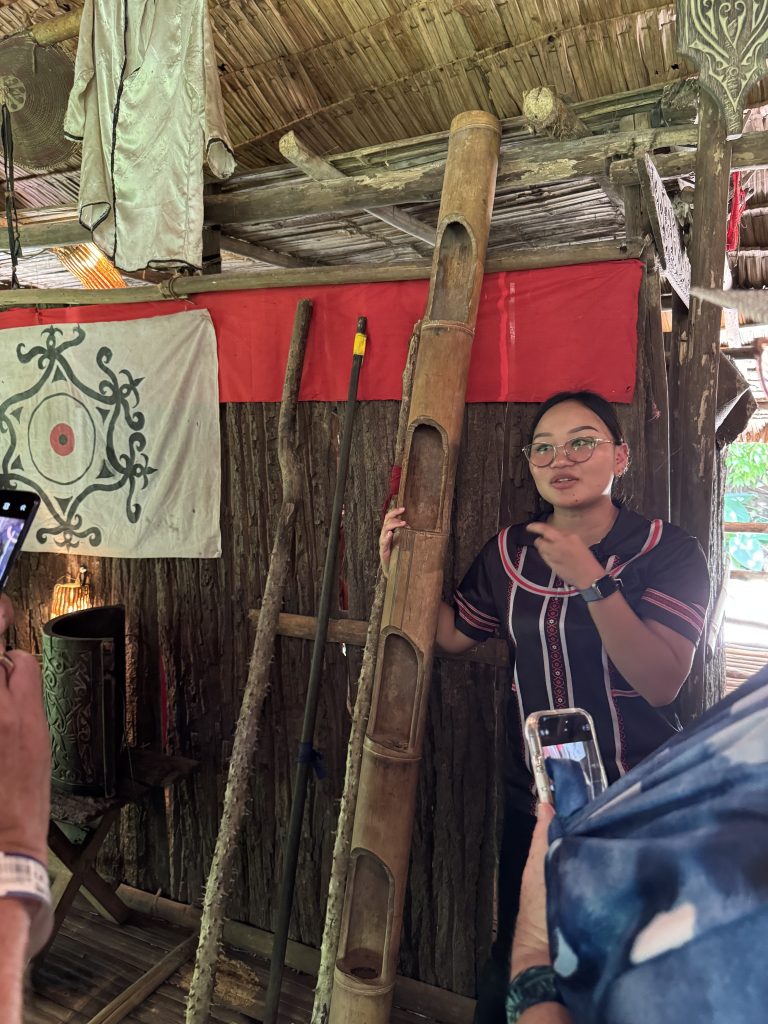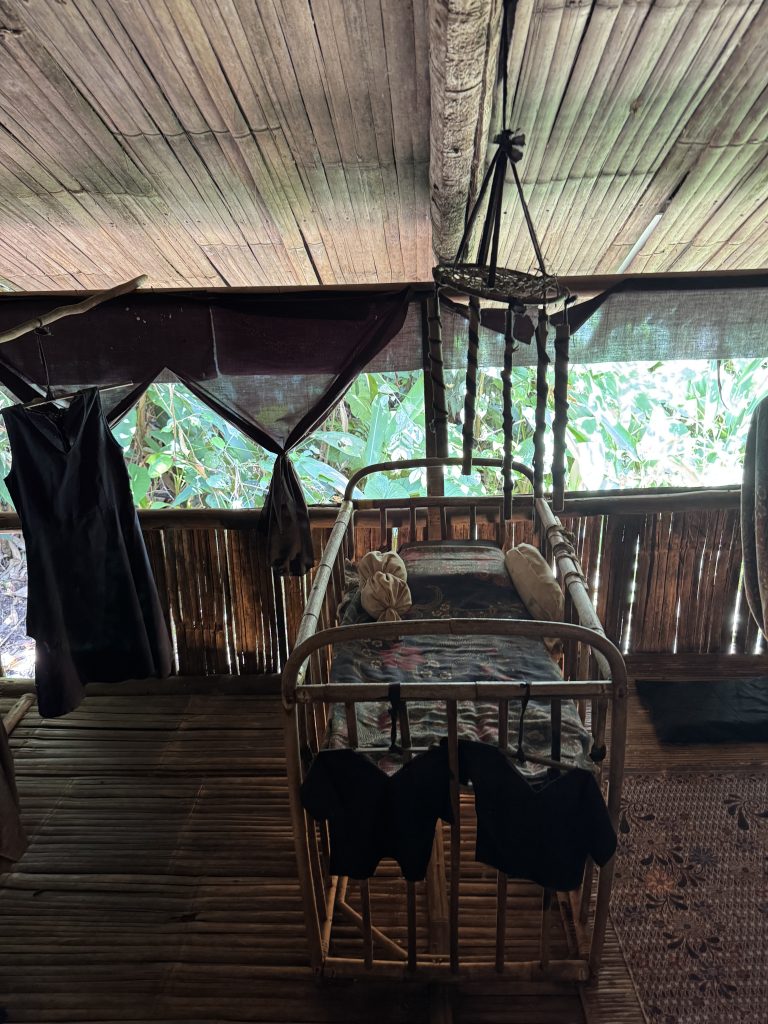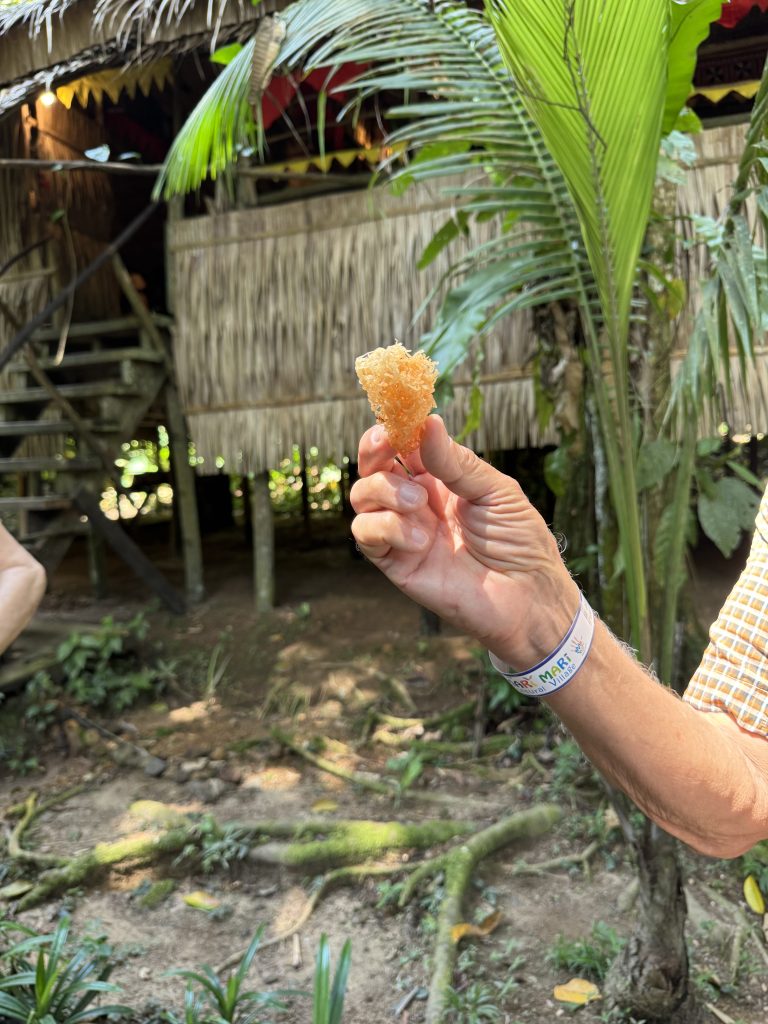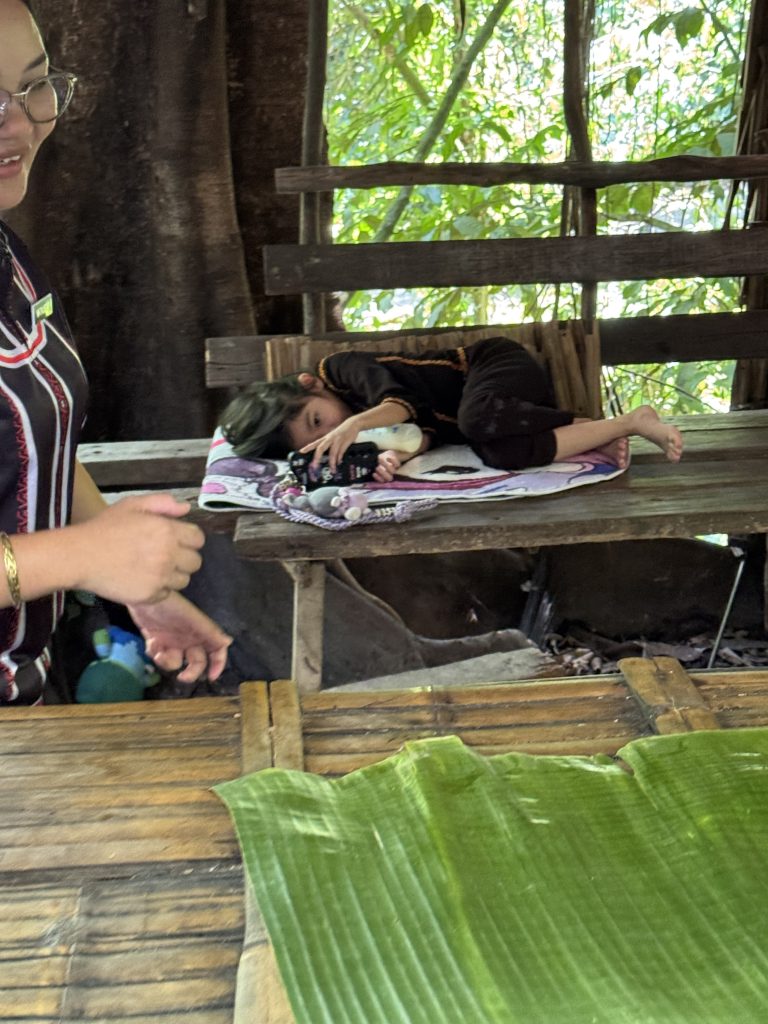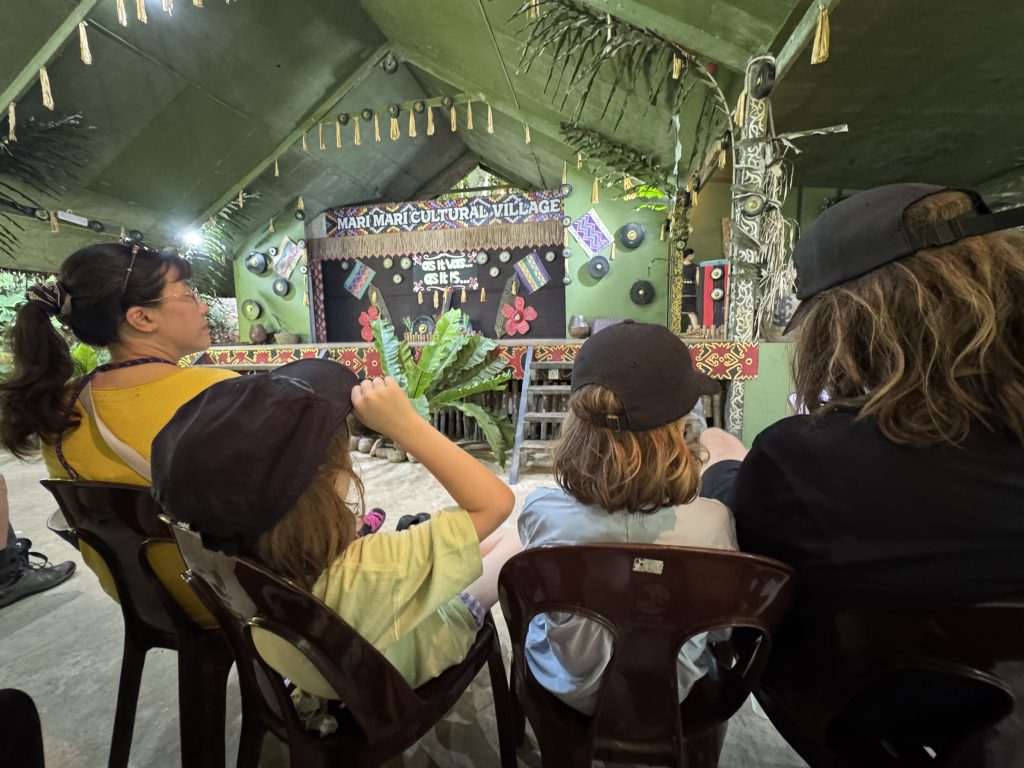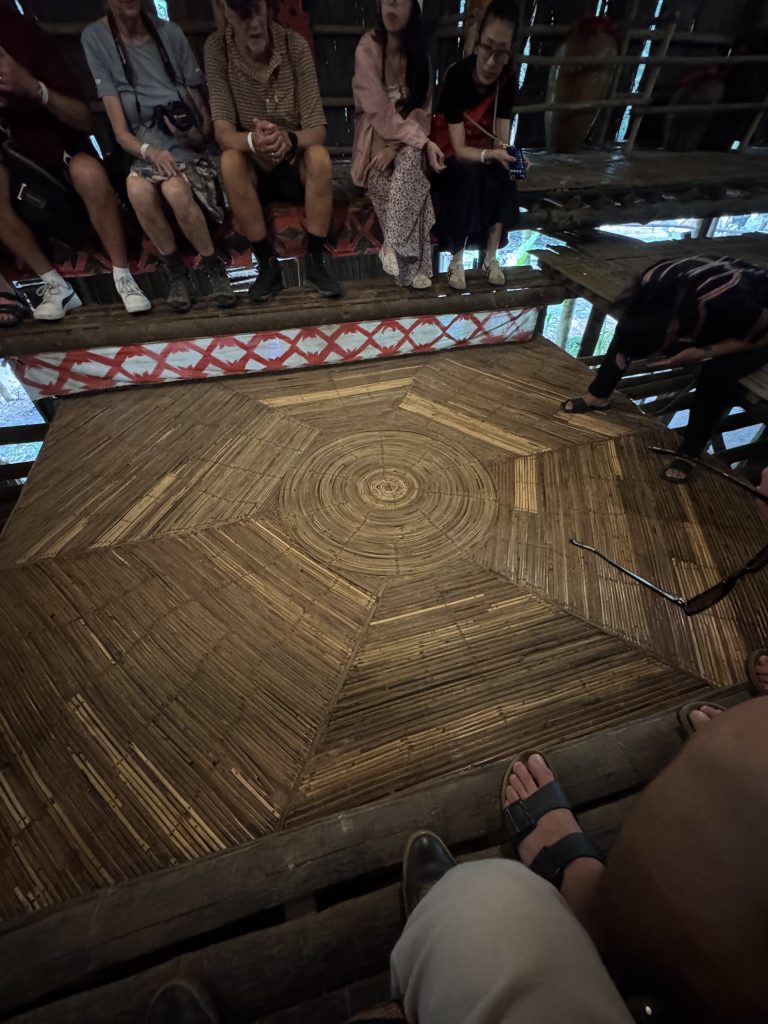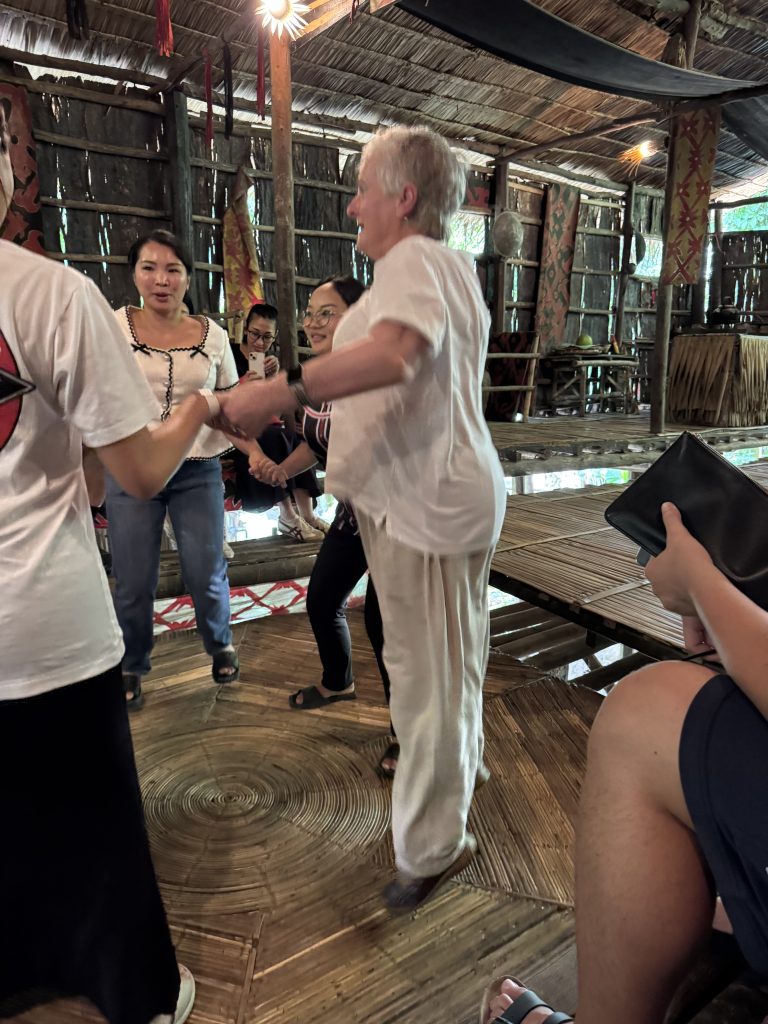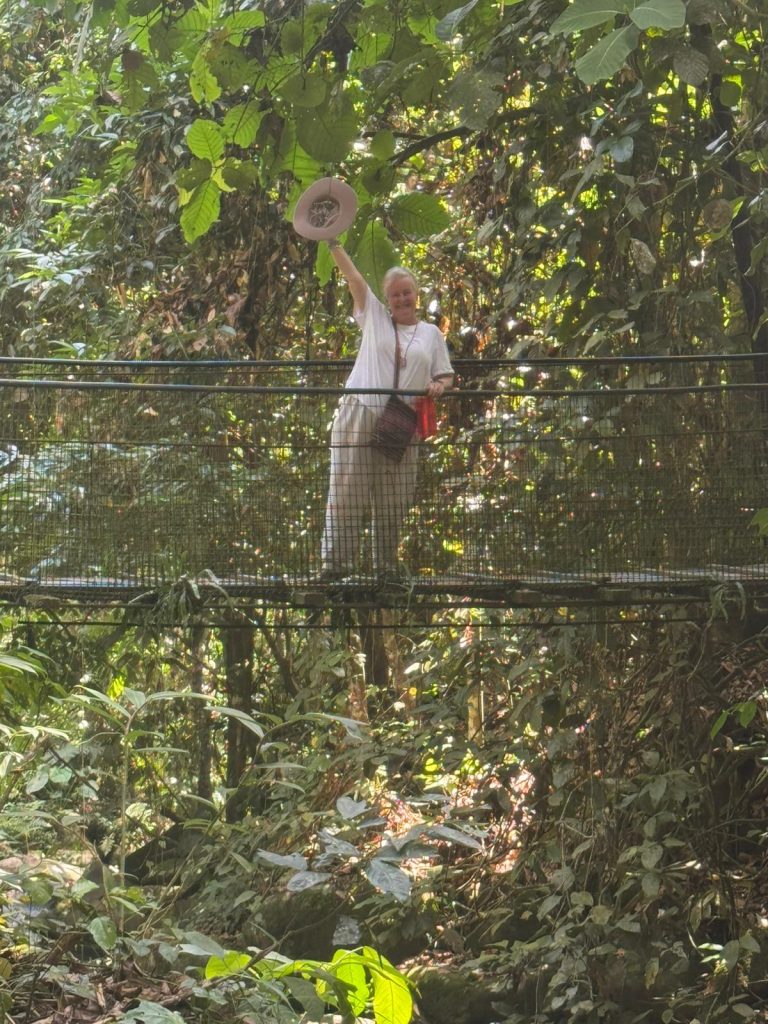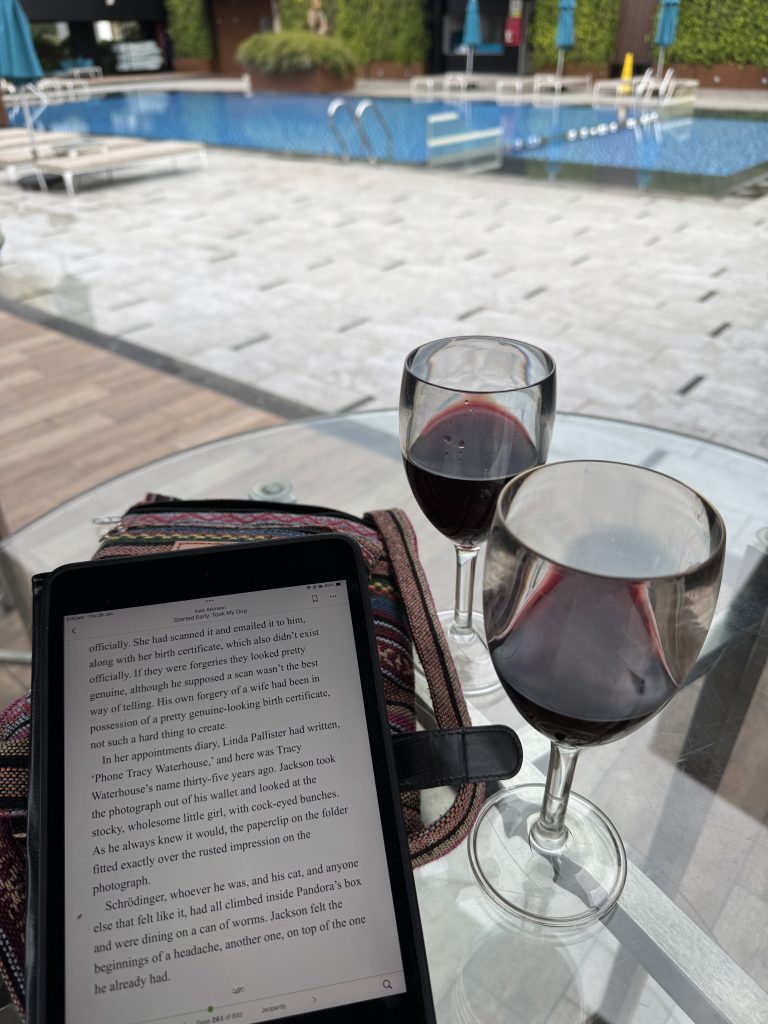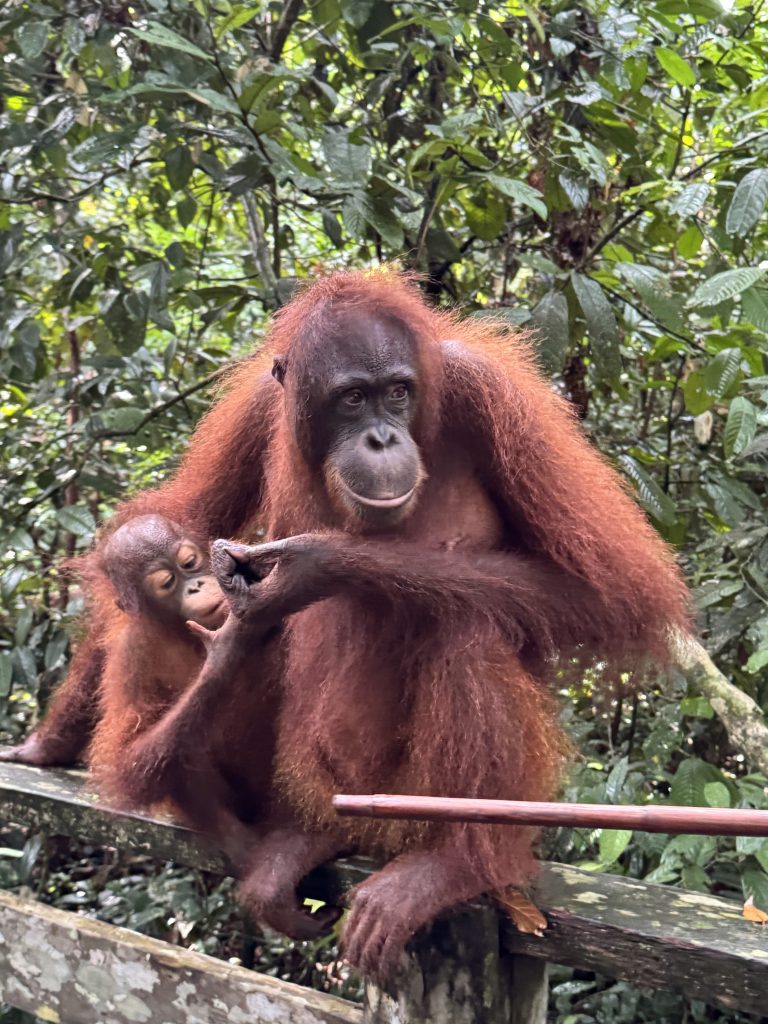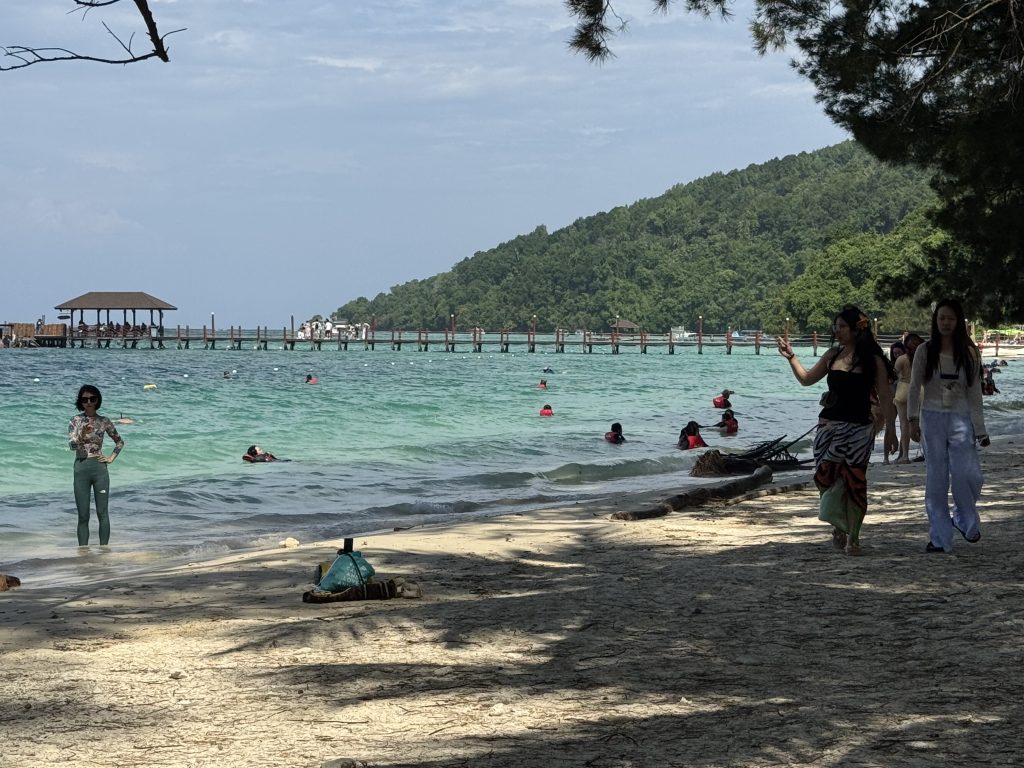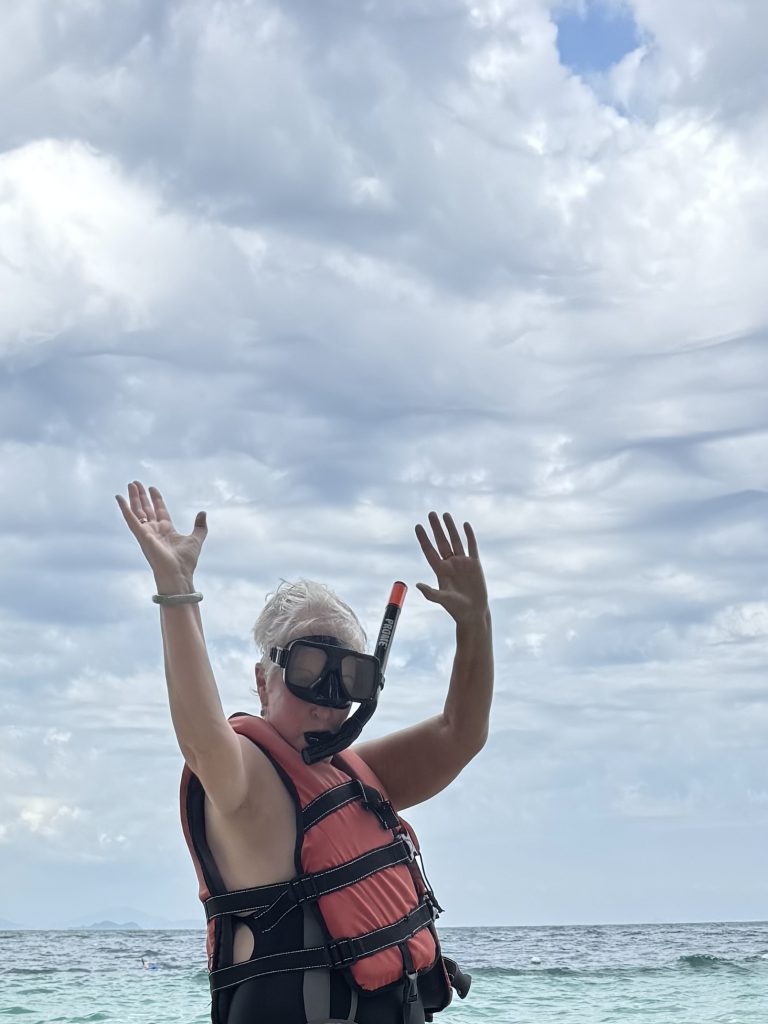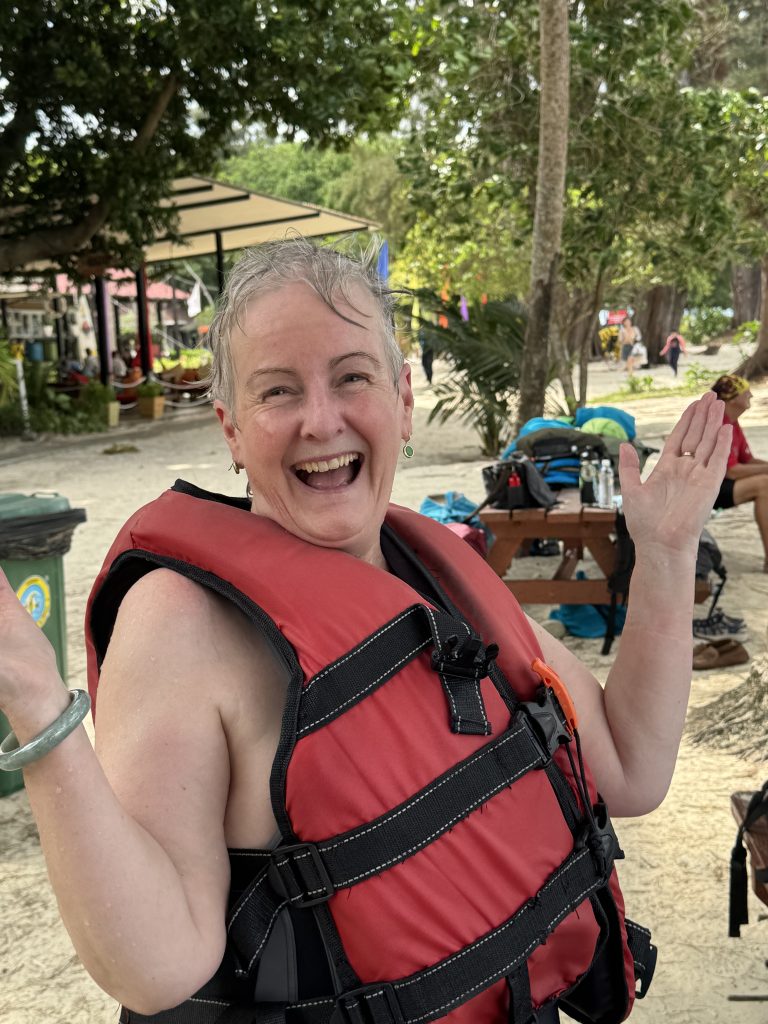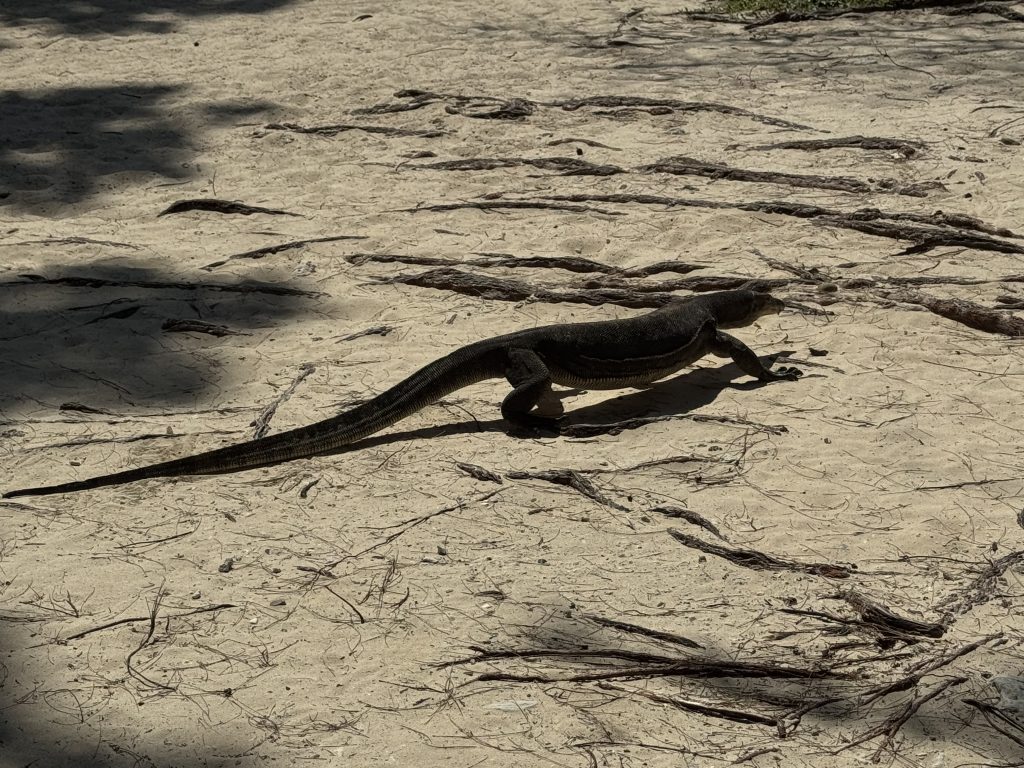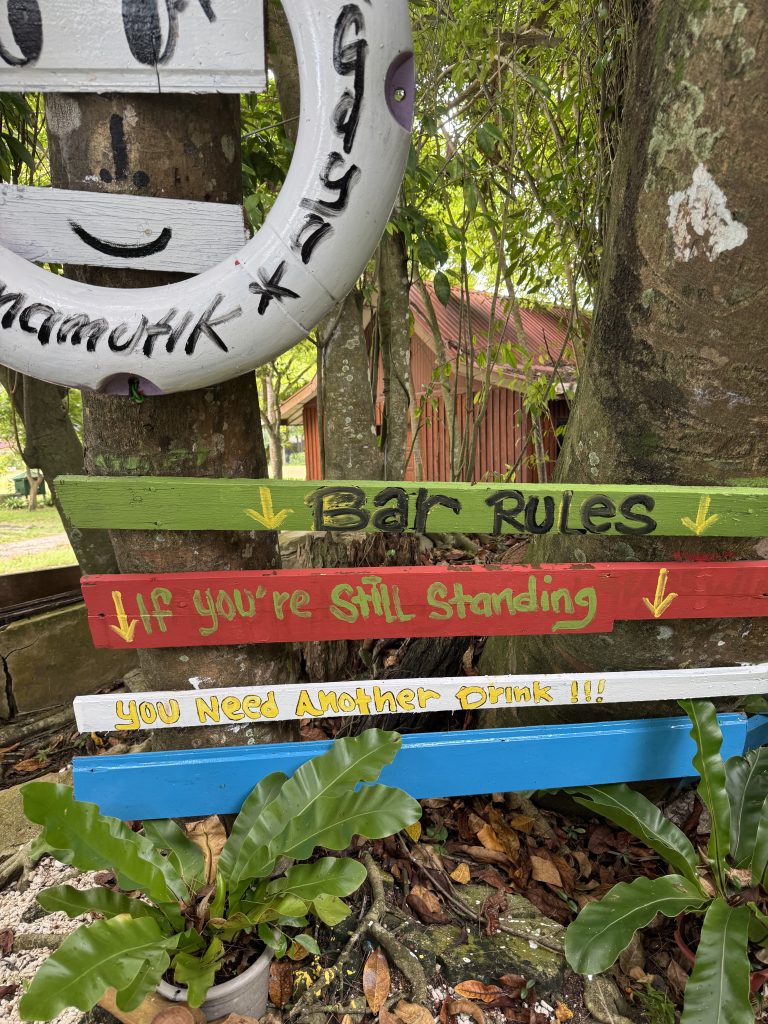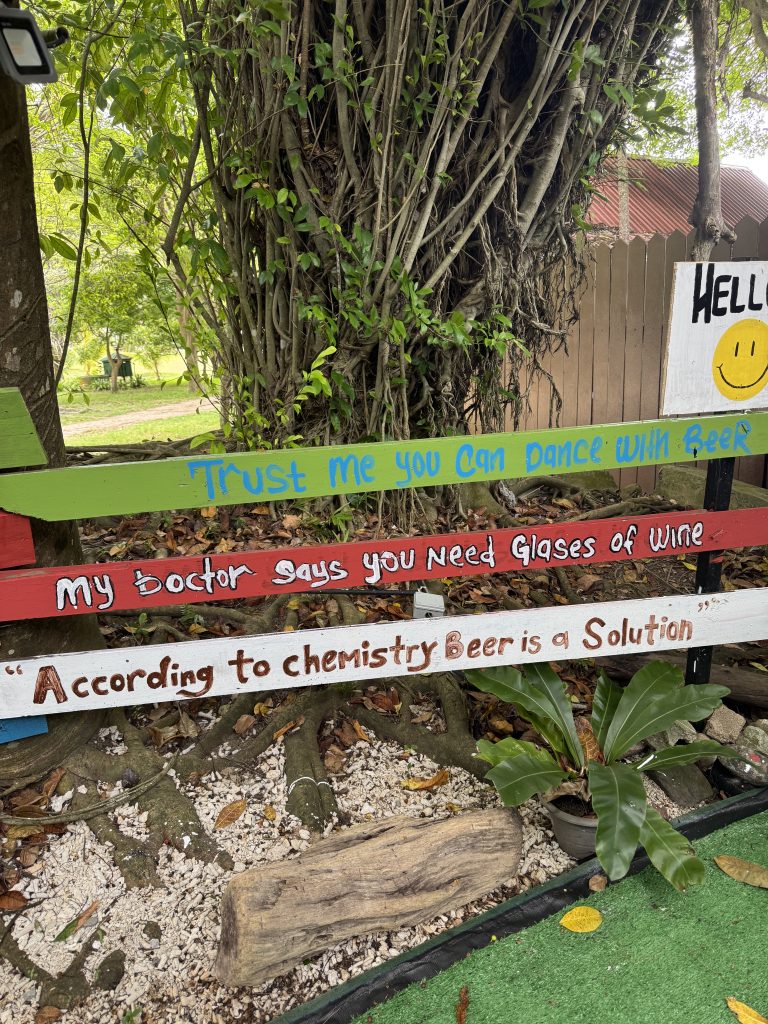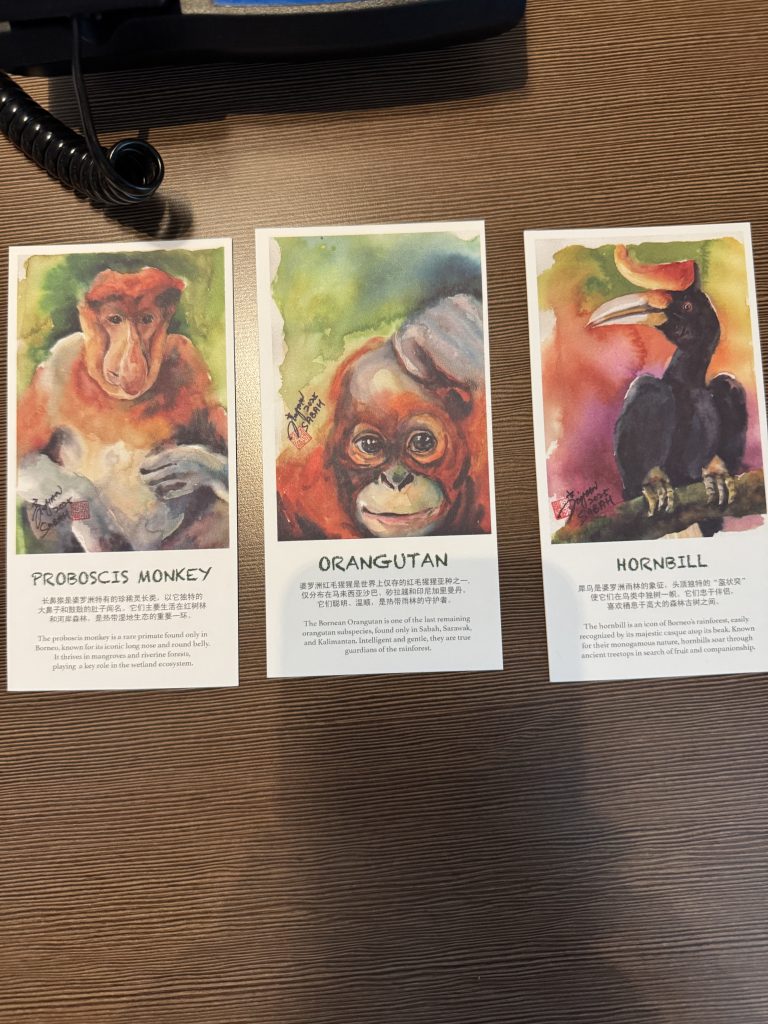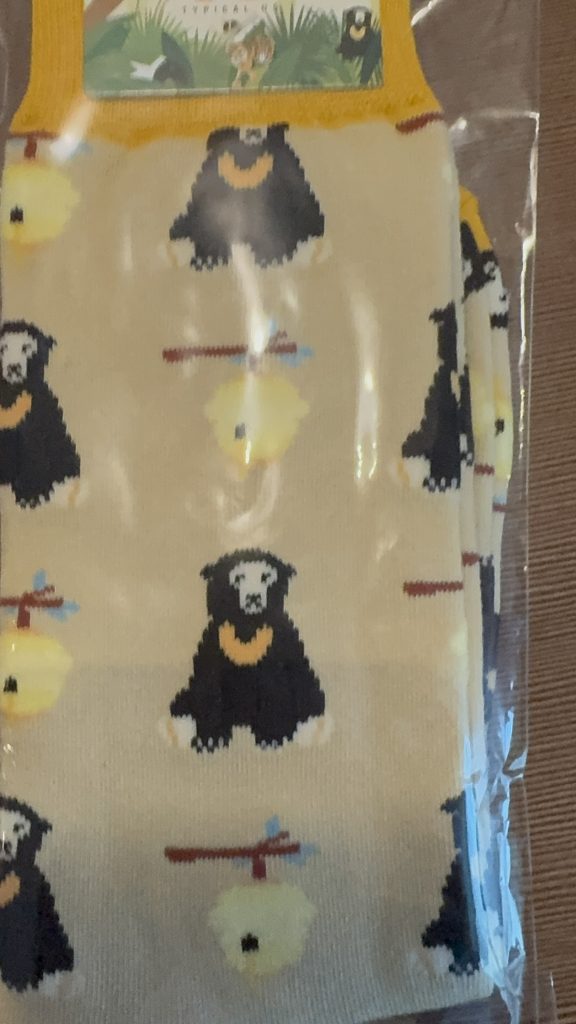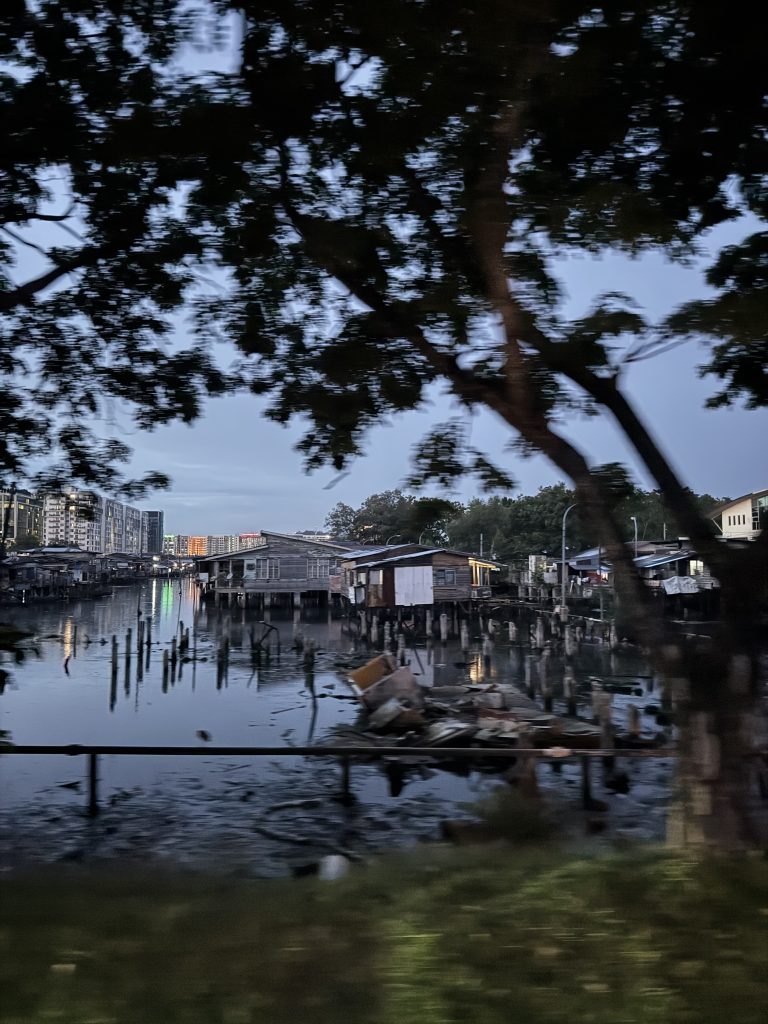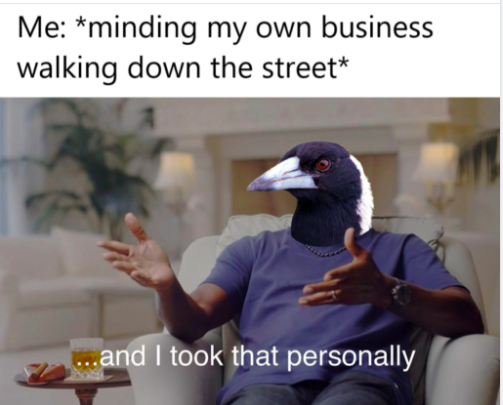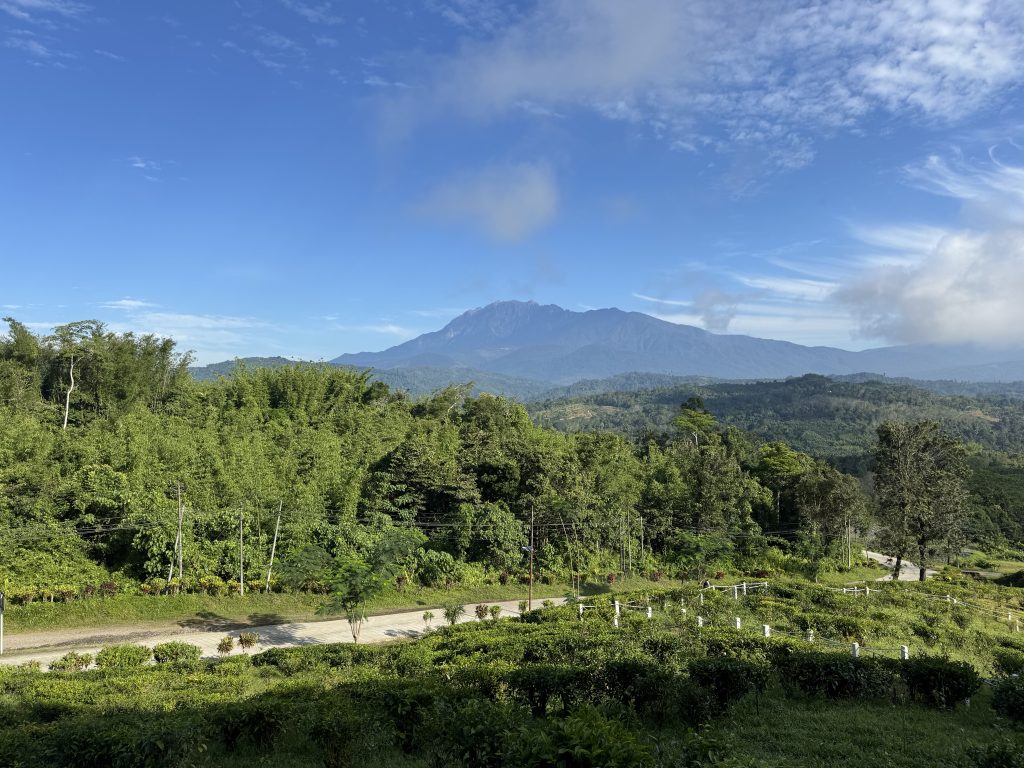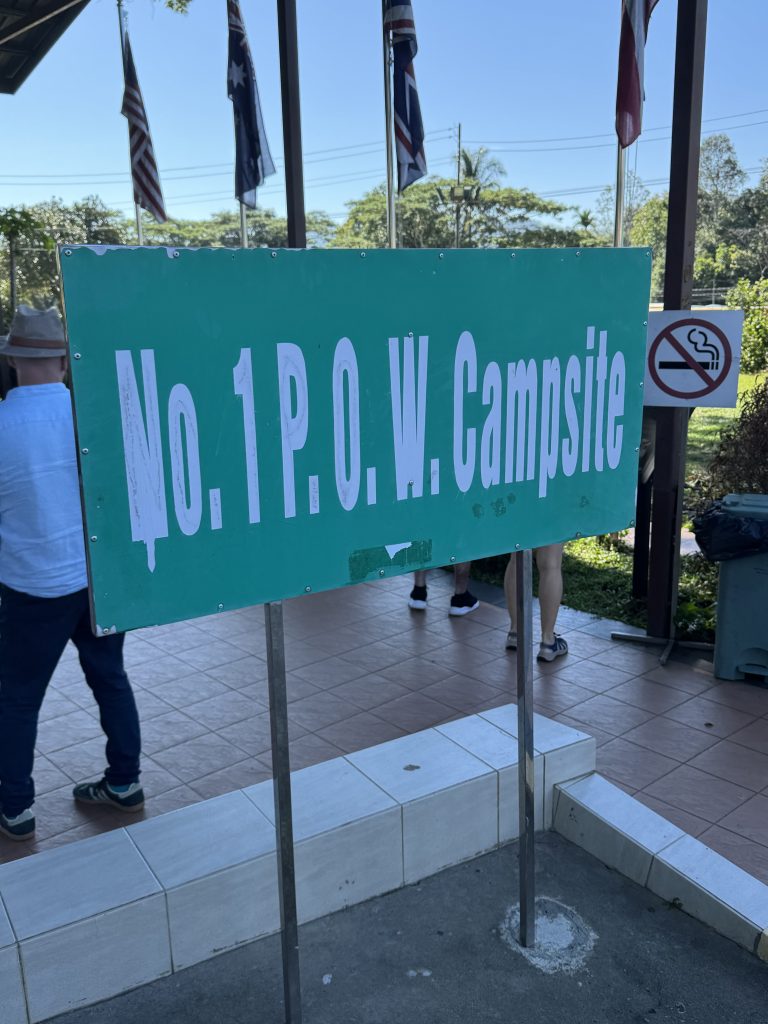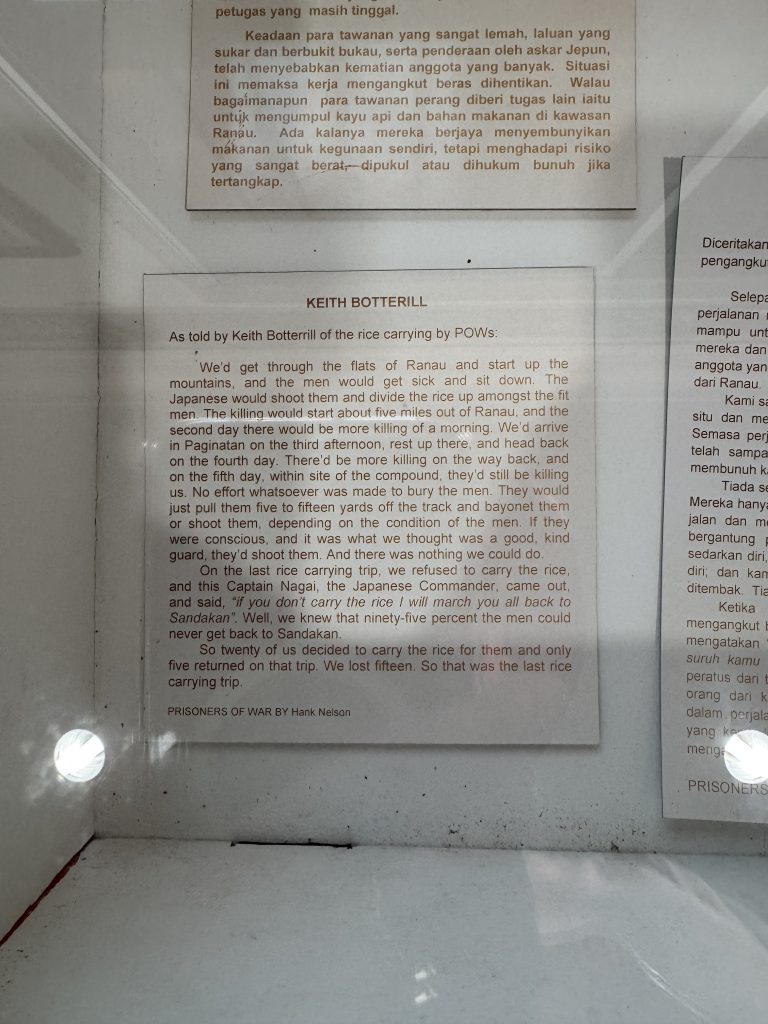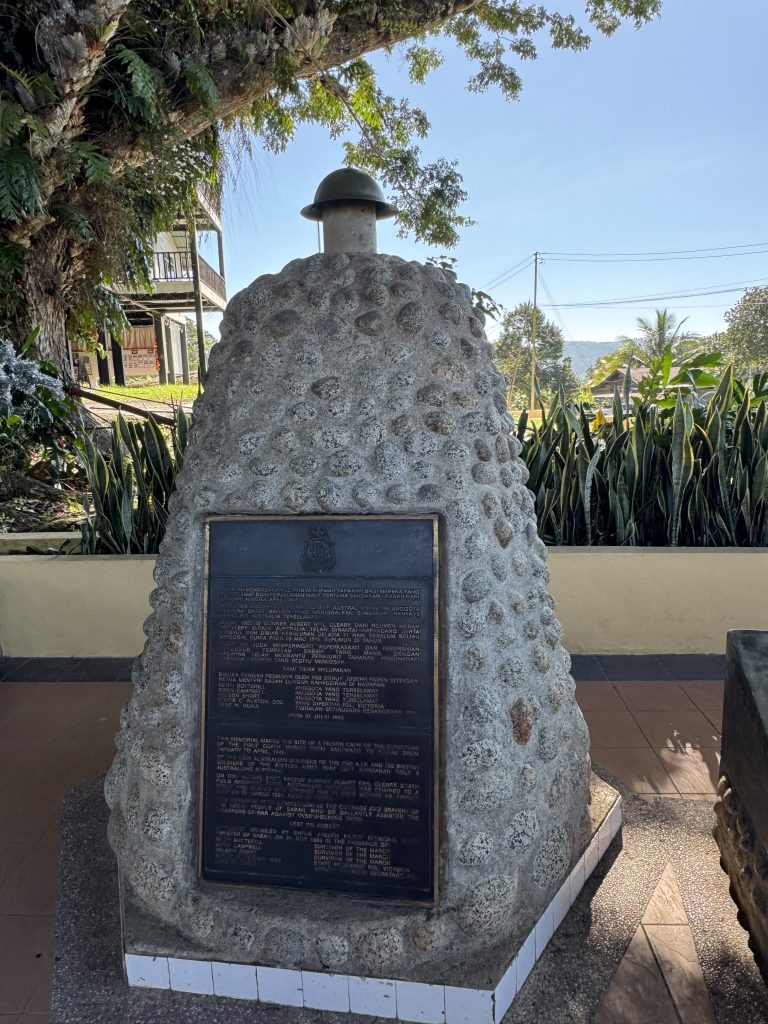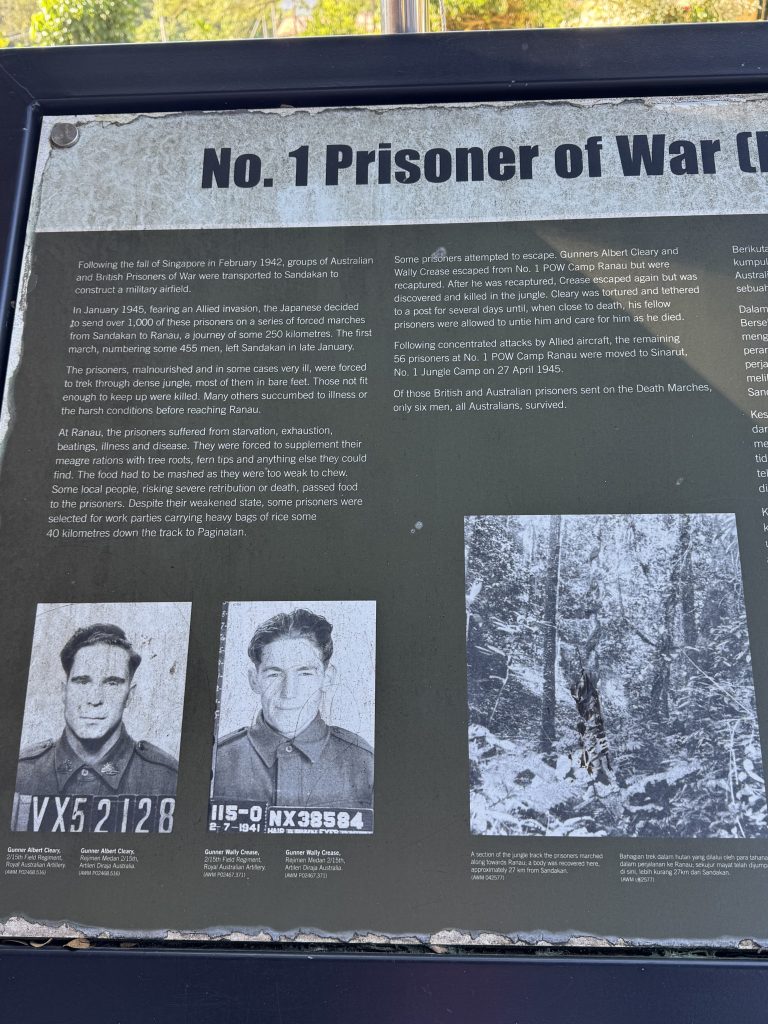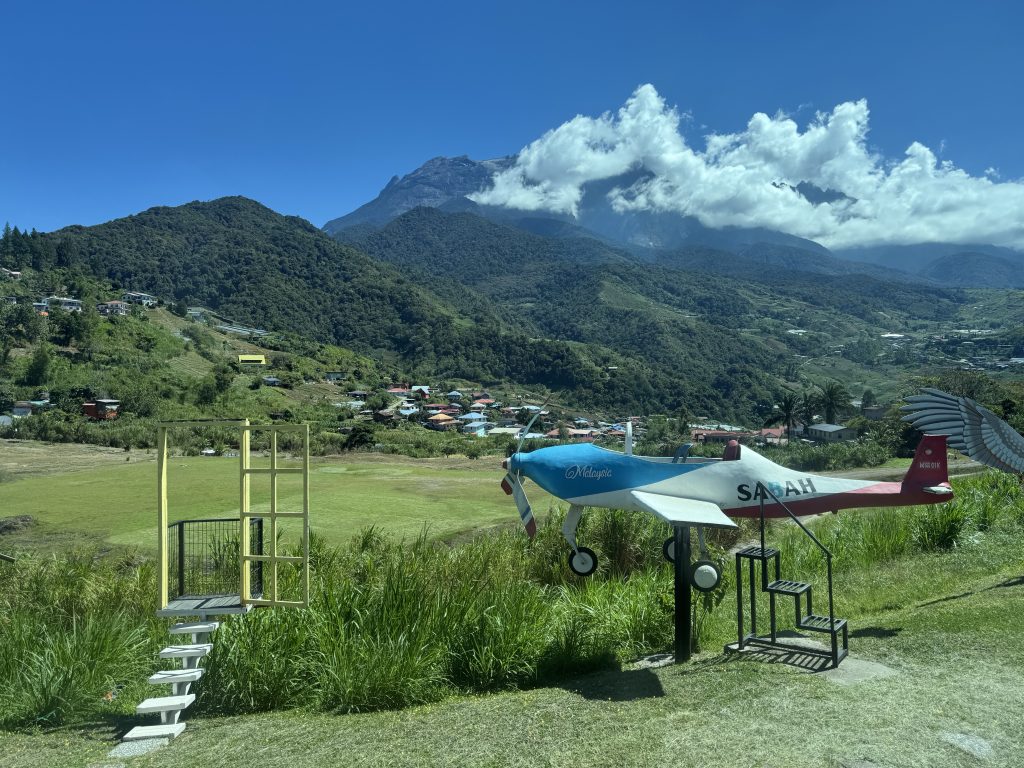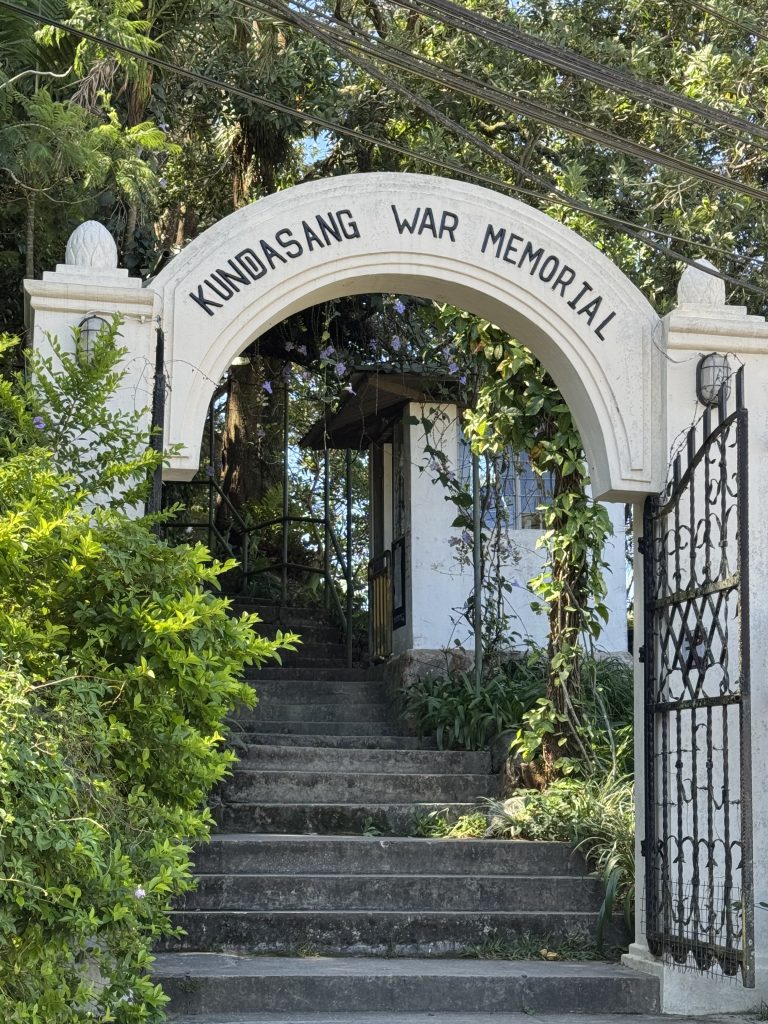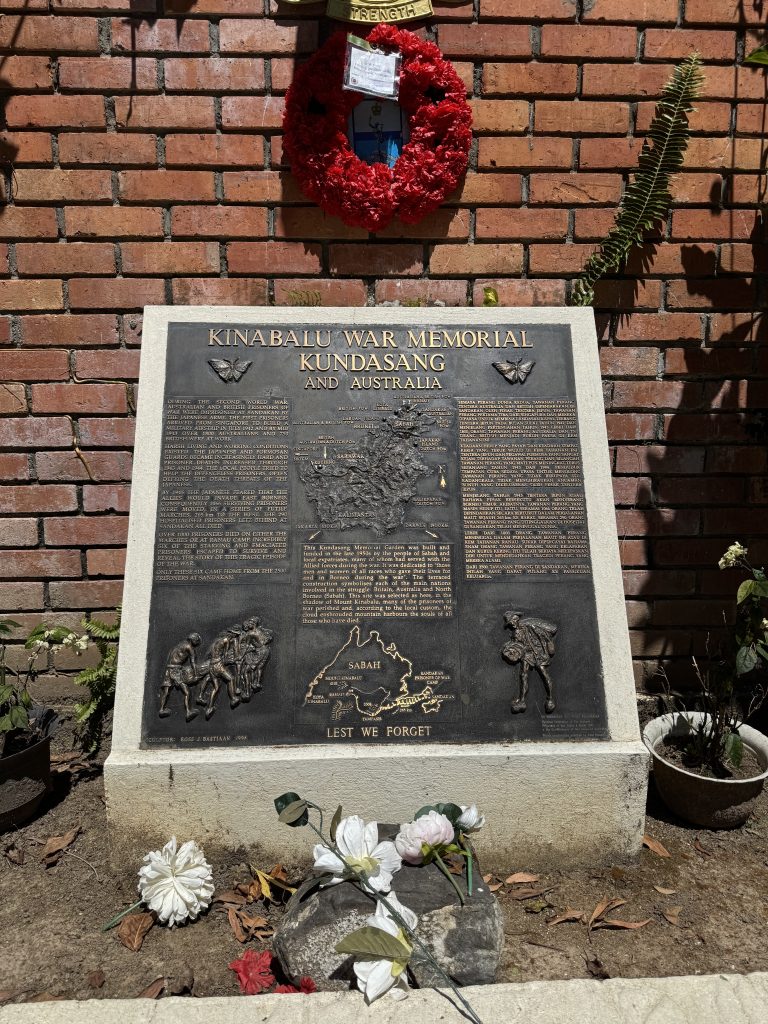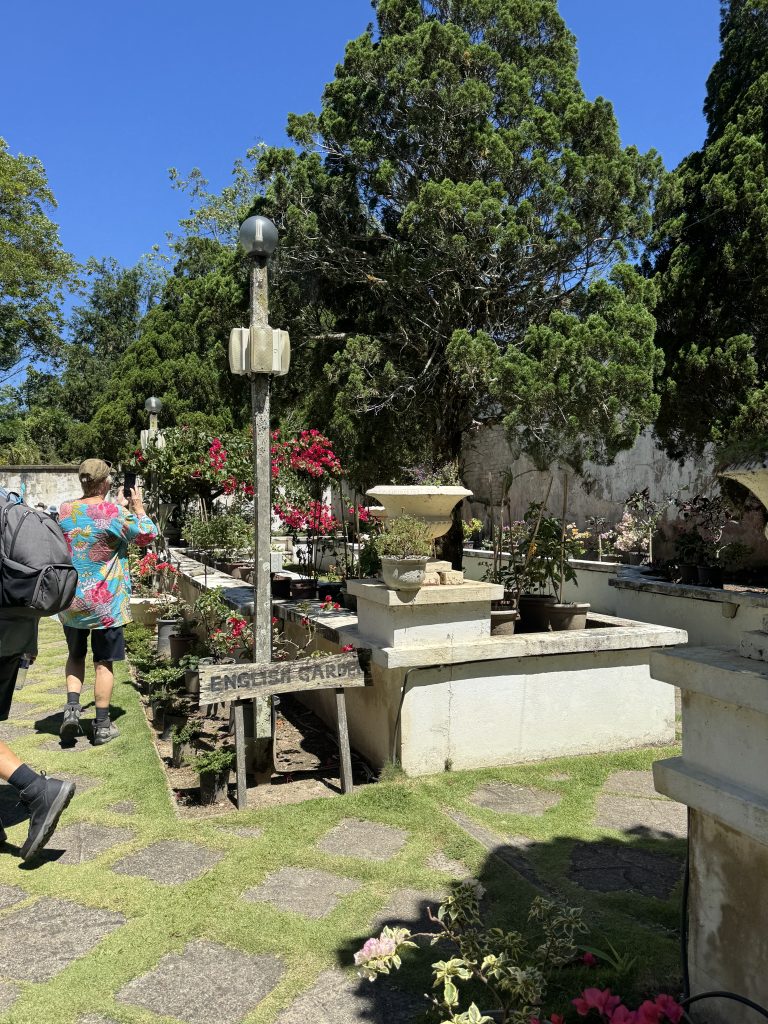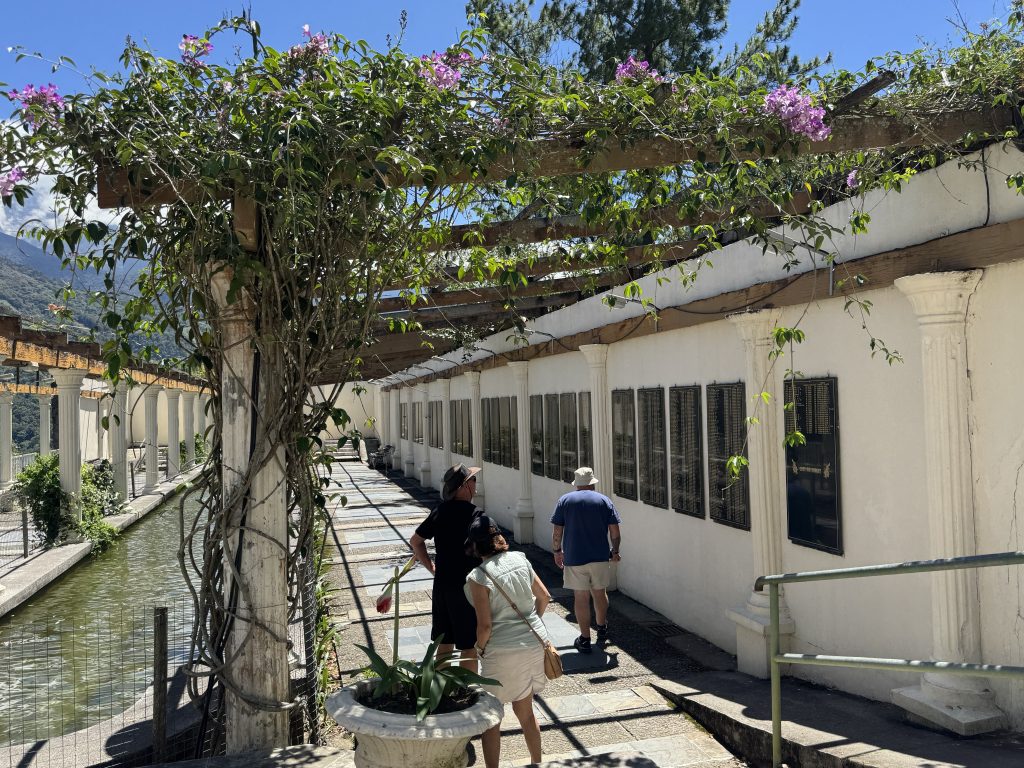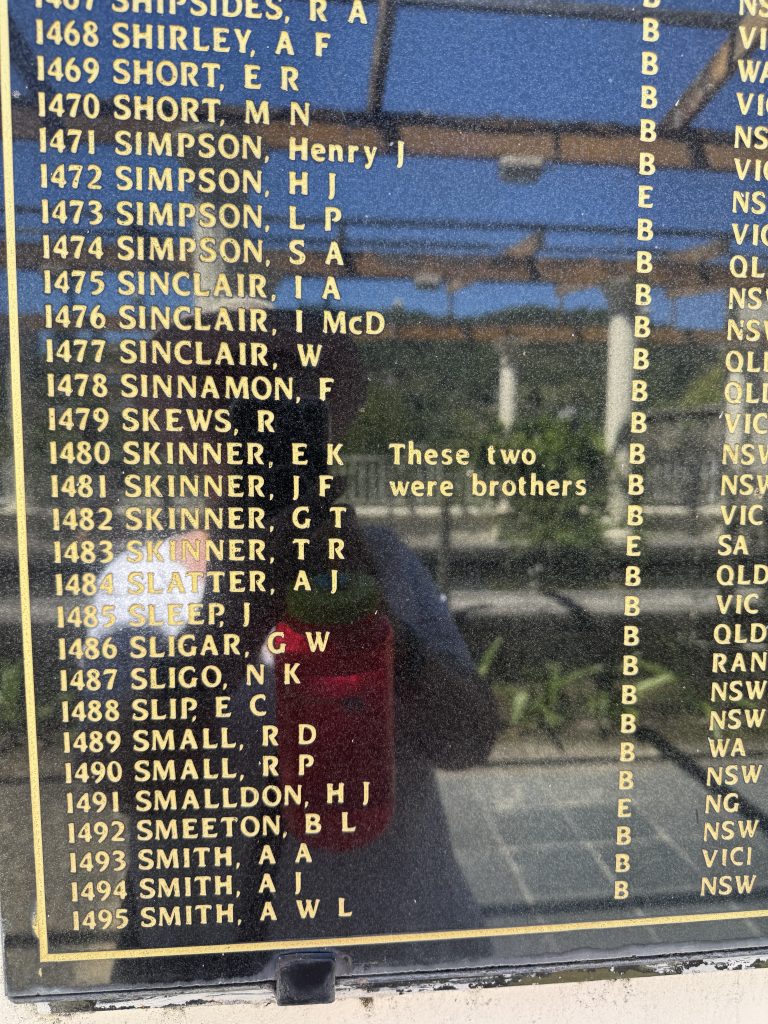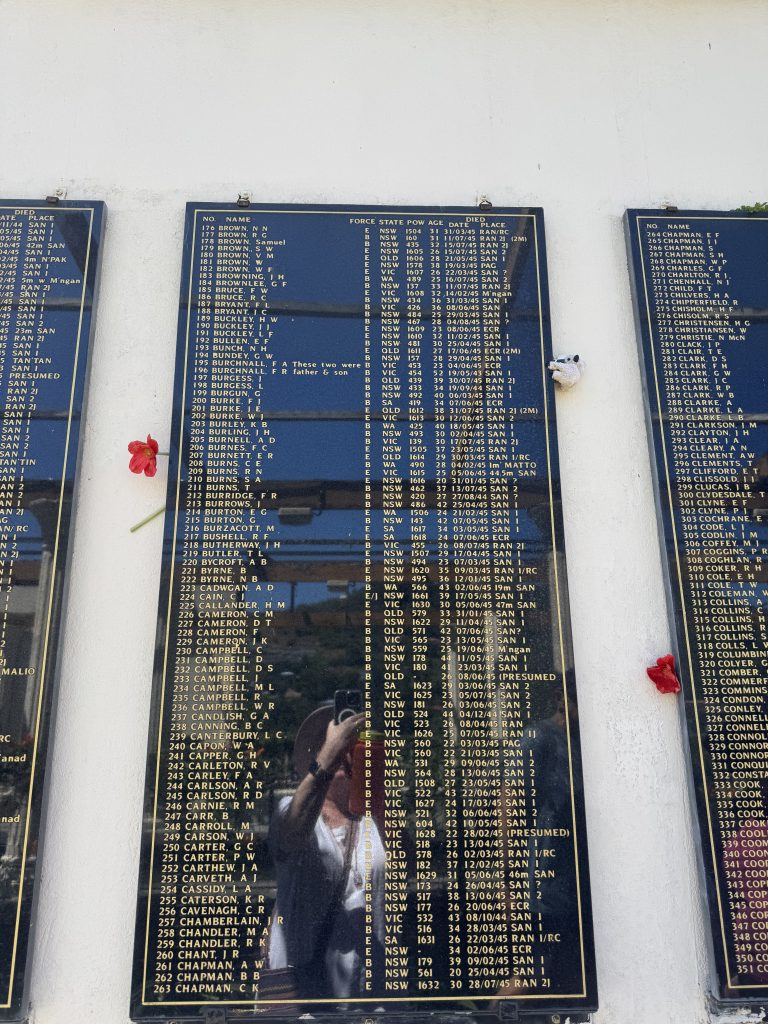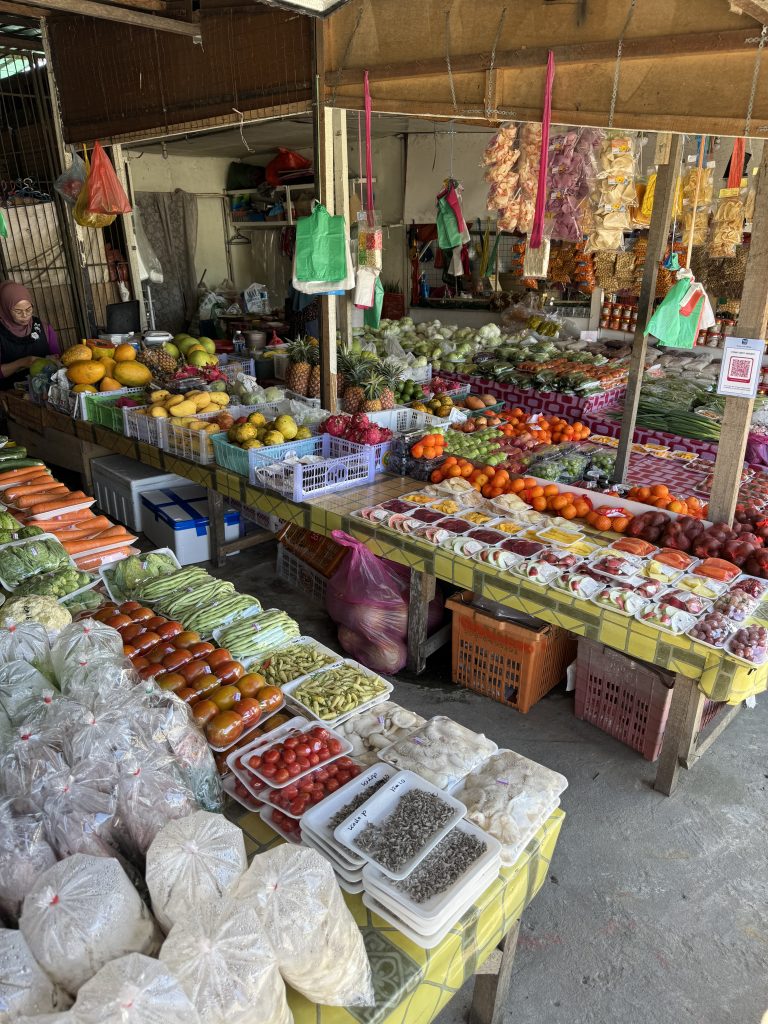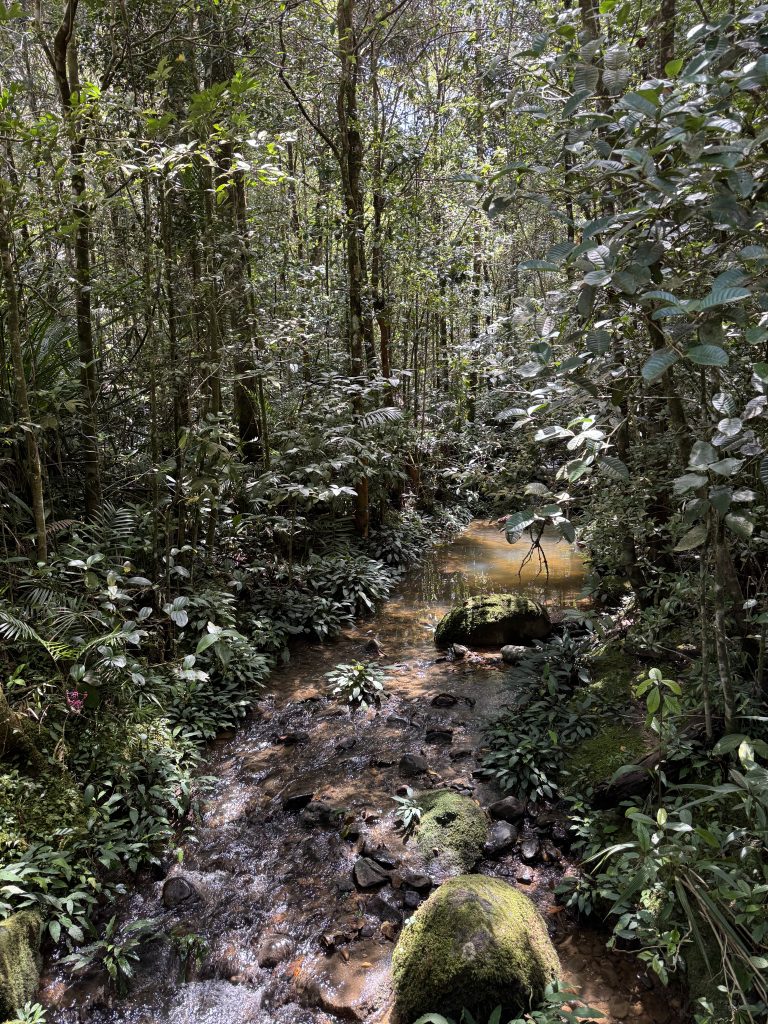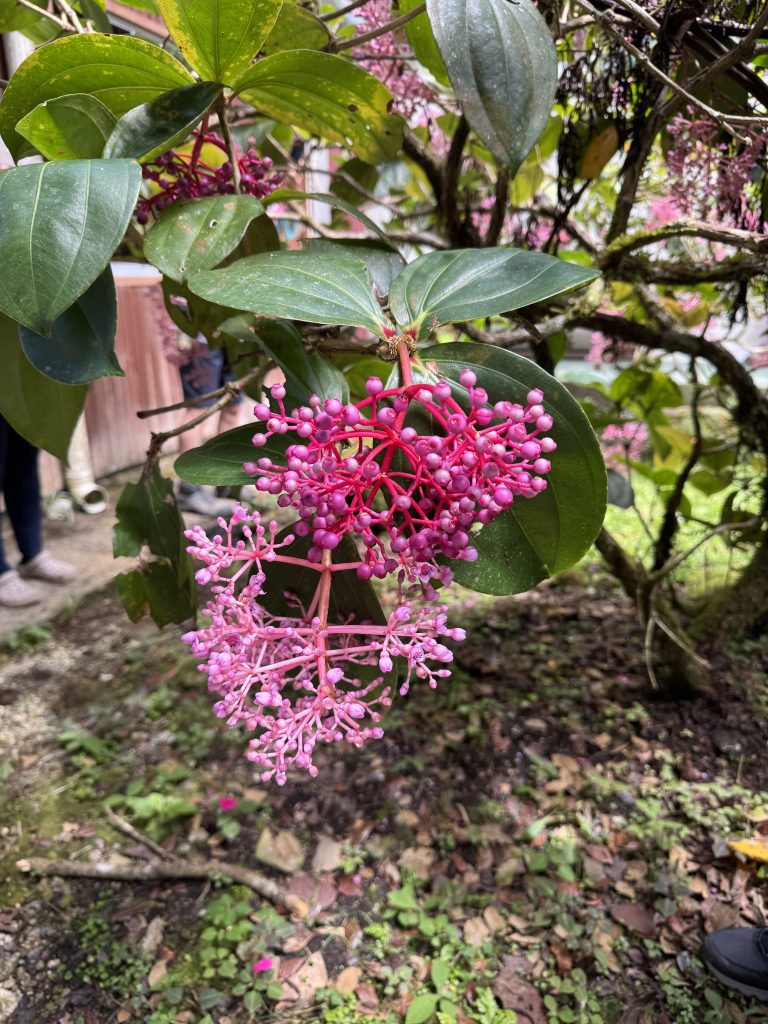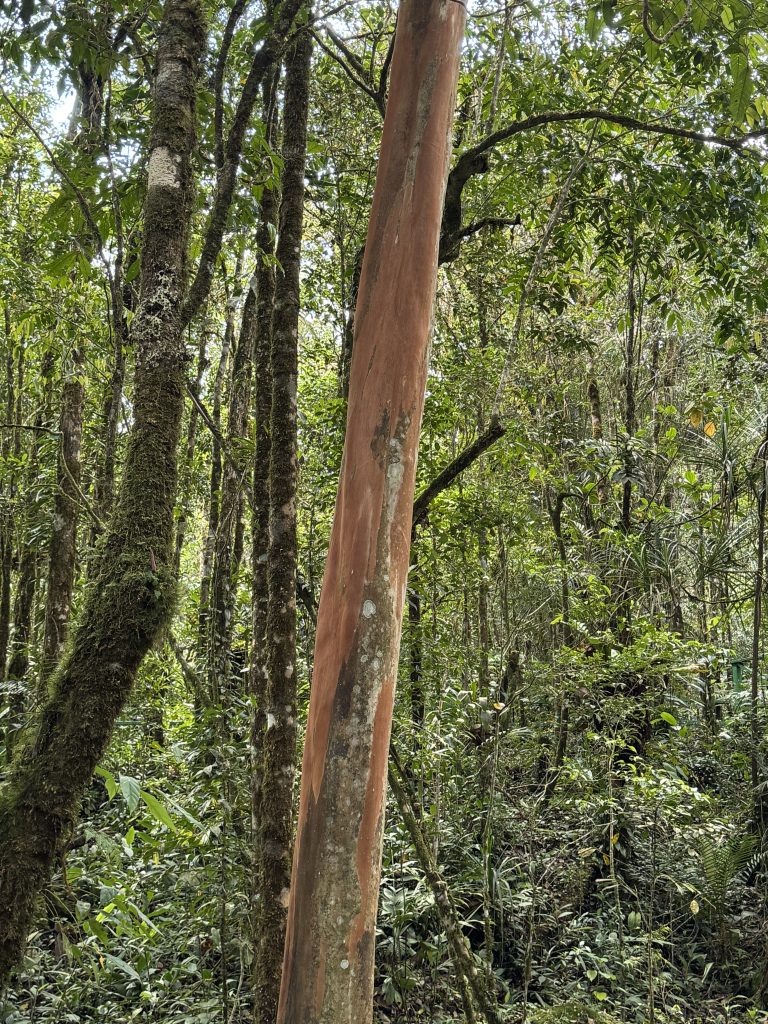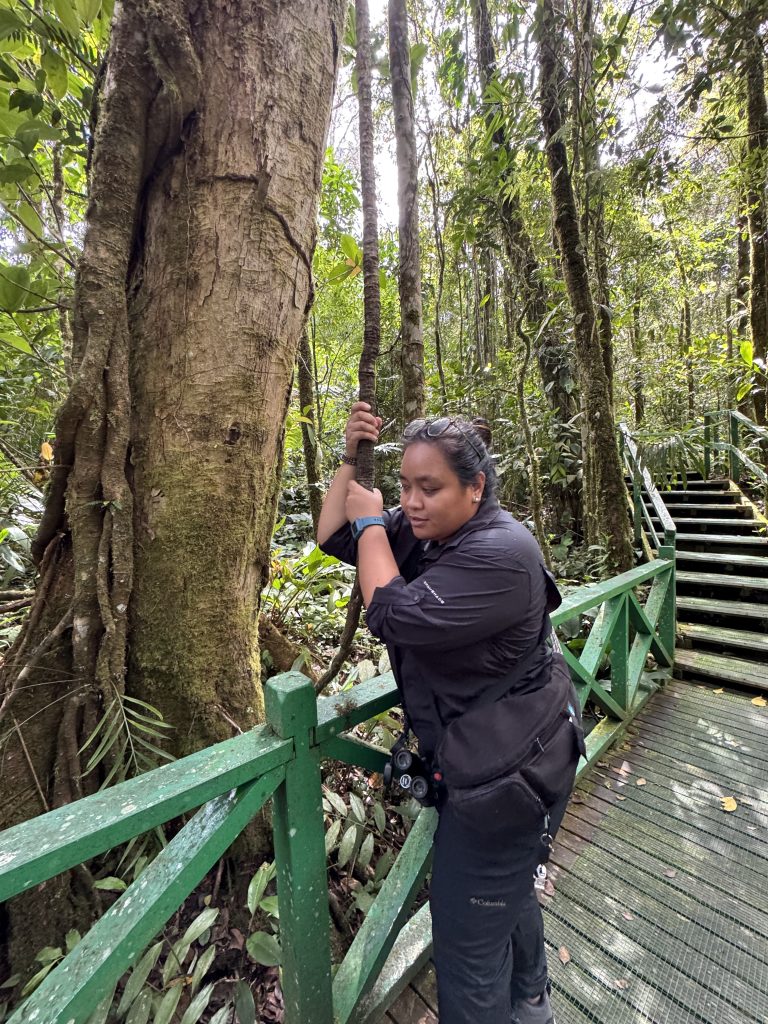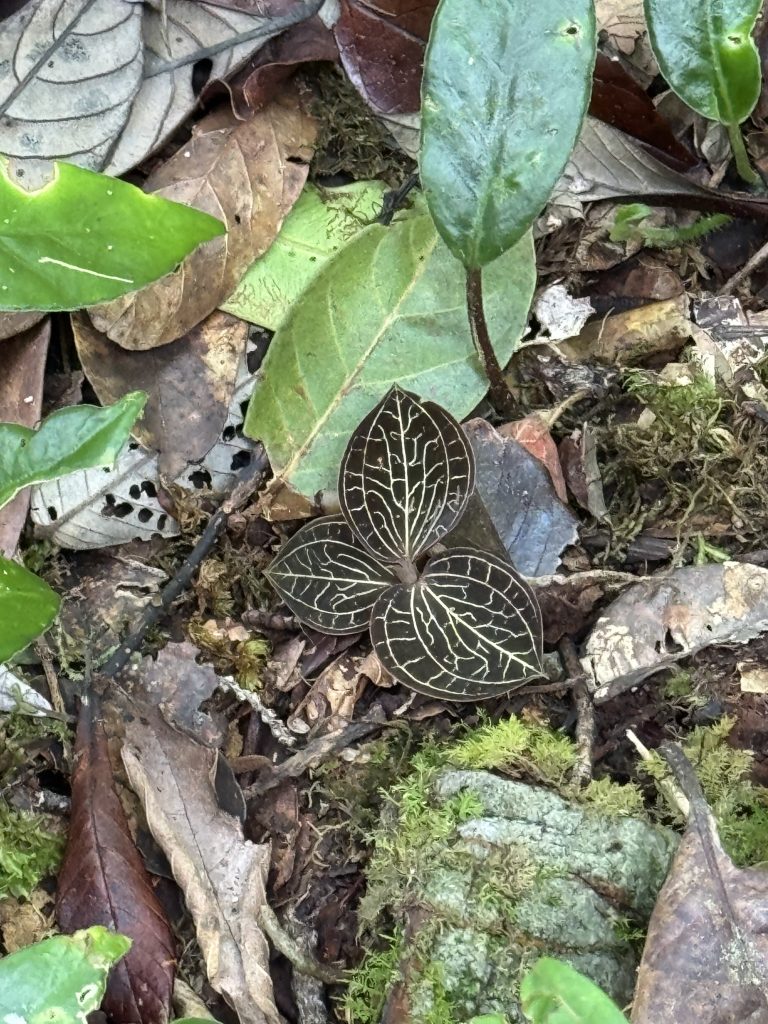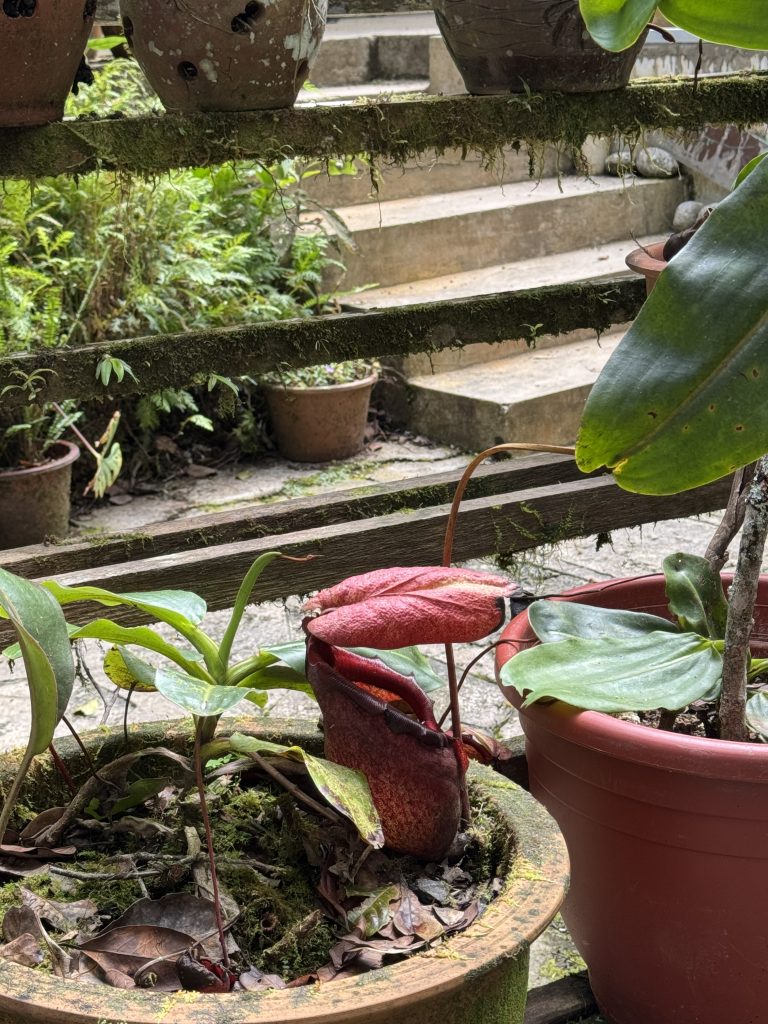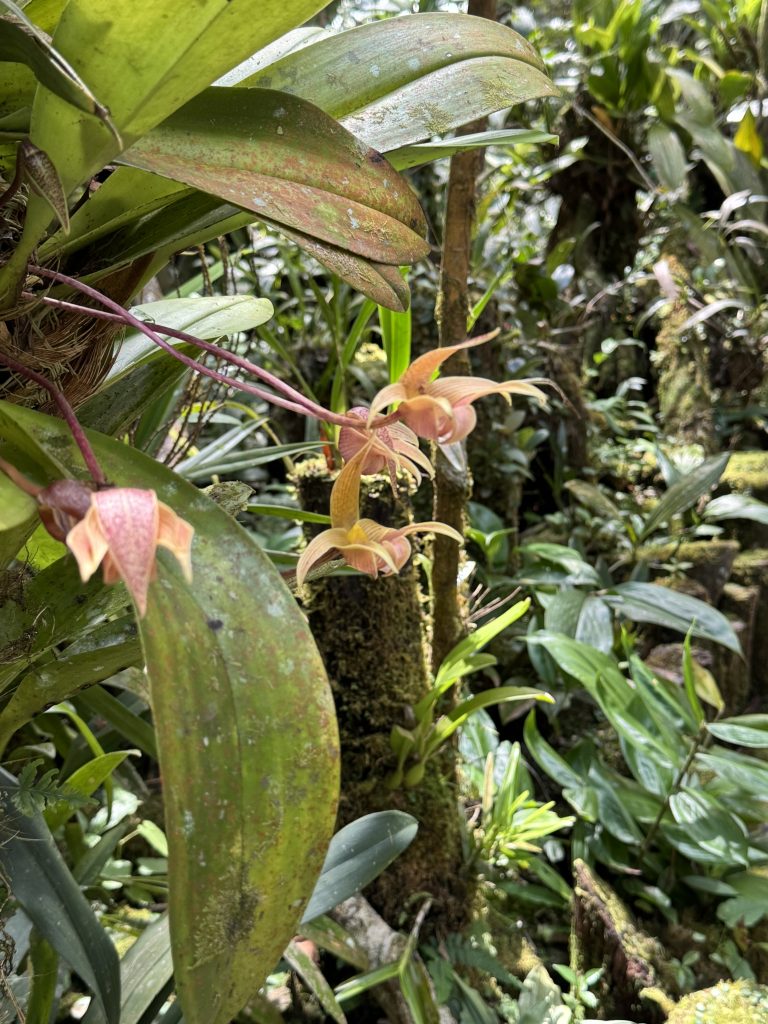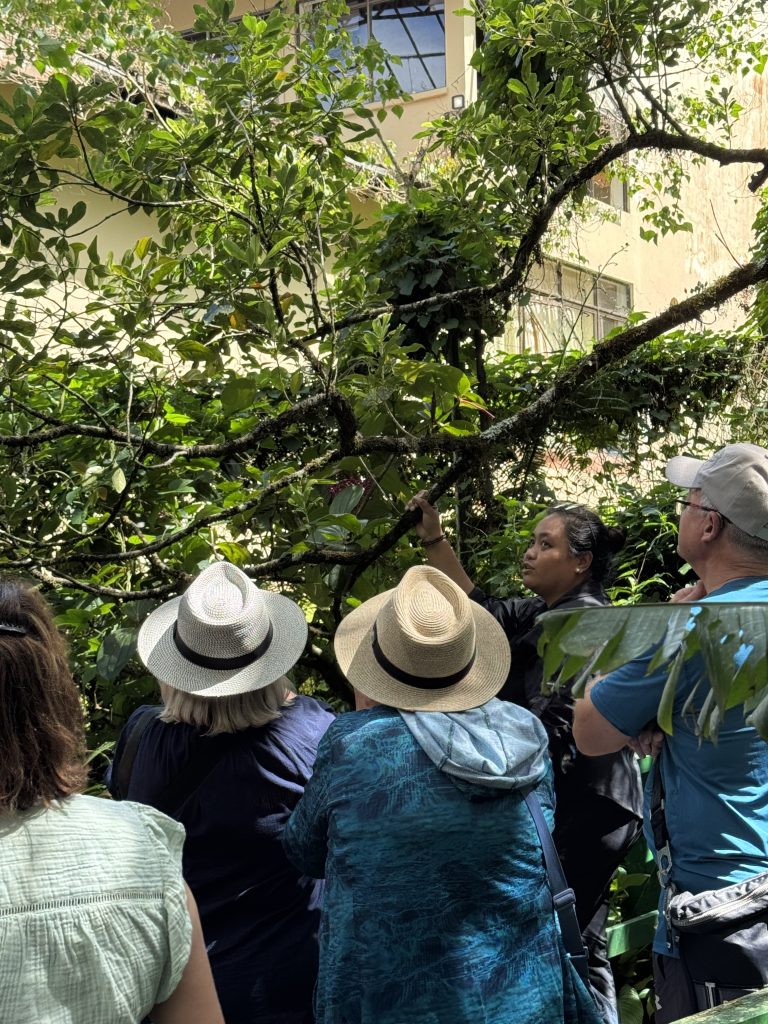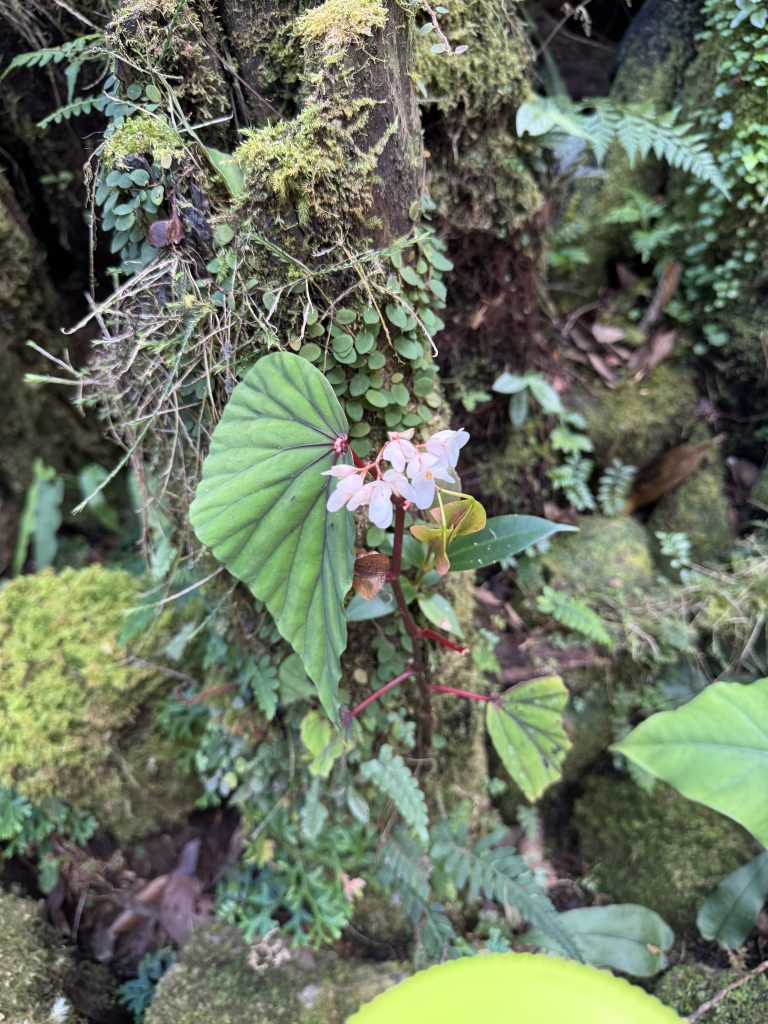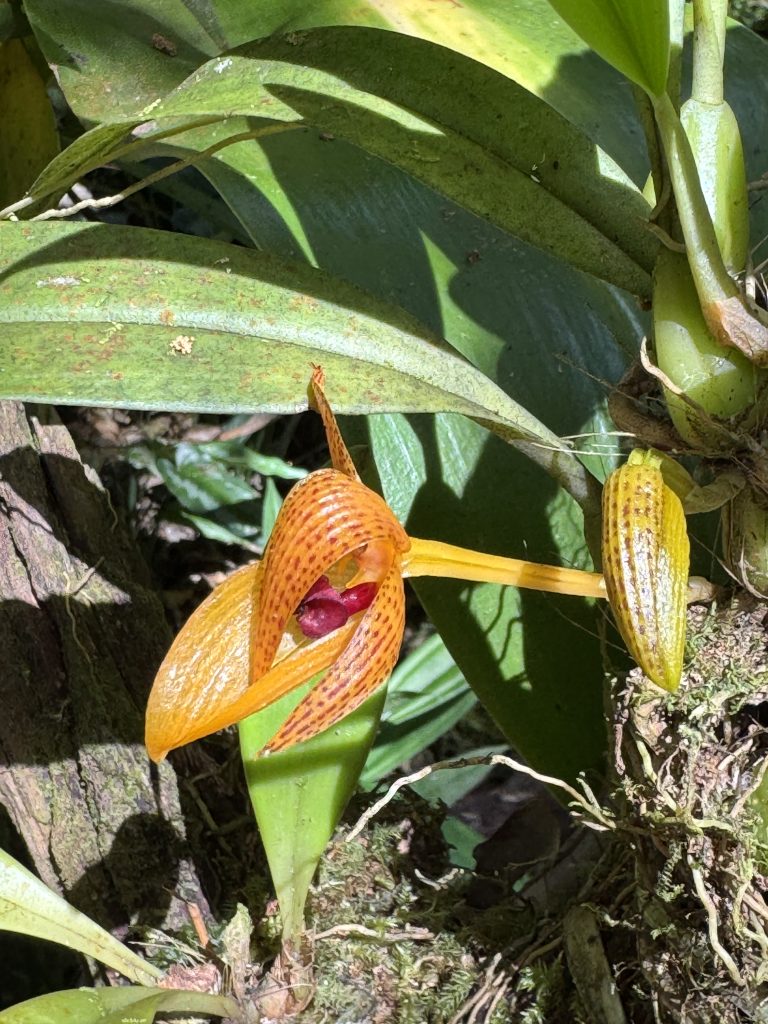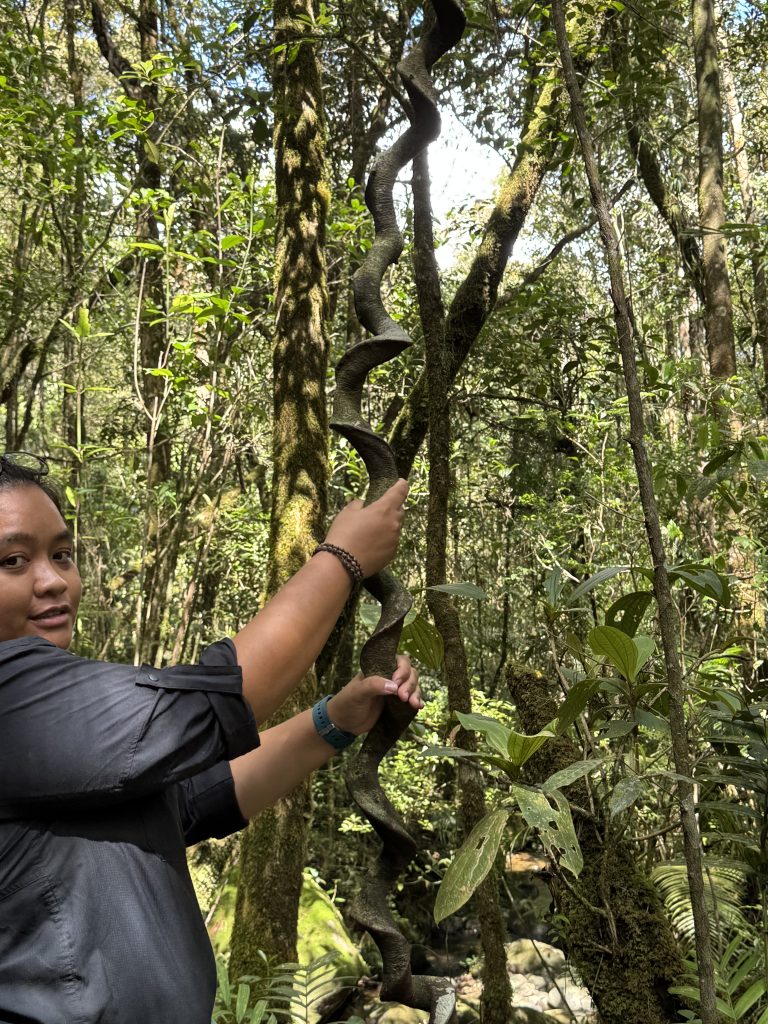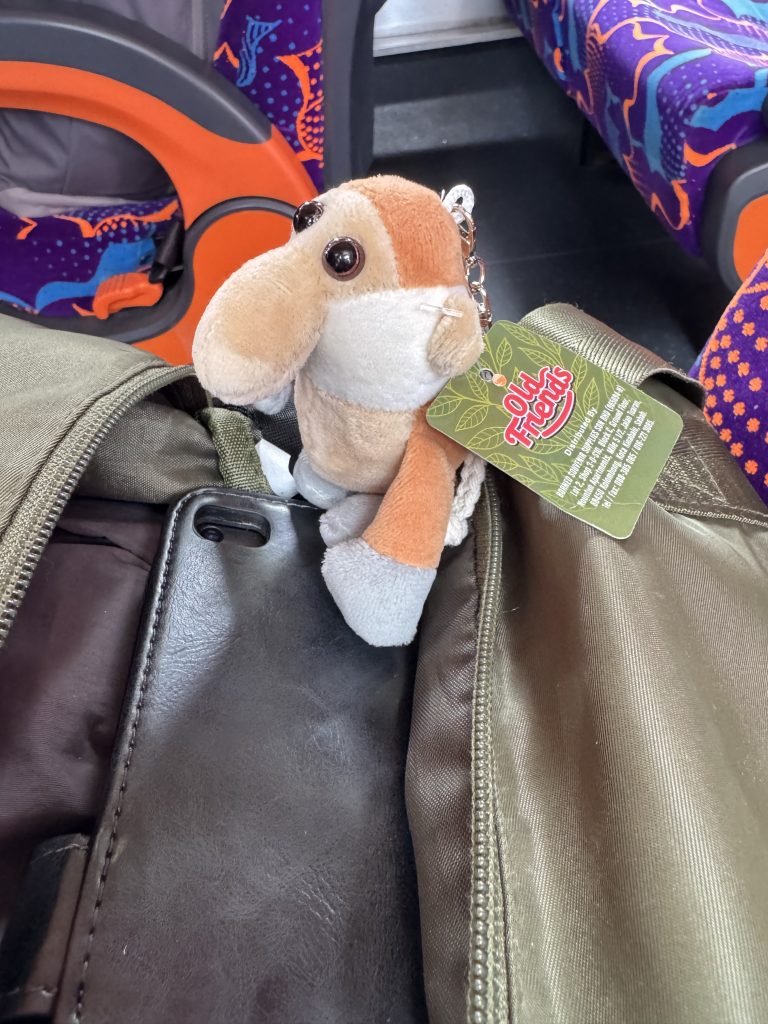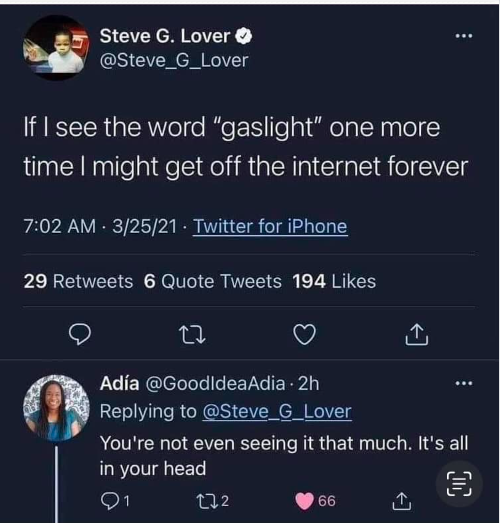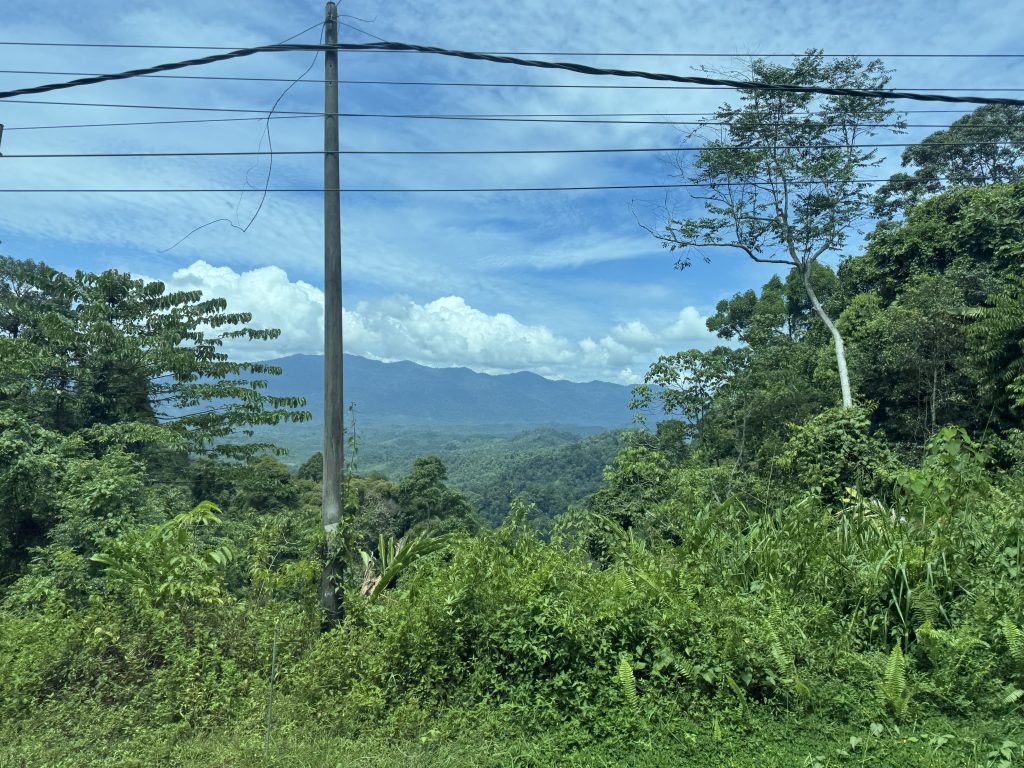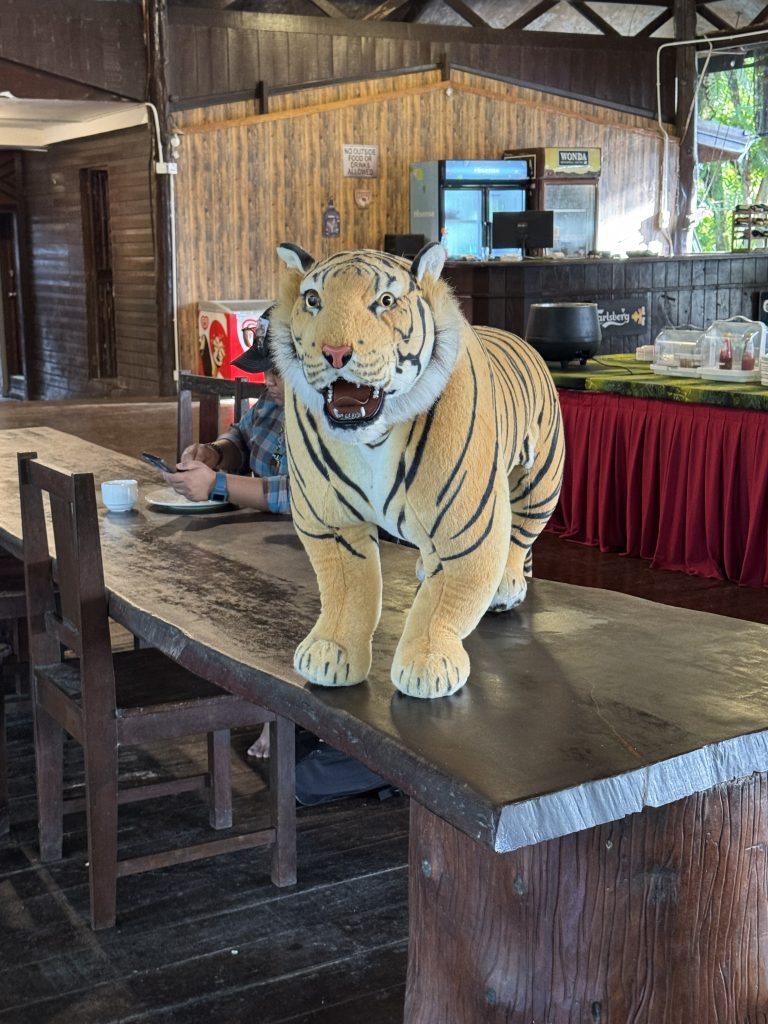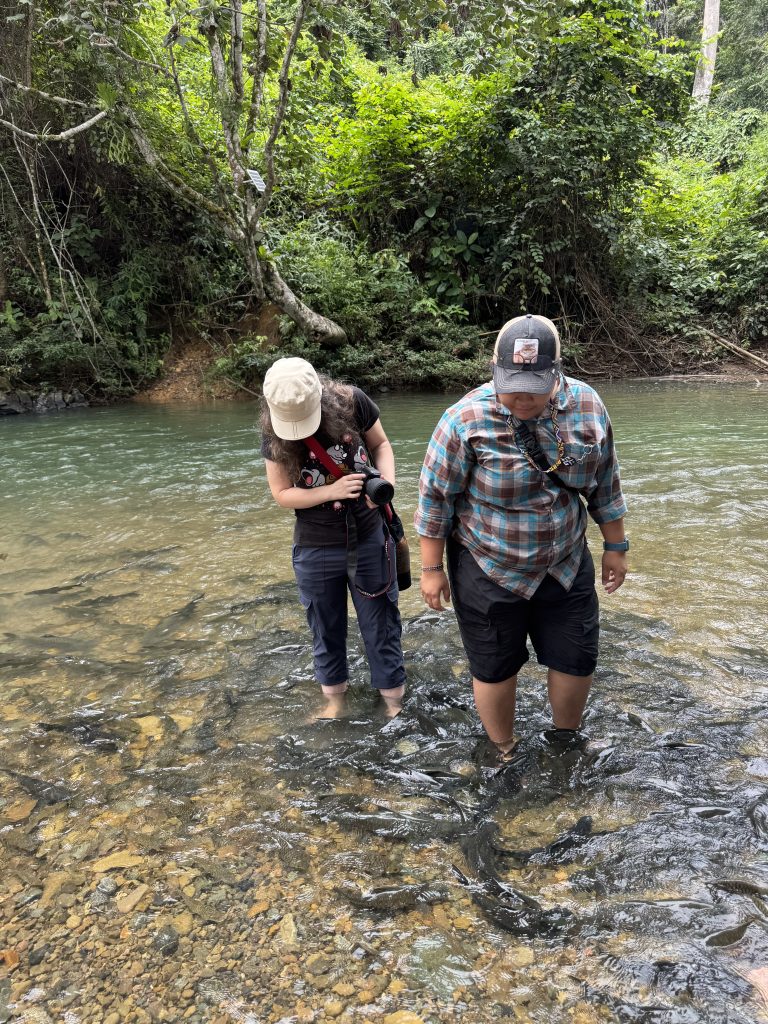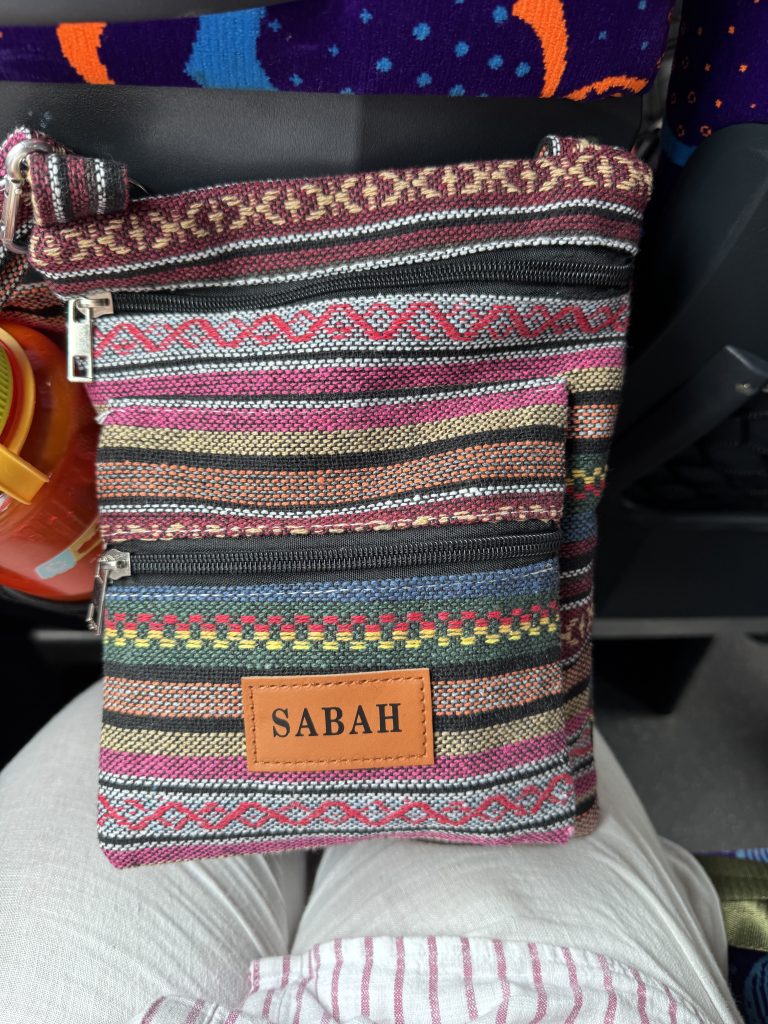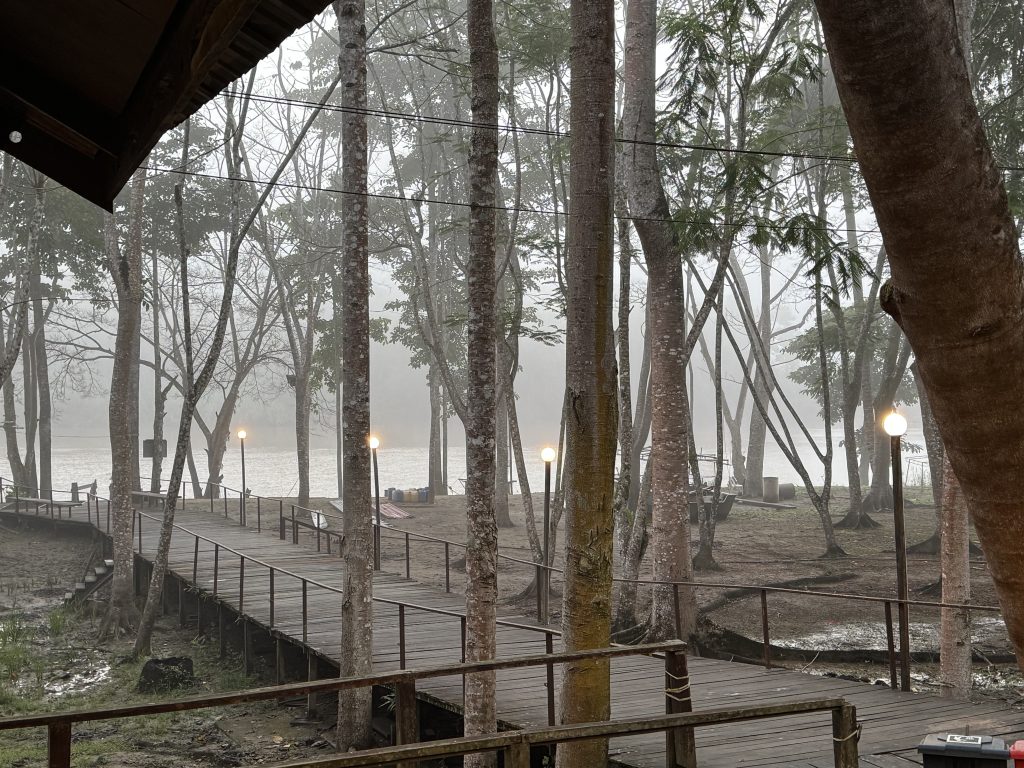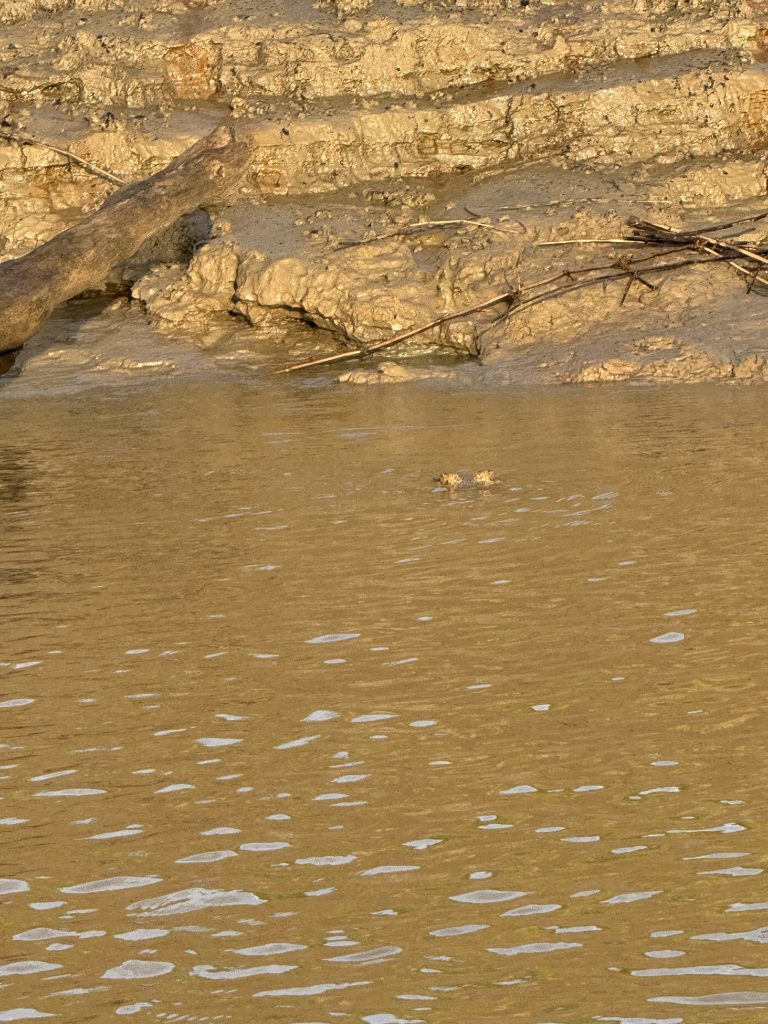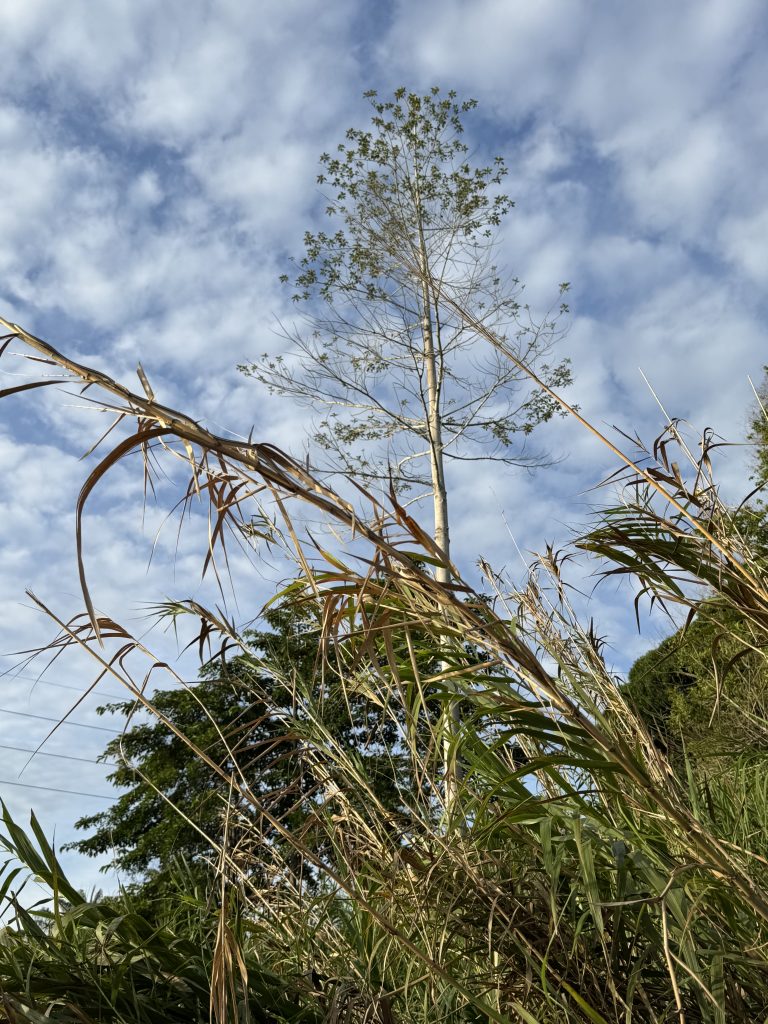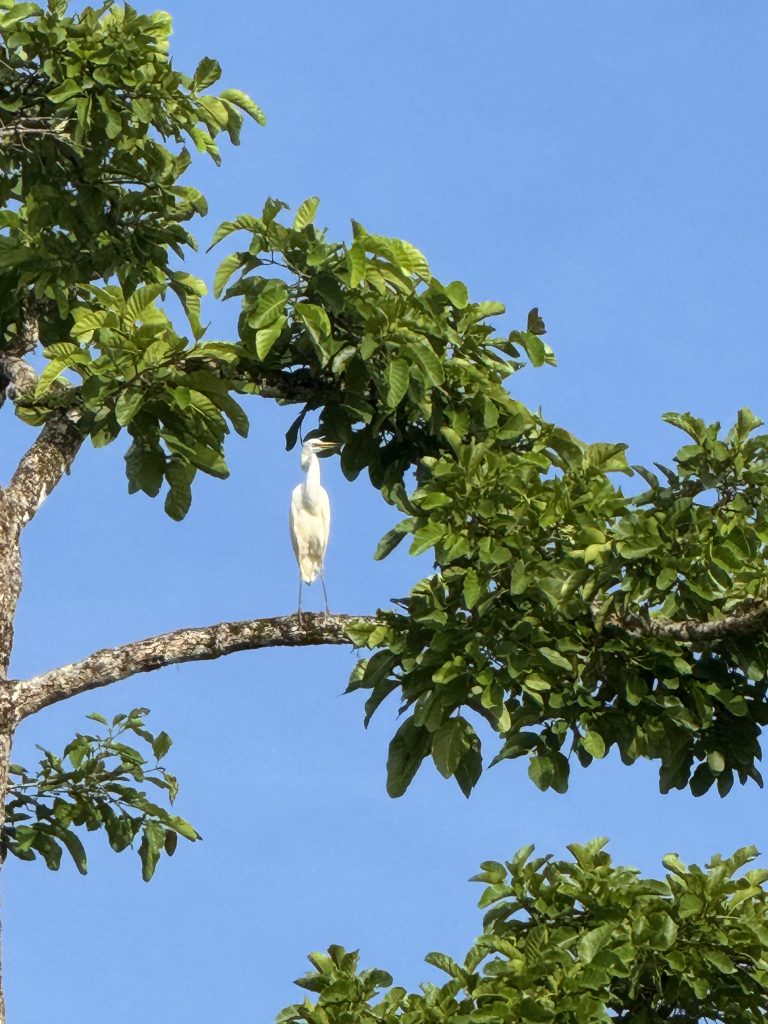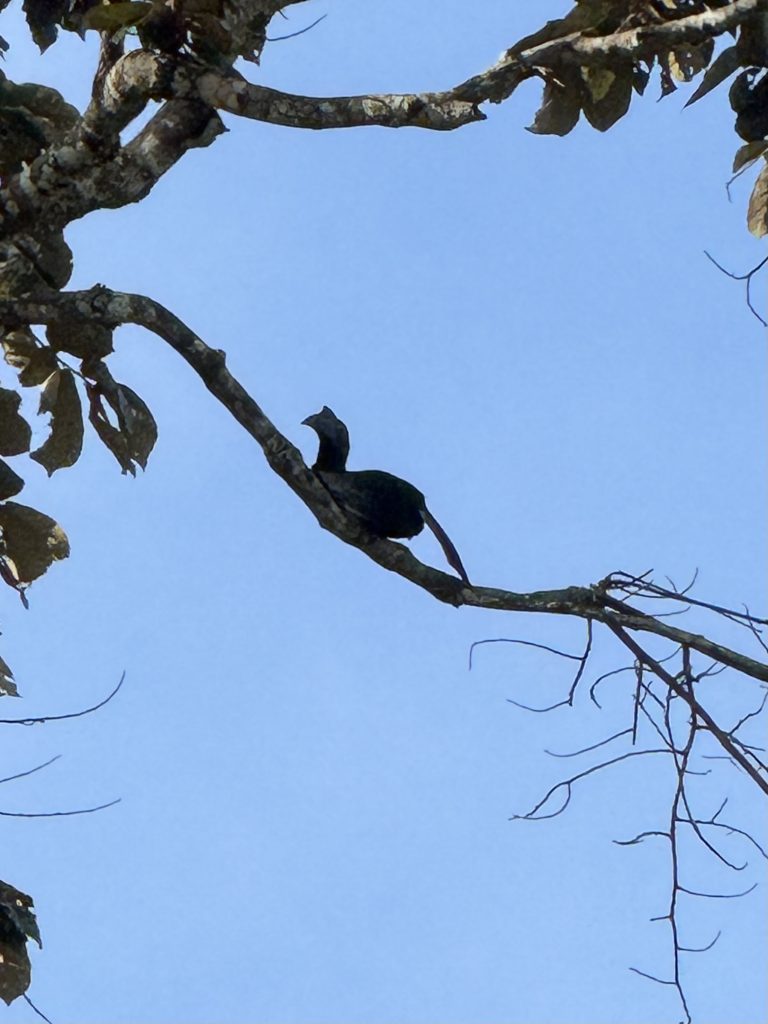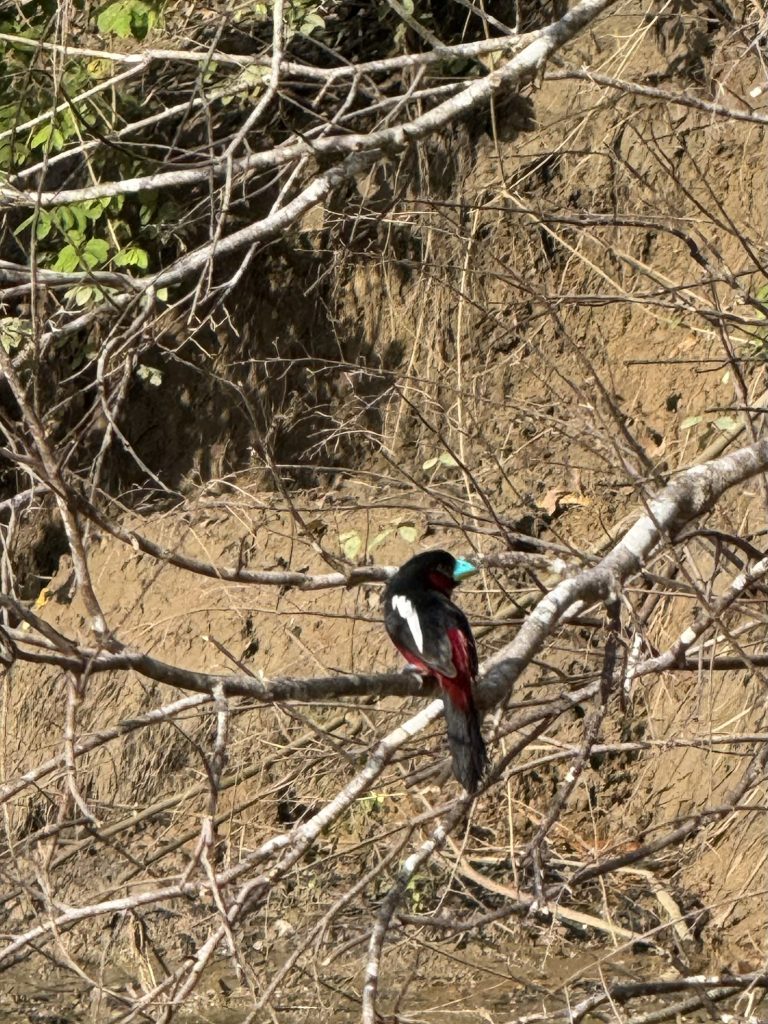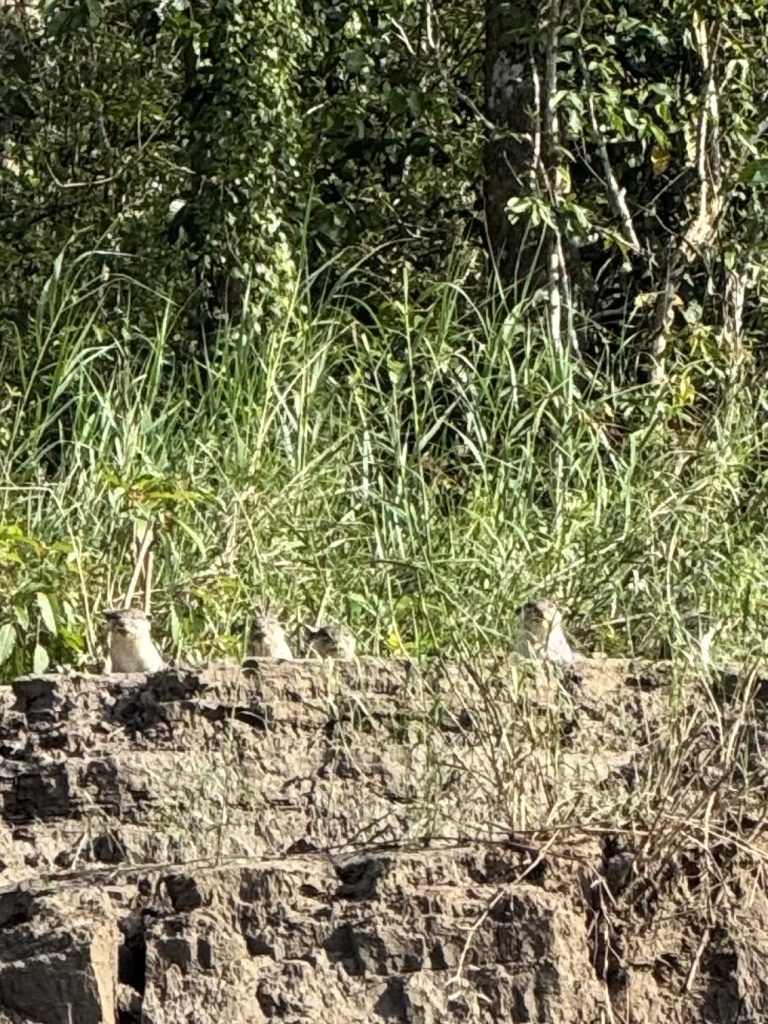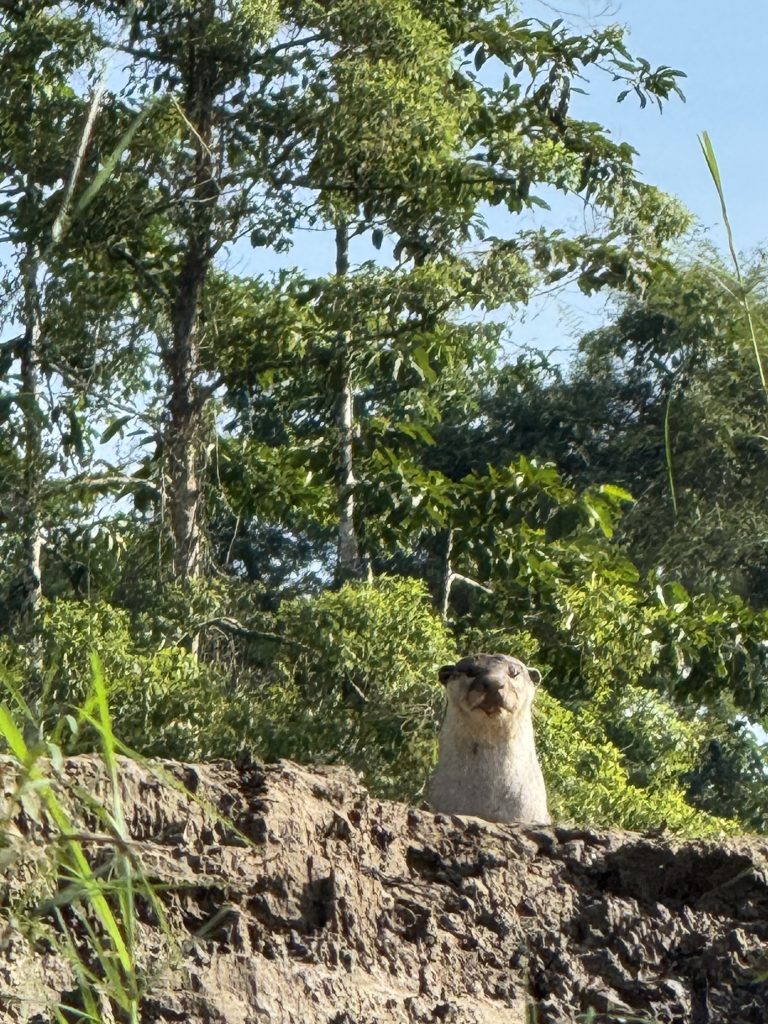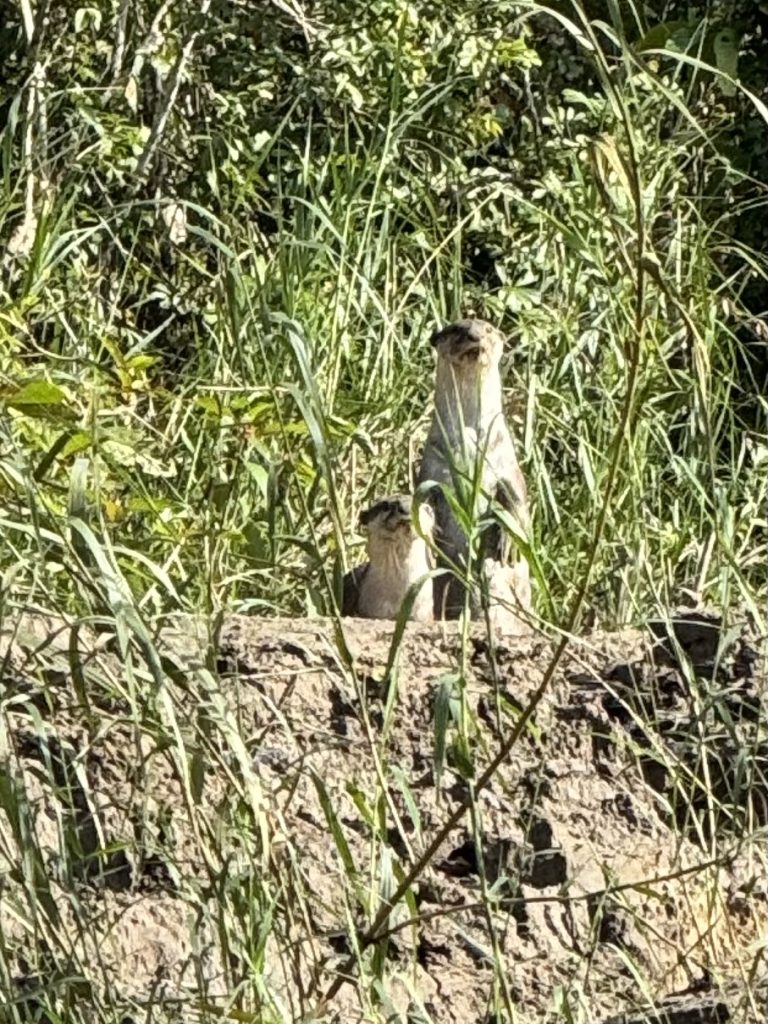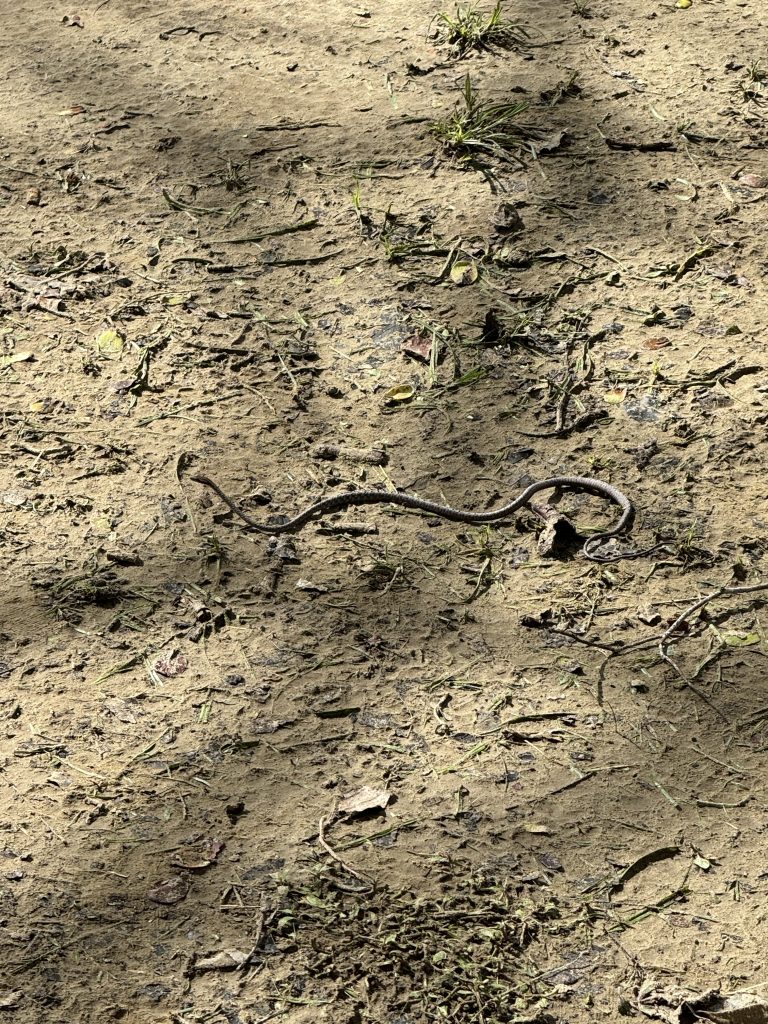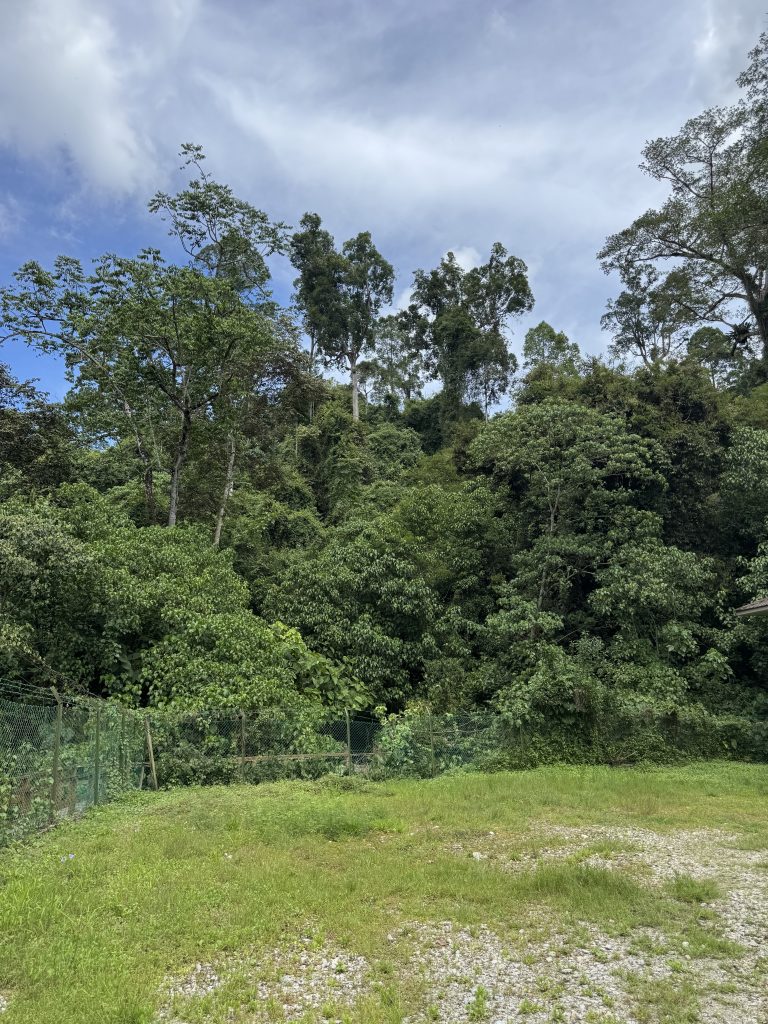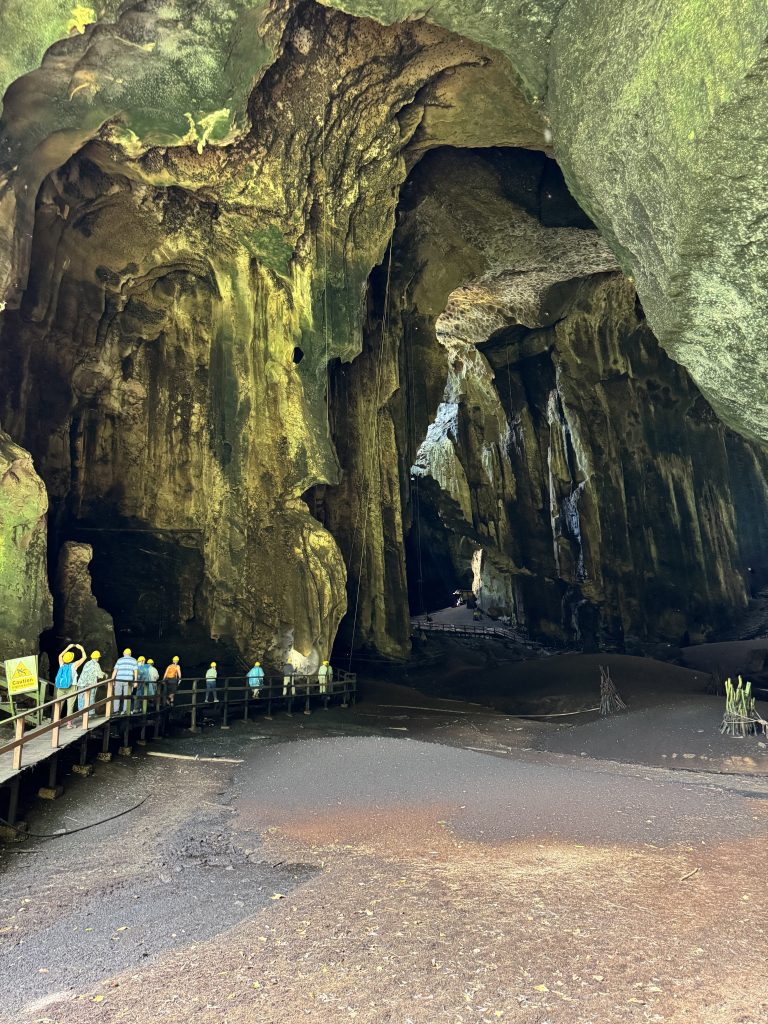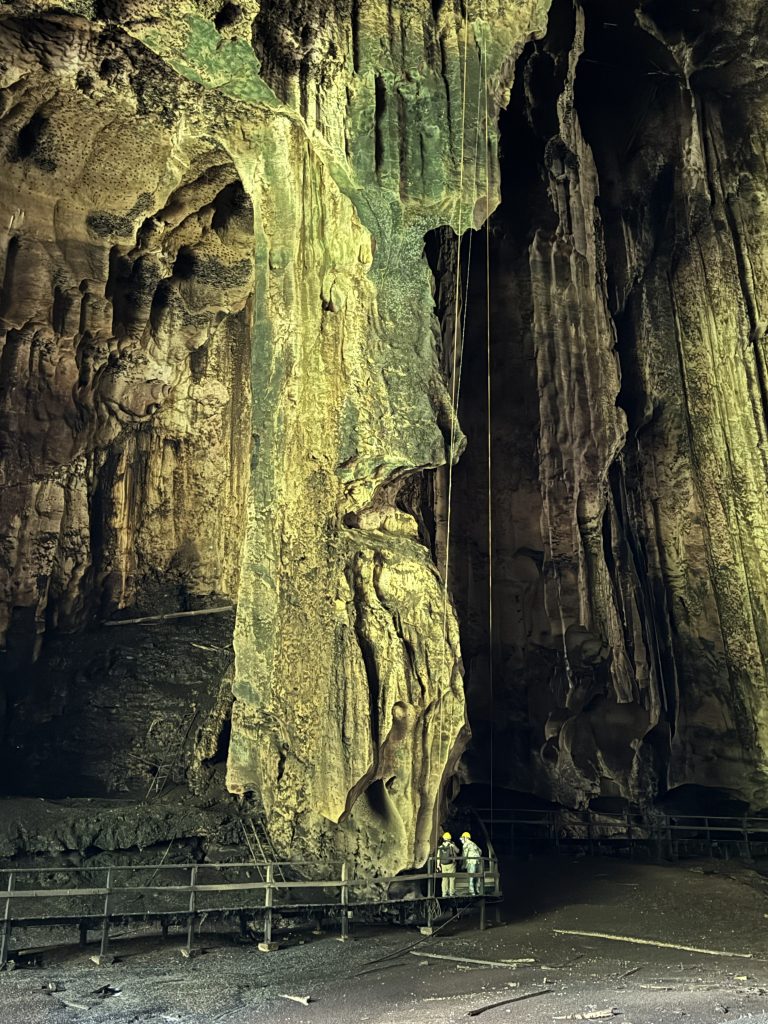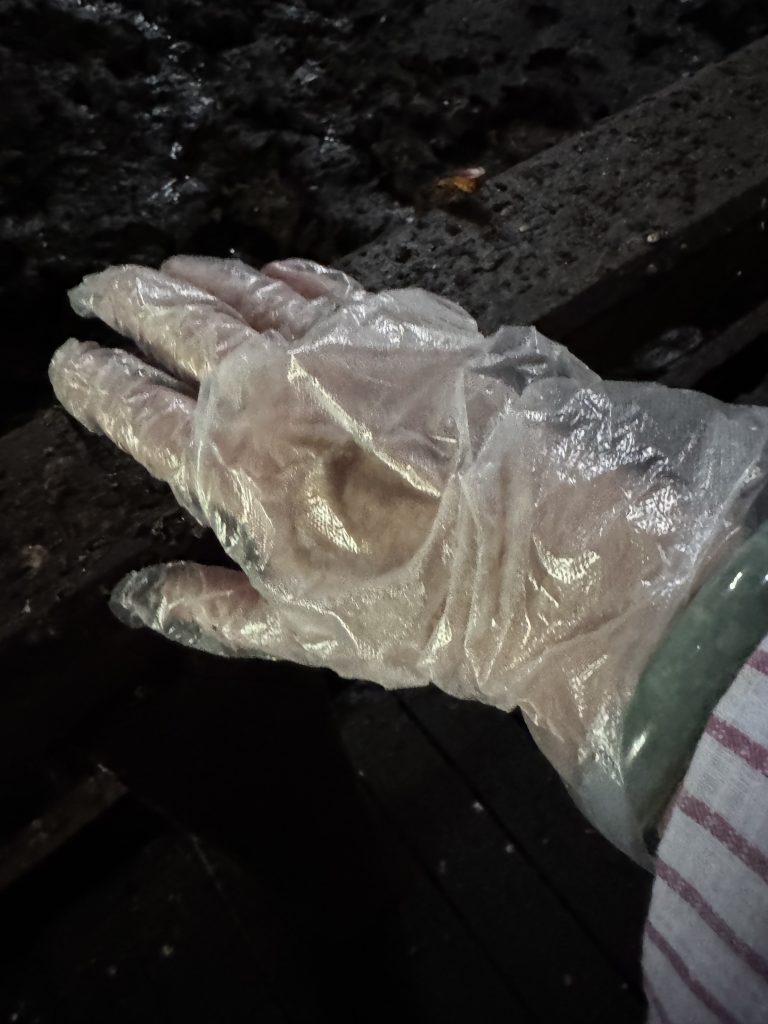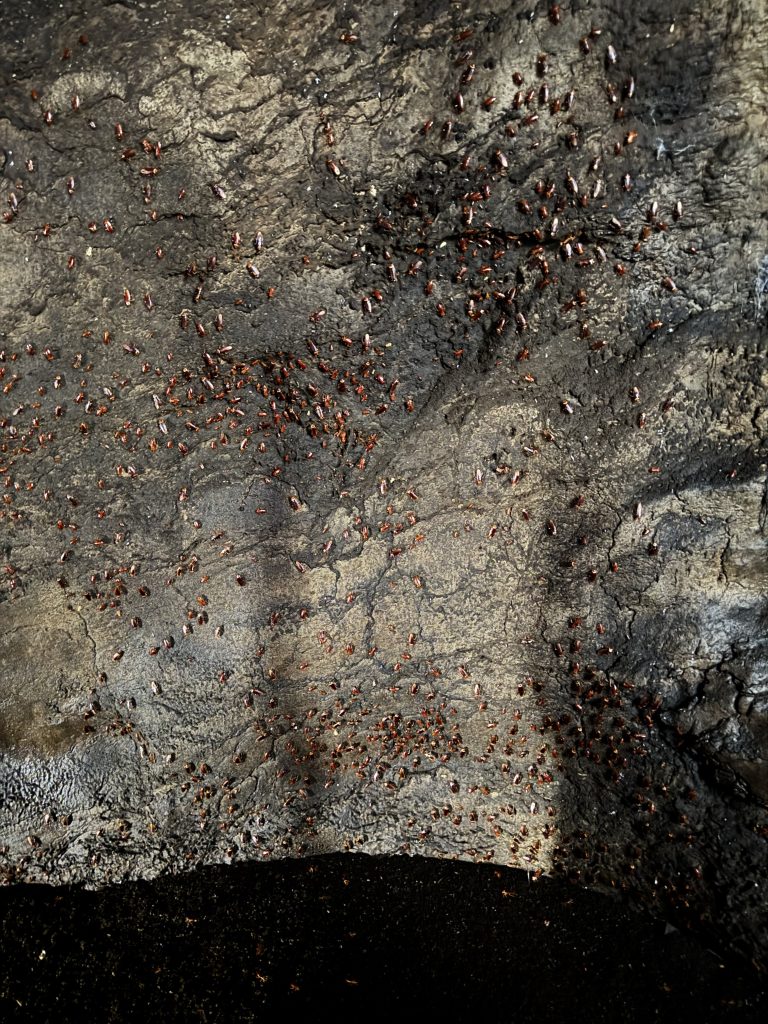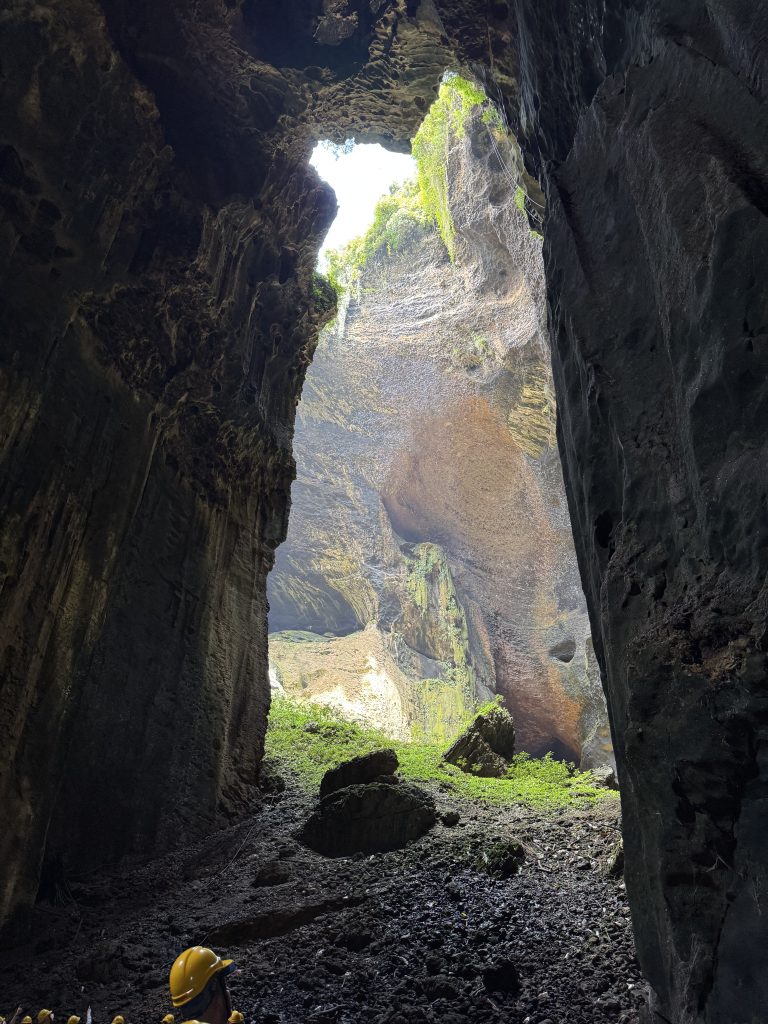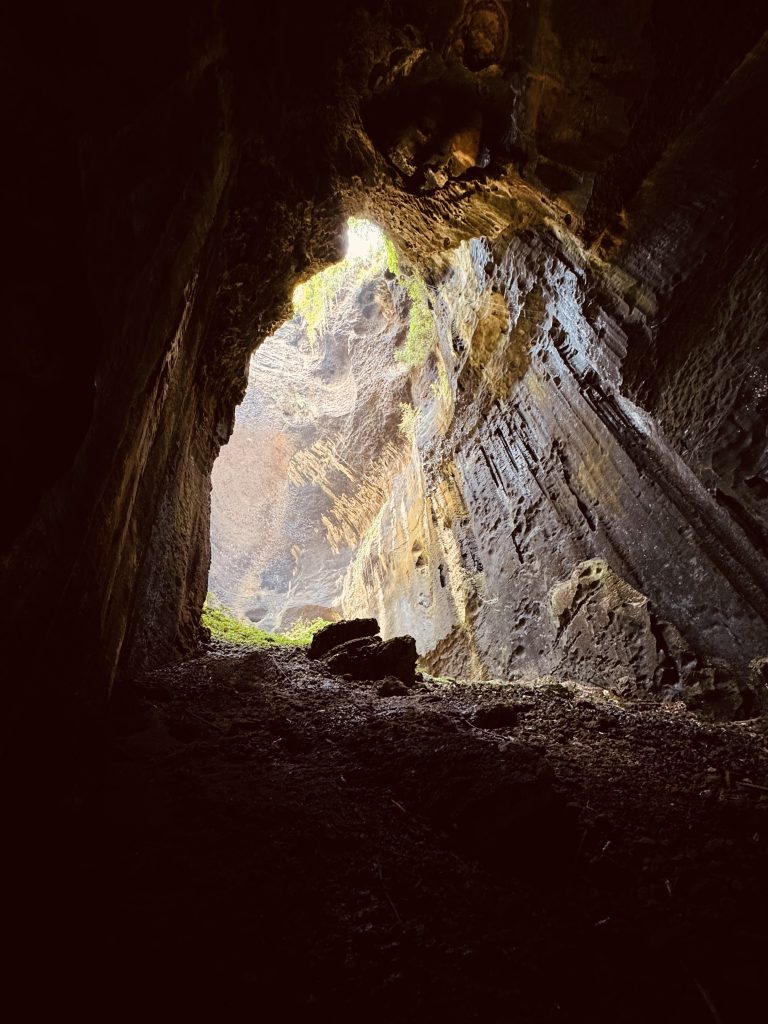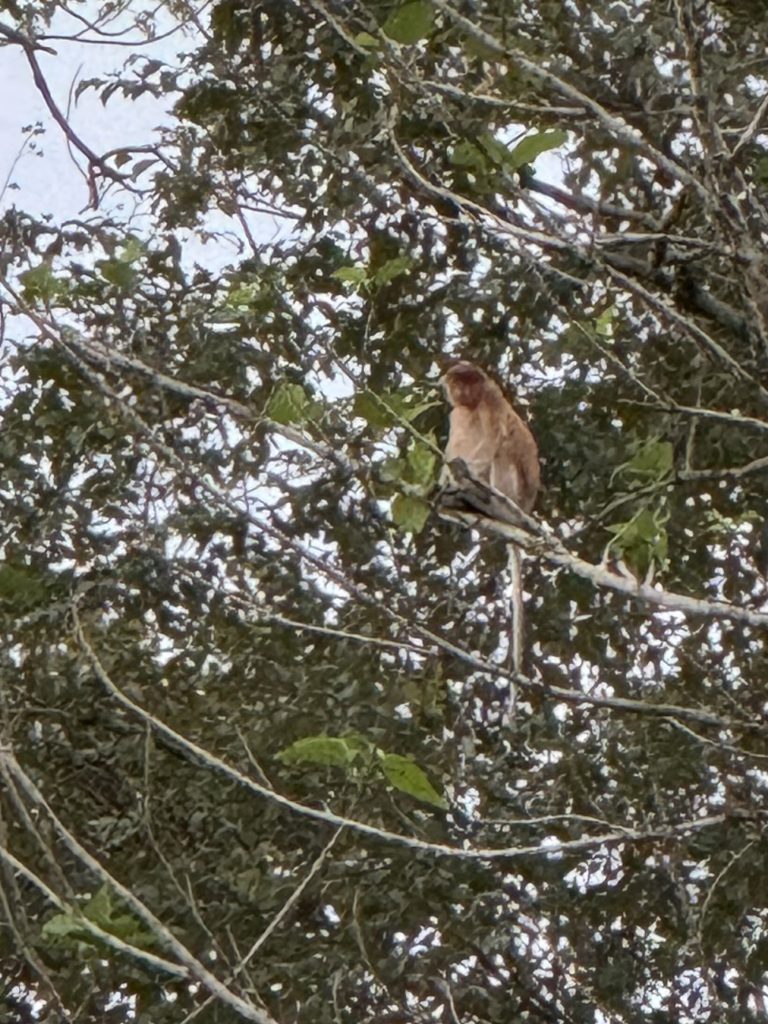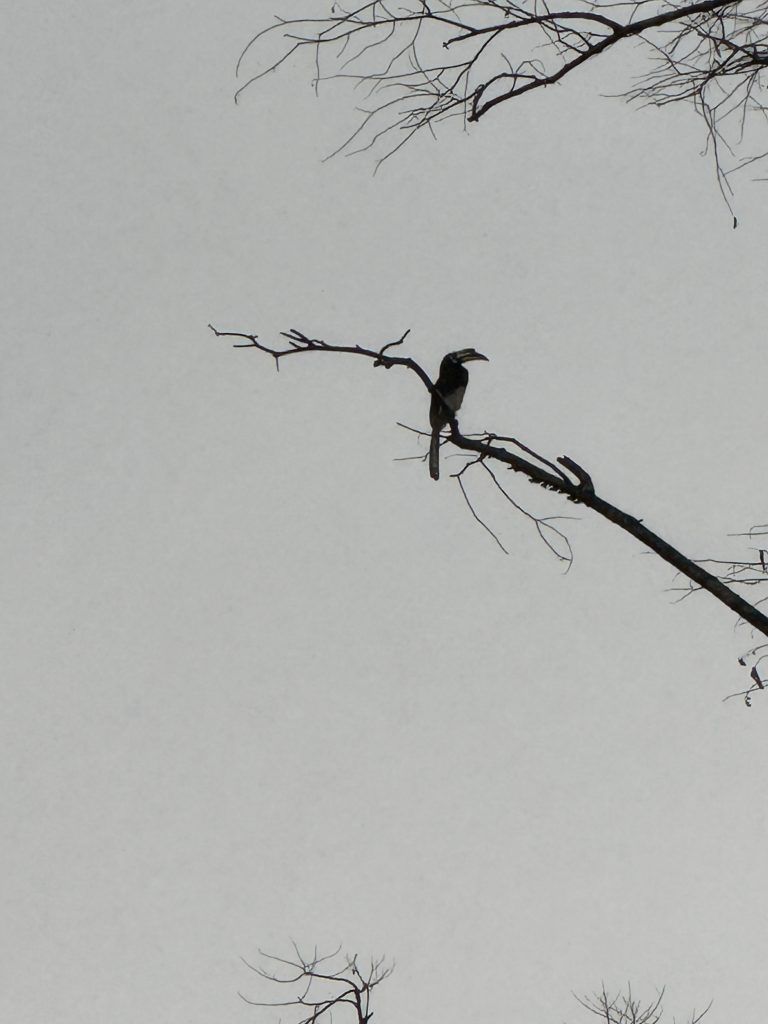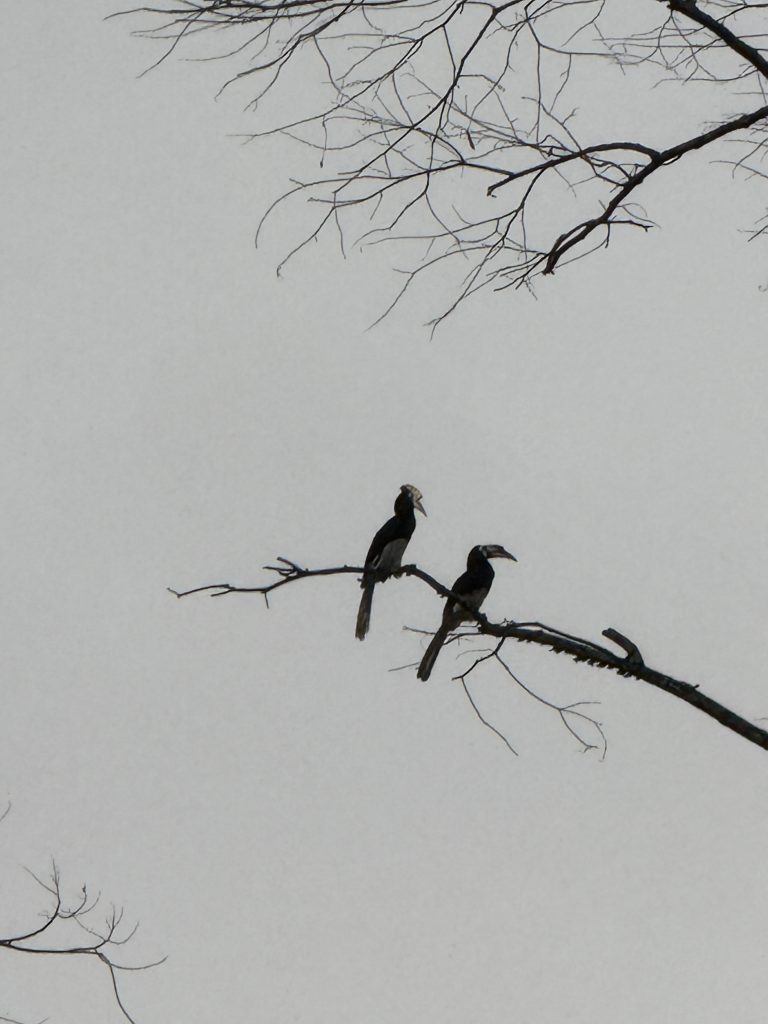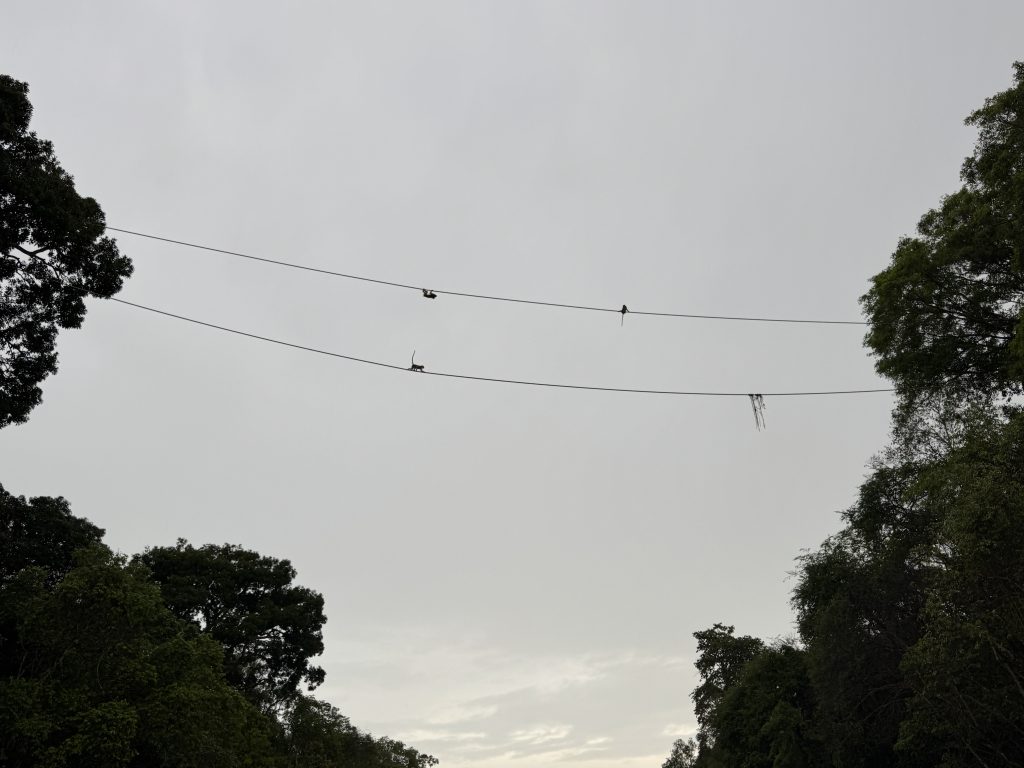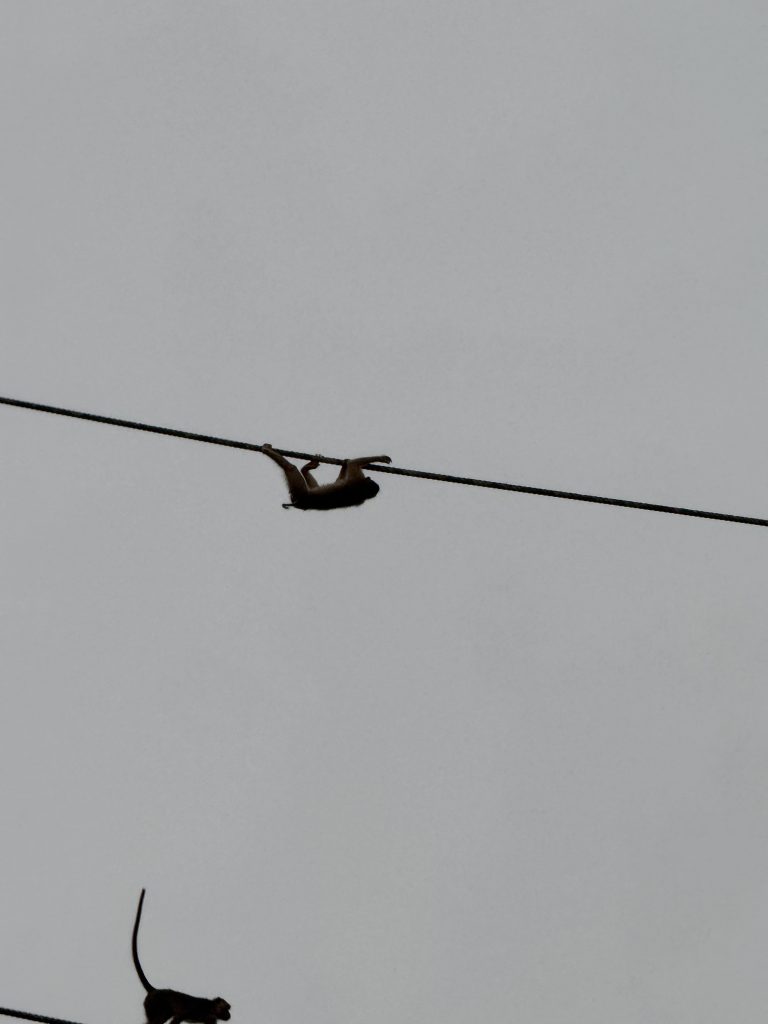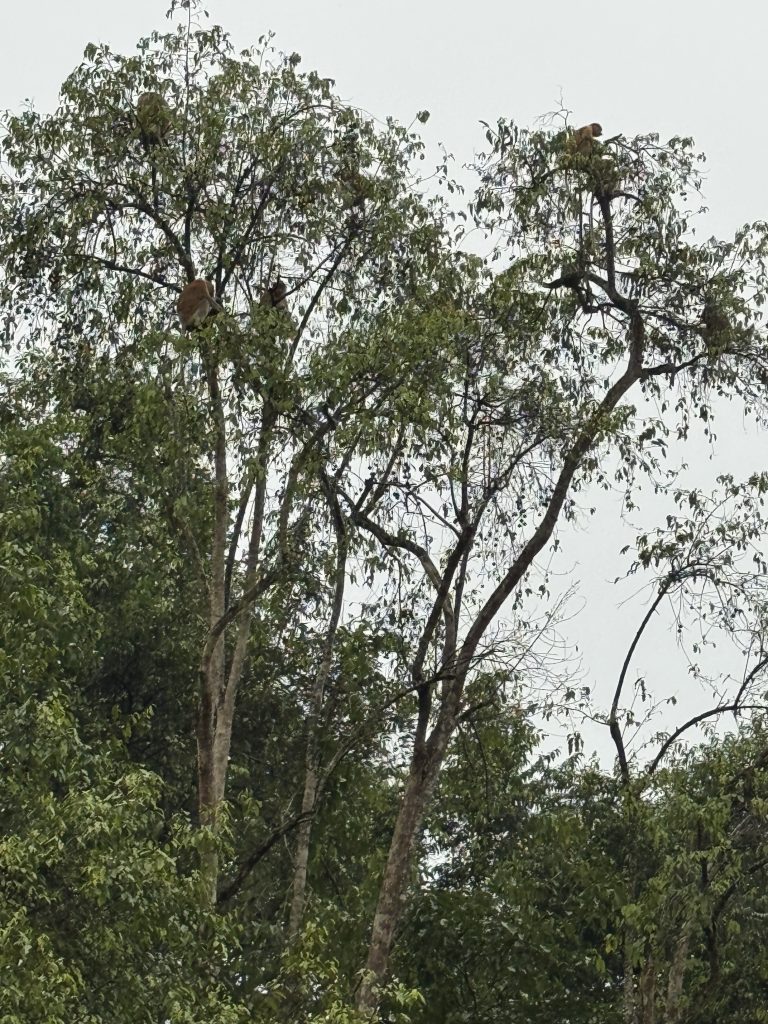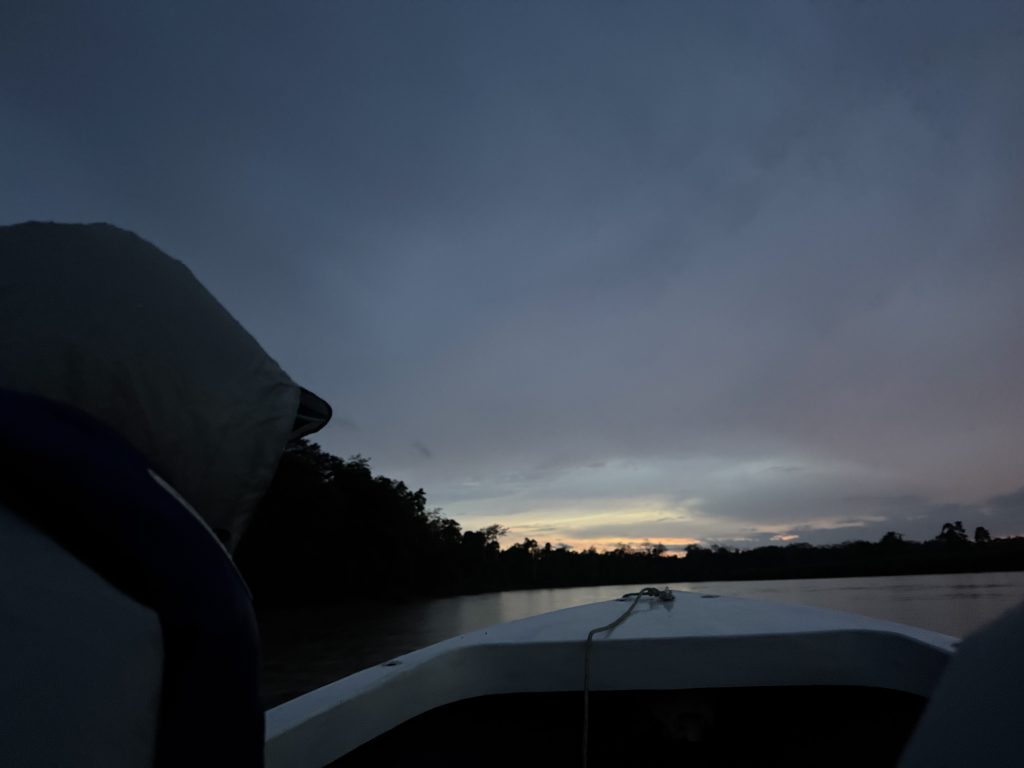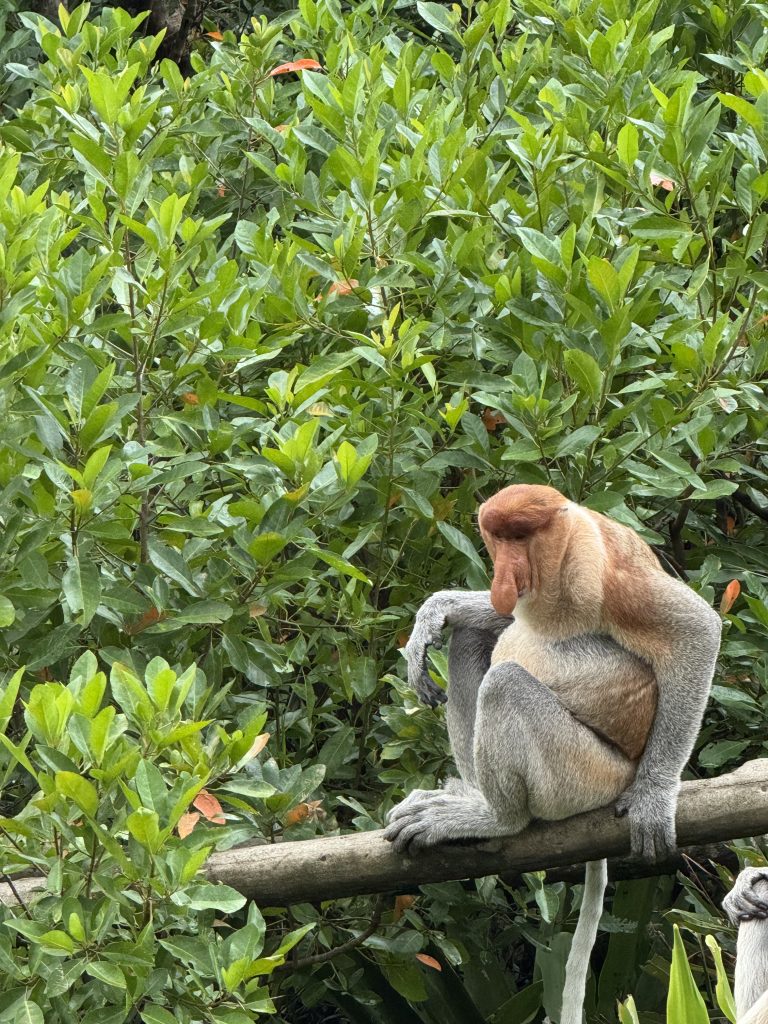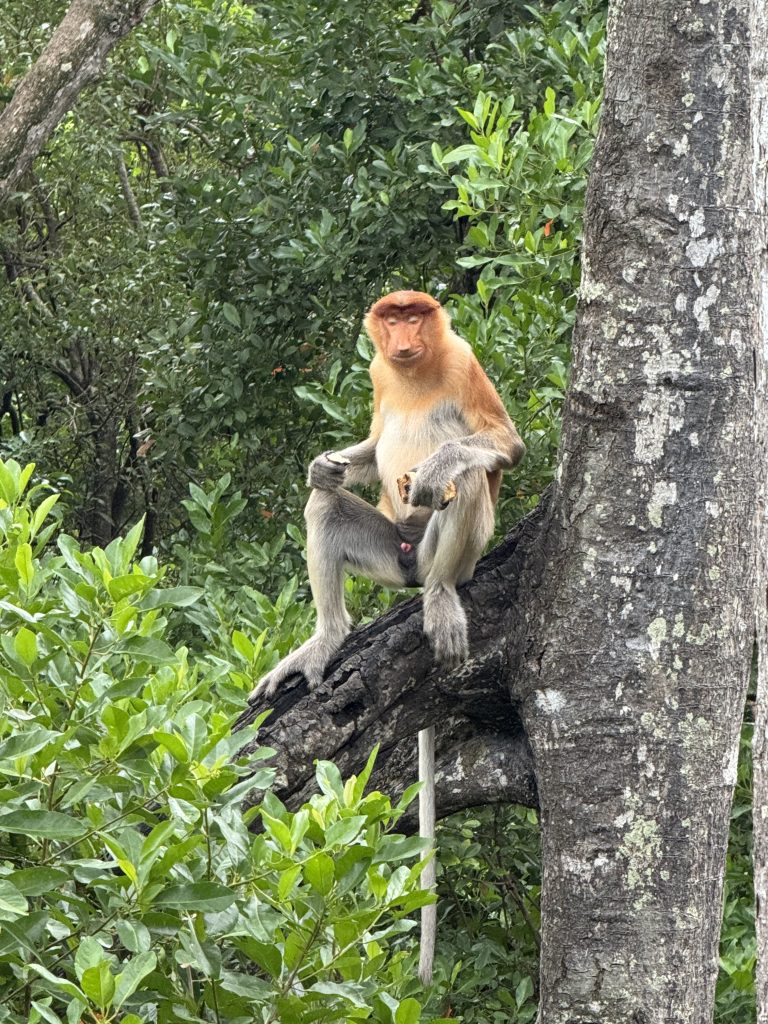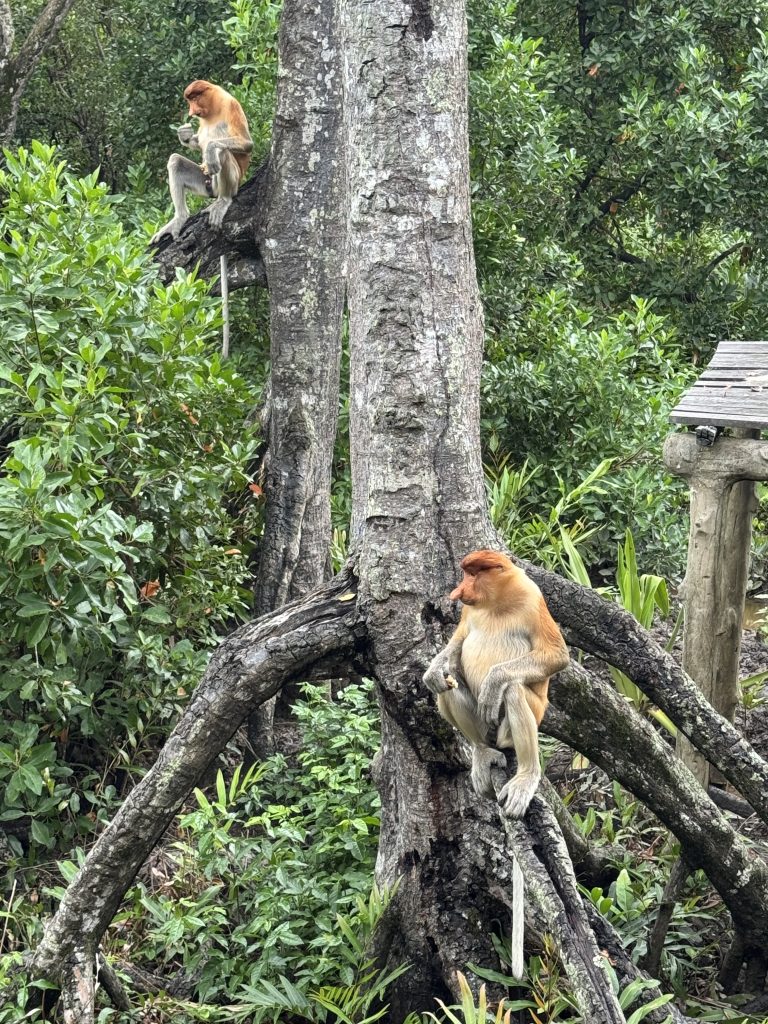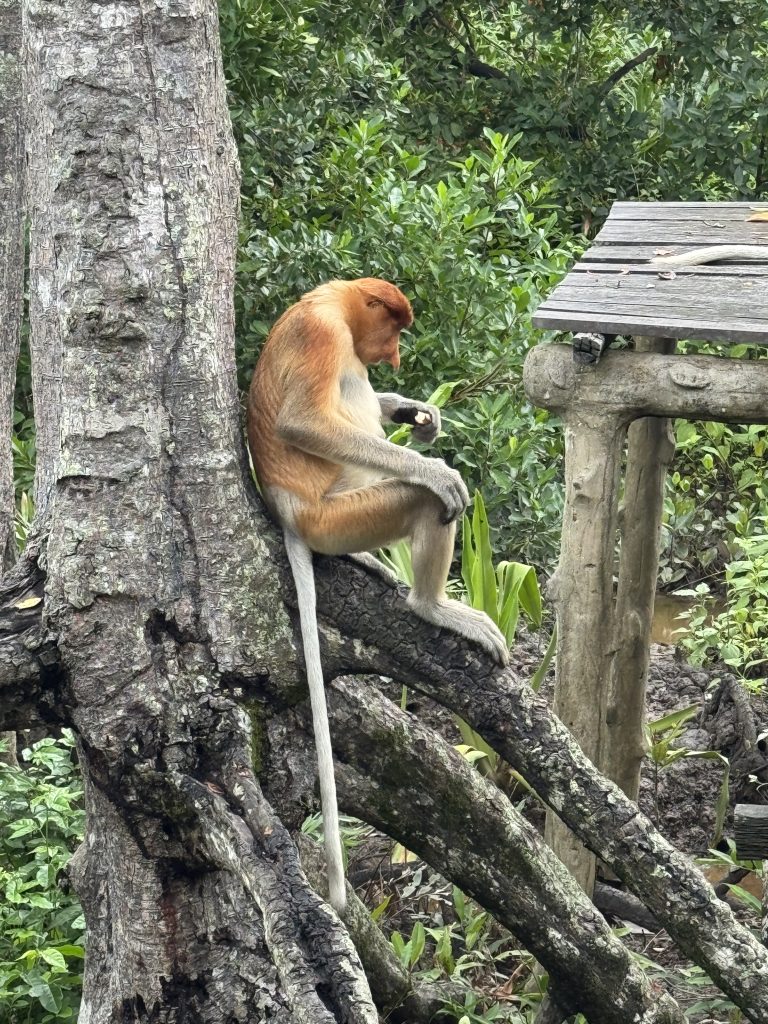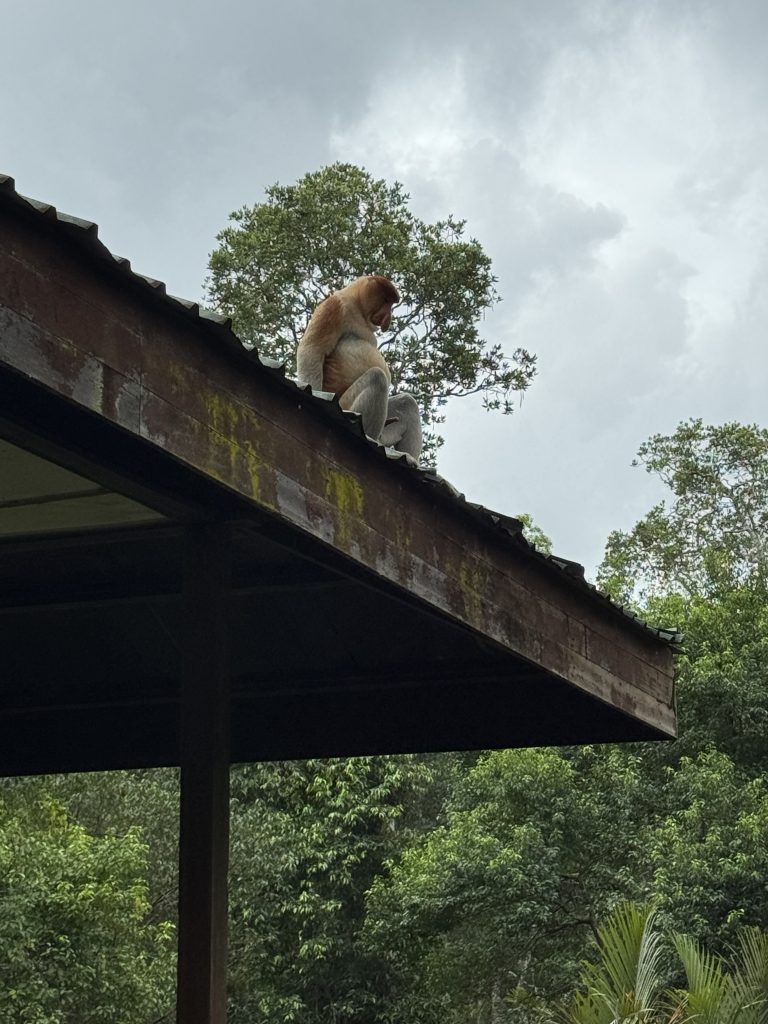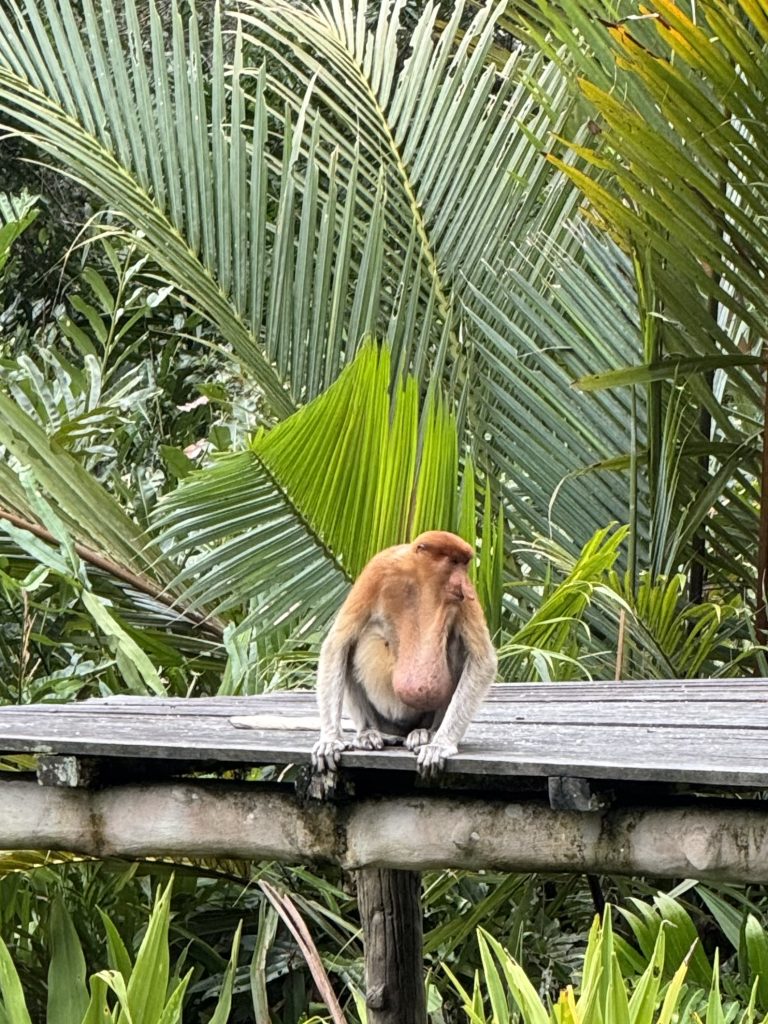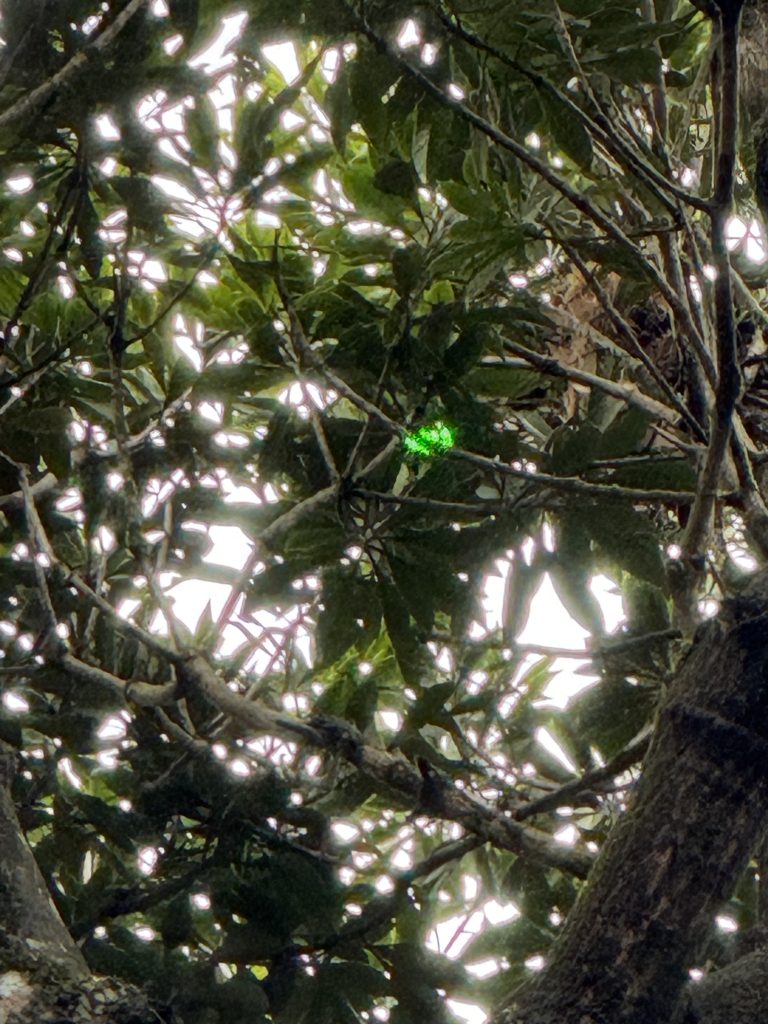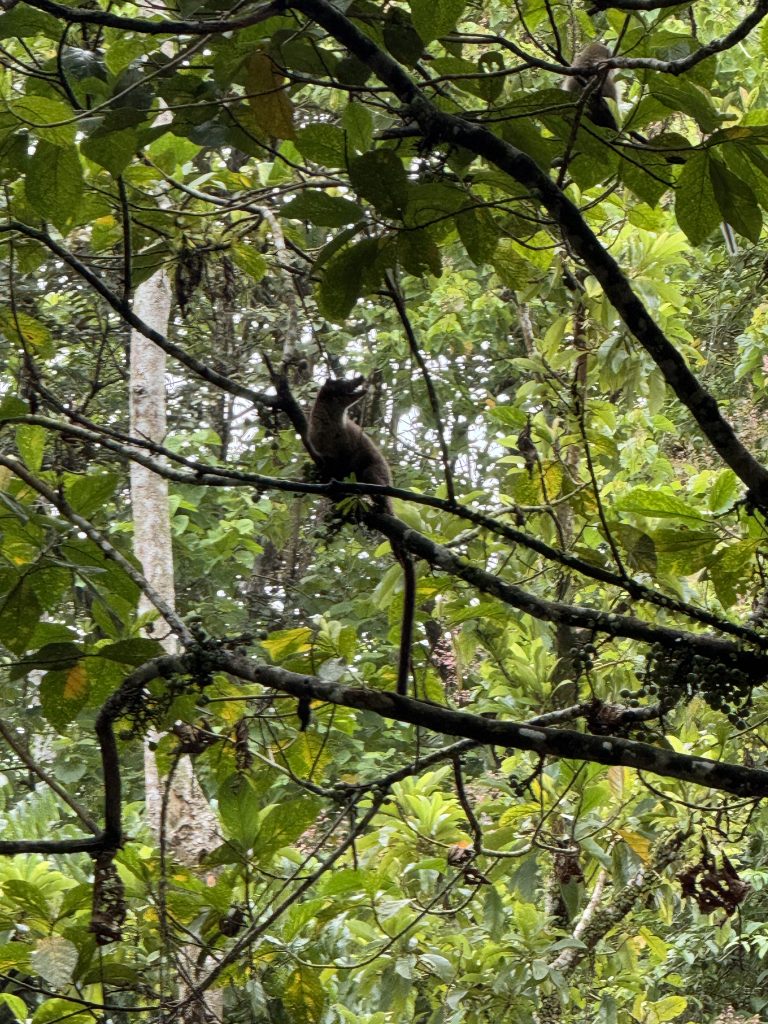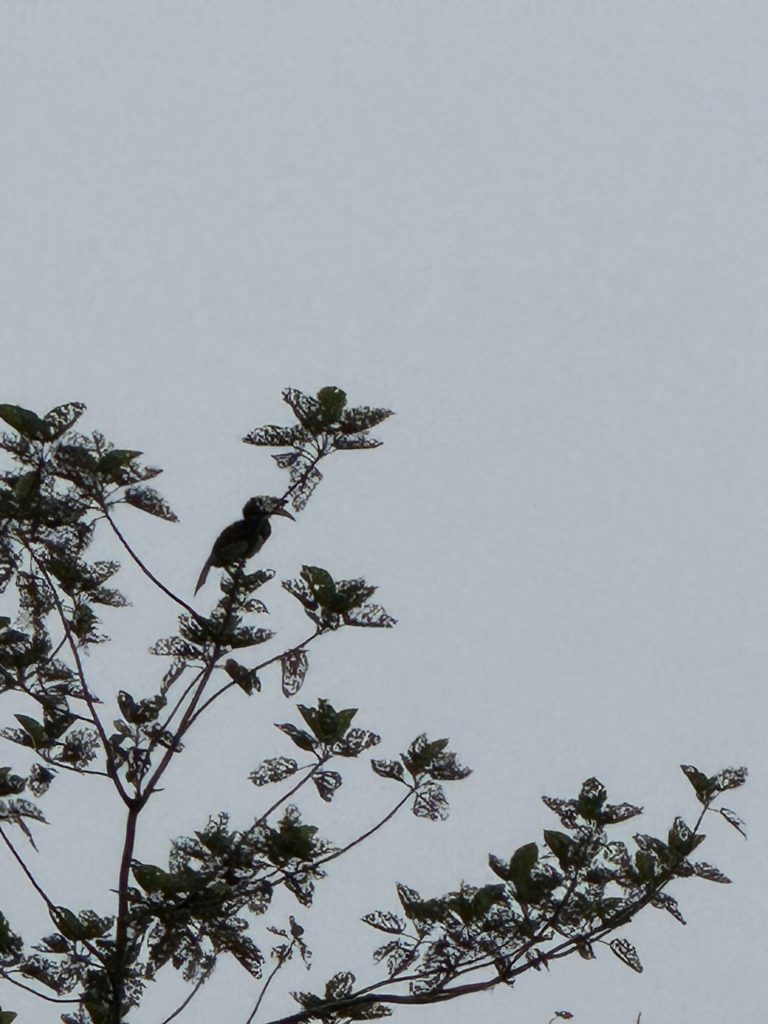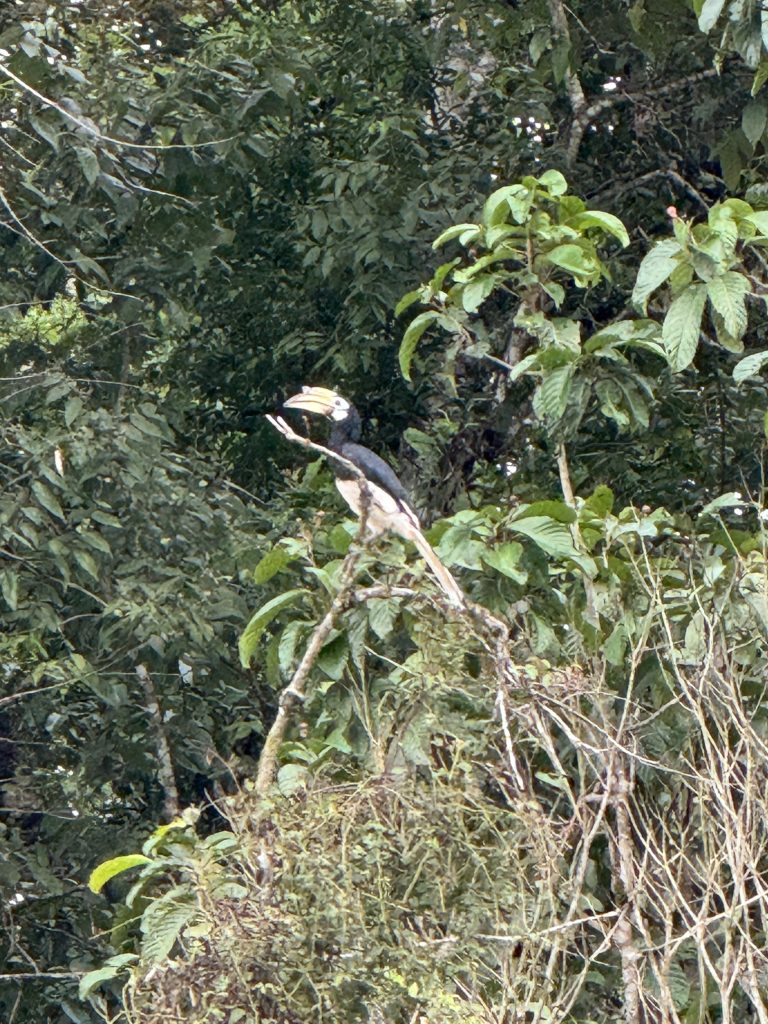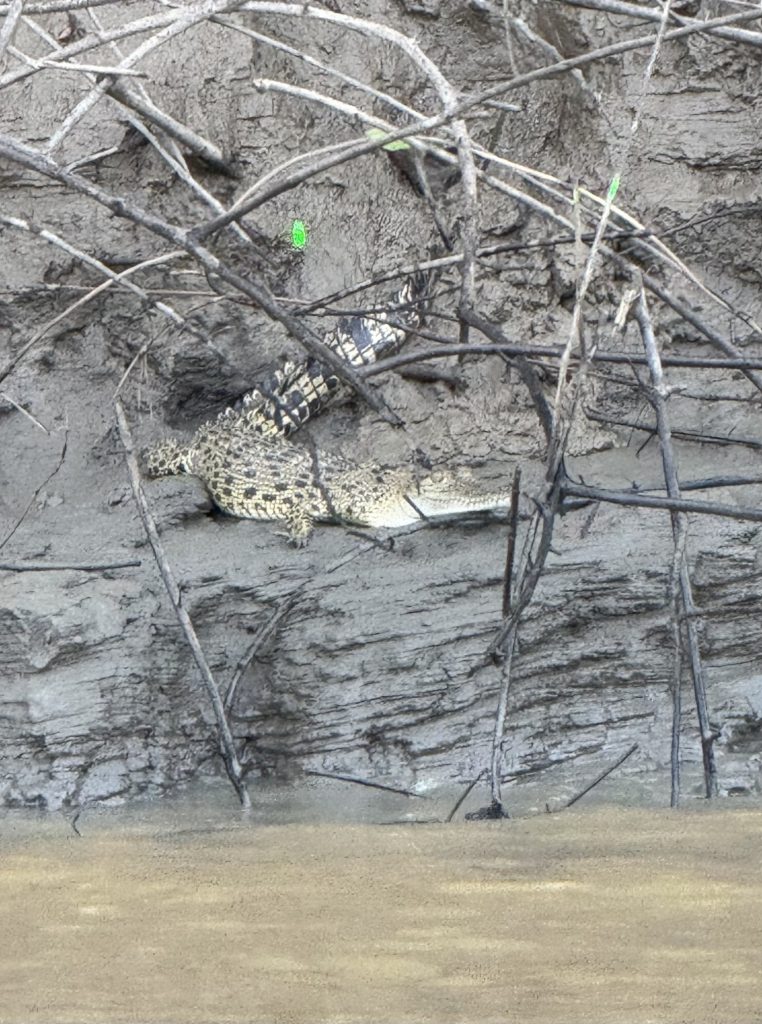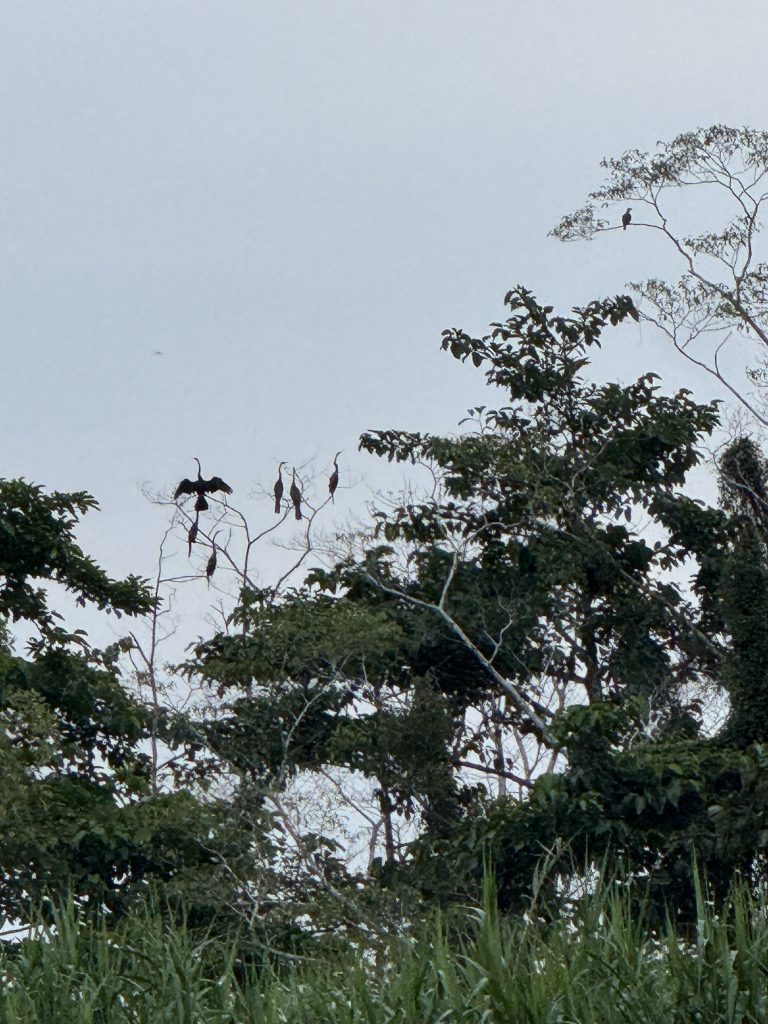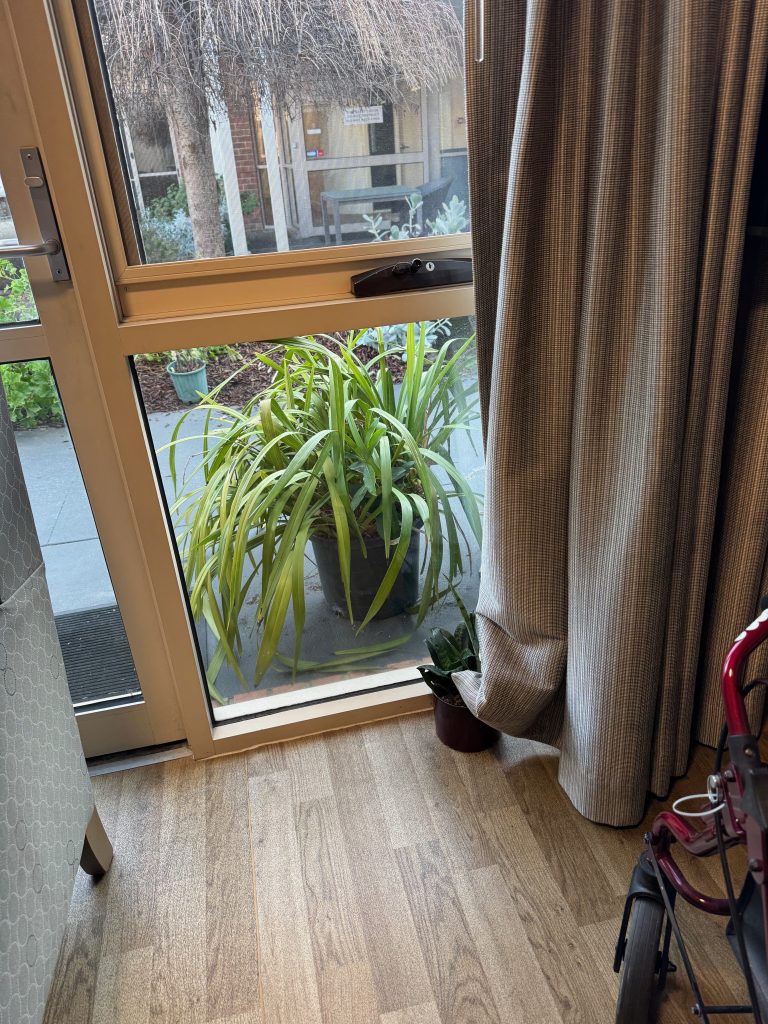
What’s top of my mind: wondering how cold it’s going to be in Iceland, etc.
I’m so used to travelling with carry-on luggage, but I’m starting to wonder if I might need more space for more clothes. It’ll be autumn when I’m there, so it won’t be as cold as it can get, but I’m pretty sure it’ll seem pretty darned cold to me. My dependence is on my merino tops. Layering.

Where I’m going: The Motley Bauhaus.
Evan28 and his friends have a one night only show tonight. I’m going to go along and surprise him. It’s a sketch show, so who knows what it’ll be like? It’s part of the fun to find out. Evan28 is a very funny person, so I’m pretty sure I’ll have a laugh.
Where I’ve been: Bonbeach and my parents’ old place.
We’re beginning to clear out Mum’s place and either take things to the op shop, or bring them back to her room. The photo shows an orchid that’s just beginning to bud. Mum wanted it brought back to stand outside her window, where she can see it.
My sister-in-law loves orchids, so she’s taking the other ones Mum had in pots in her backyard. I’ve got a maple Dad bonsai-ed years ago, and a daphne in a pot that used to belong to Auntie Doris, Mum’s cousin. They’re now sittting on either side of my front verandah steps. My Mum and Dad pots, if you will.
I dug up some white irises from the front yard. These came from some that my grandmother gave Mum, decades ago. Now they are under the bottlebrush tree in my front yard. Kate didn’t want any; they’re too messy for her. But I like the history.
What I’m reading:
Some fabulous short stories. I’ve had this tab open for about 3 weeks, and I’ve been making my way down the list whenever I’ve had a spare snippet of time. Most of these stories are very. very good. The only one I didn’t bother with is the J D Salinger one. I can’t stand ‘Catcher in the Rye’ – I wanted to slap Holden Caulfield.
Some of the links don’t work, but just take the title and author’s name and put pdf after them. Only one story (‘God Bless America’) didn’t come up, but the others all did.
‘Daisy Jones and The Six’ by Taylor Jenkins Reid. I’ve come late to the party wth this one – even Kate has read it before me, and she’s not an all-devouring reader like I am. It’s loosely based on Fleetwood Mac in the ‘Rumours’ era, and the way she’s told this story is unusual, but very effective.
What I’m watching: Dept Q on Netflix.
Just like when I saw ‘The Boys’, this one had me n the first 5 minutes.
What I’m listening to: Birds.
One of the things that makes living here in The Best House in Melbourne is the birdsong. When we were kids, we’d spend our school holidays in Inverloch, where Mum’s parents lived after they retired. The birds were different there to anywhere else I’ve lived. Except now.
Every now and then a bird will cry out and I’m instantly back in Inverloch. It’s lovely.
What I’m eating: ham and cheese scrolls.
Well, I haven’t made them yet. But I have a hankering, and I’m sure Georgia won’t object.
What I’m planning: a Little Adventure.
Oof. Remember those?
When I retired, I decided that every month that I wasn’t travelling, I should go and do or see something new to me. A day trip. I’ve been doing so much travel over the last 2 years that the Little Adventures have been few and far between.
But I’m not going anywhere this month. 🙁
So I have to start thinking about where this month’s Little Adventure will be.
Who deserves a thumbs-up: Scout.
It makes Mum so happy when Scout trots into her room, wagging her tail. Mum’s missing Dad so much, so anything that brings her happiness is a very good thing.
What has made me smile: Procrastination.
My poor veggie garden looks AWFUL. After I harvested last summer’s crops, it has been left to rack and ruin while I gallivanted all over Asia and Africa. I’d be happy to leave it be, but I have 3 different sorts of garlic to plant. They go in at the winter solstice, and they are harvested at the summer solstice. If I was going to have free garlic for another year, they had to get into the ground.
I got up on Monday morning, and when my feet hit the ground I said, “That garlic will be planted by Friday!”
By 2 PM that day, every clove was in the ground. Just as well, because when I opened up the paper bags I’d put them in last year, they were already starting to sprout.
In my head, the job was so much larger than it ended up being. That gave me heart. Yesterday I cleared out 3 more garden beds, which will be all fertilised up and will then lay fallow until I get back from the Iceland/Greenland/Scandinavia/Baltics trip in October.
I’m also thinking about how I want my back yard to look on Christmas Day. It’s my turn to host.
Dad joke of the day:





